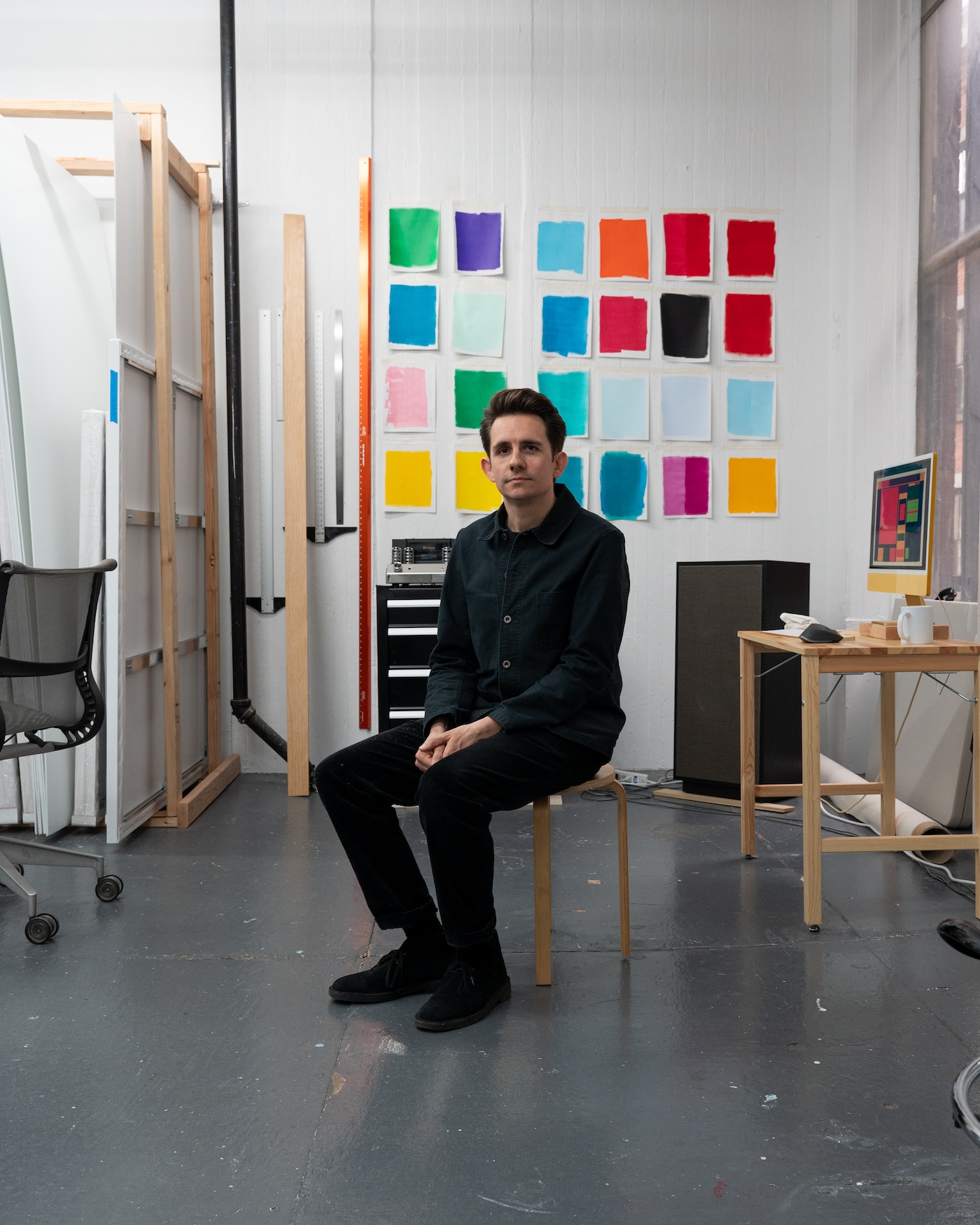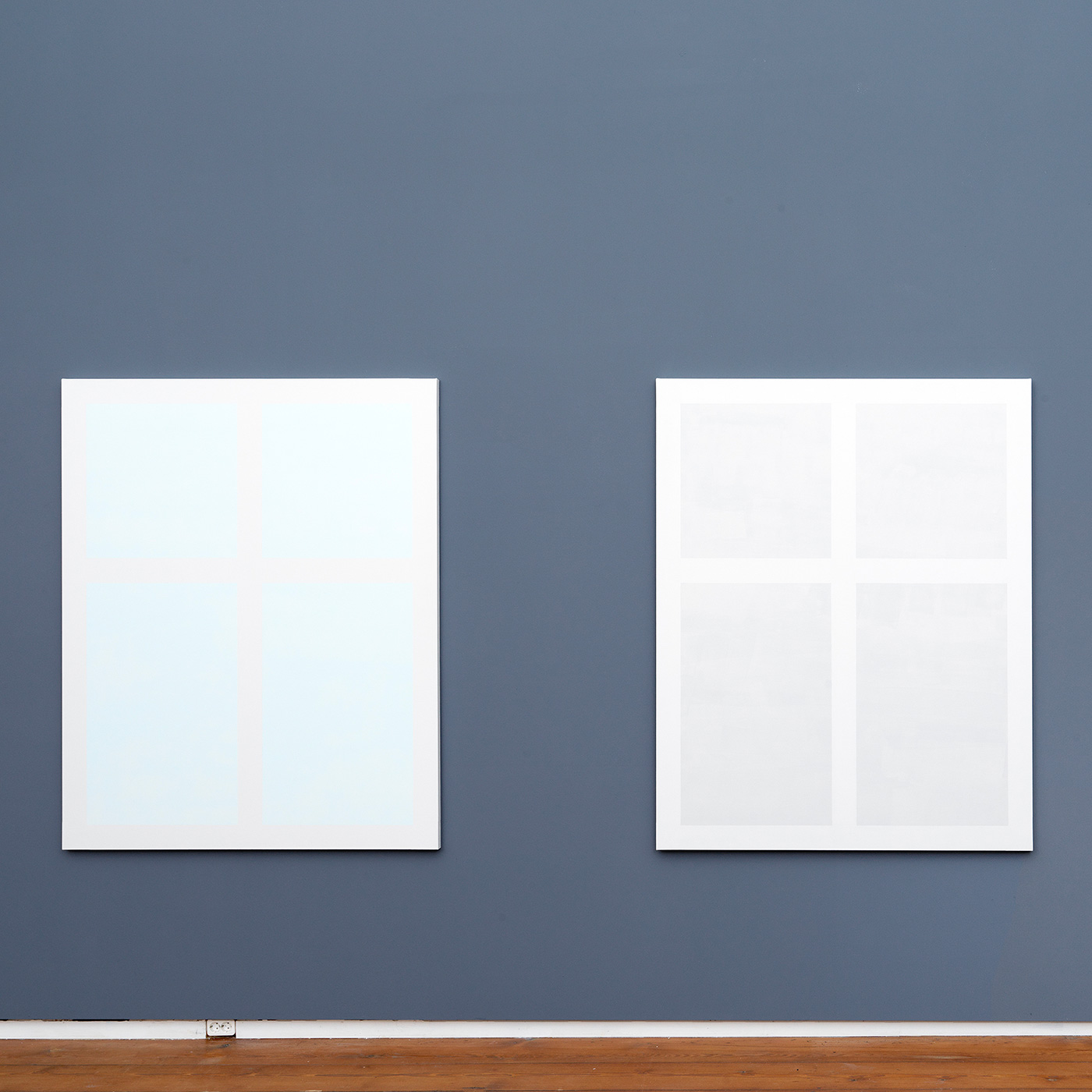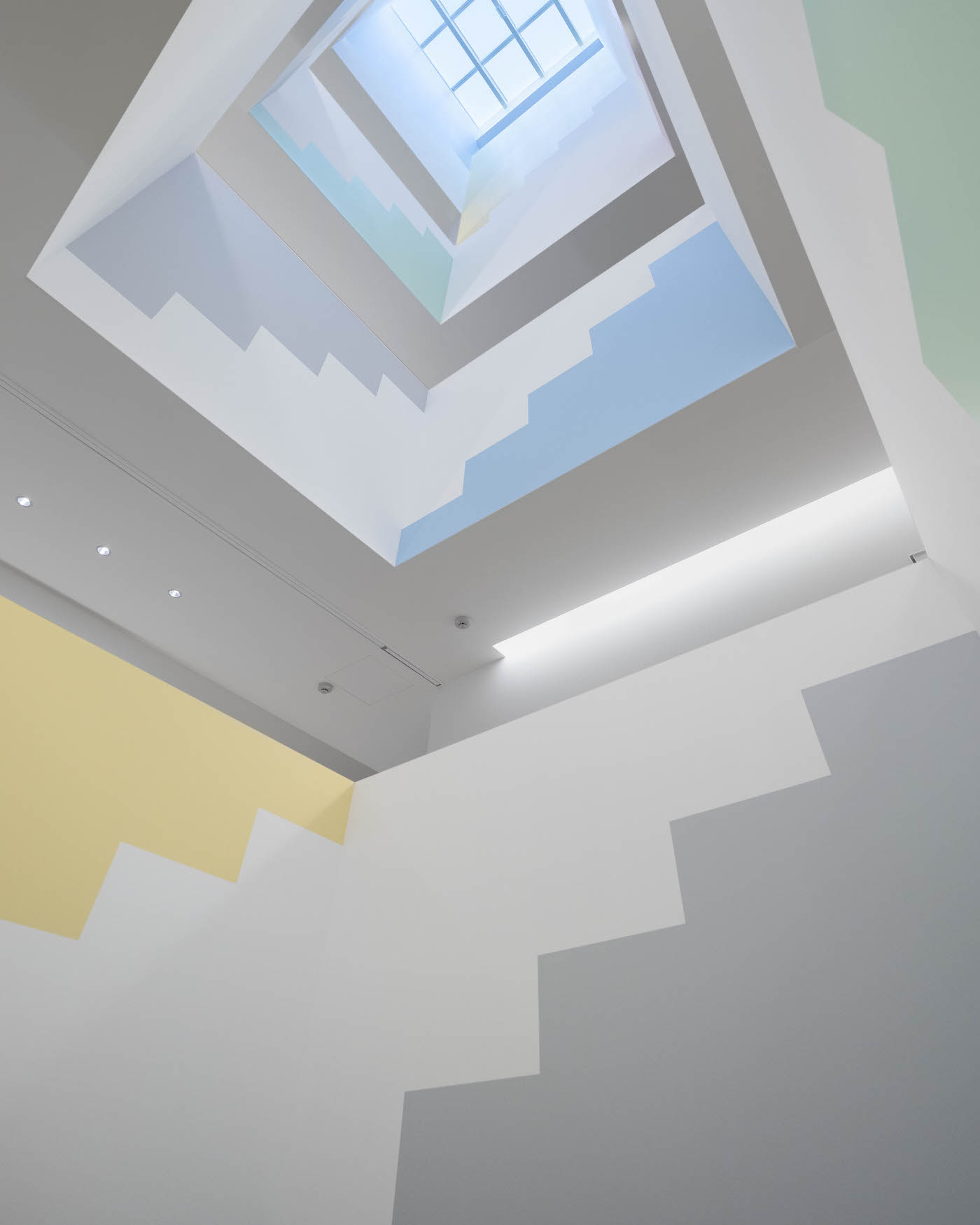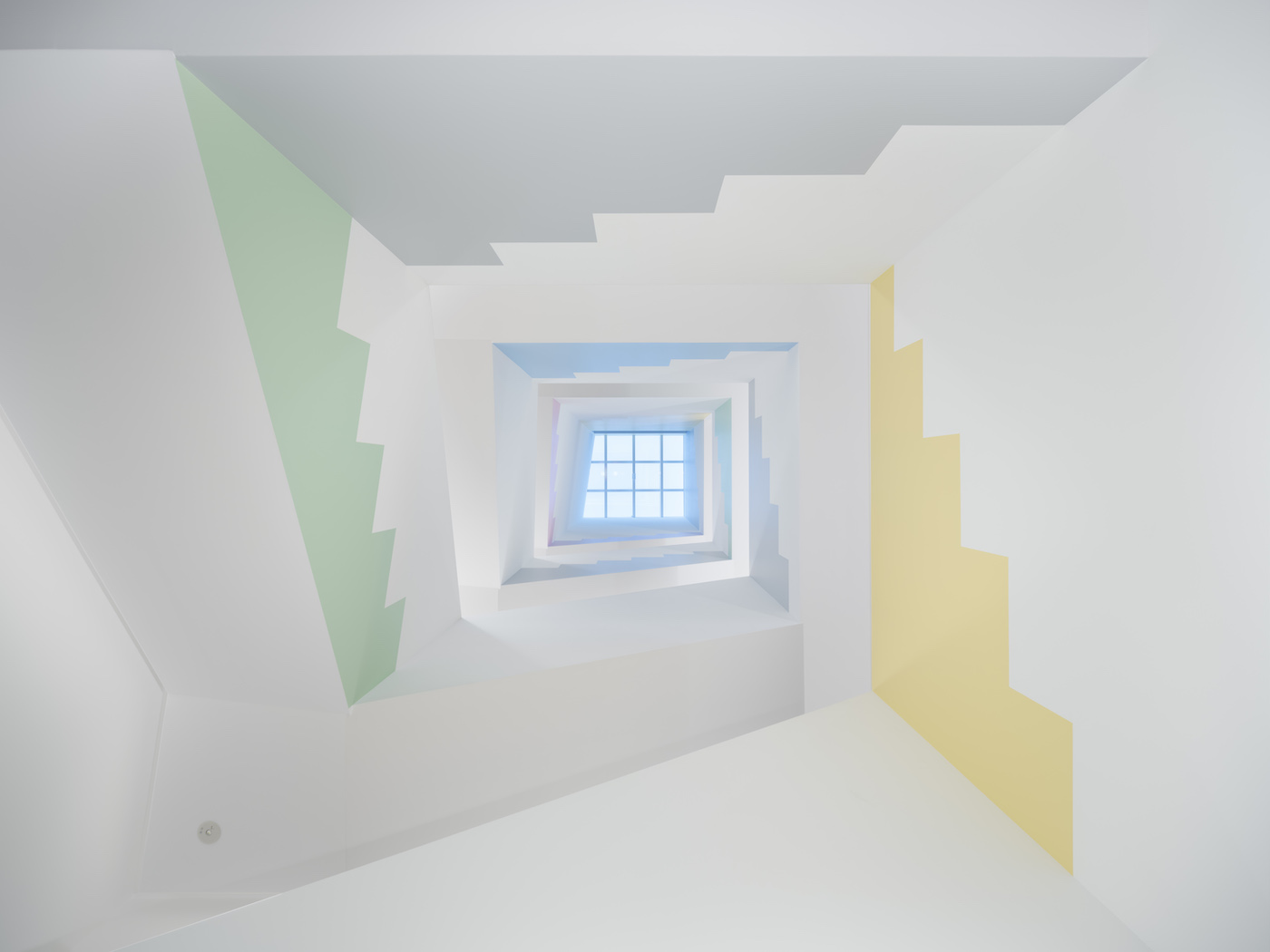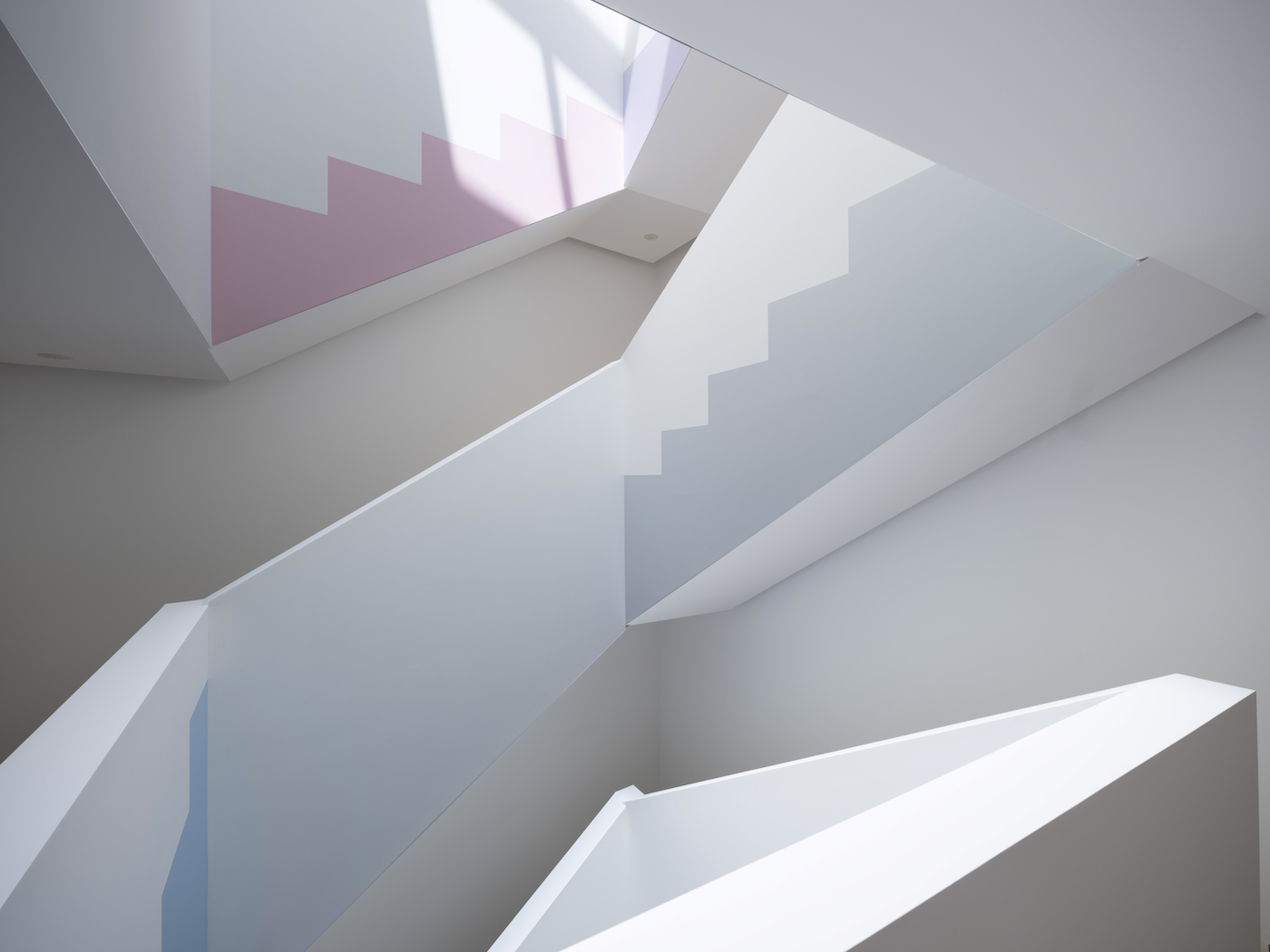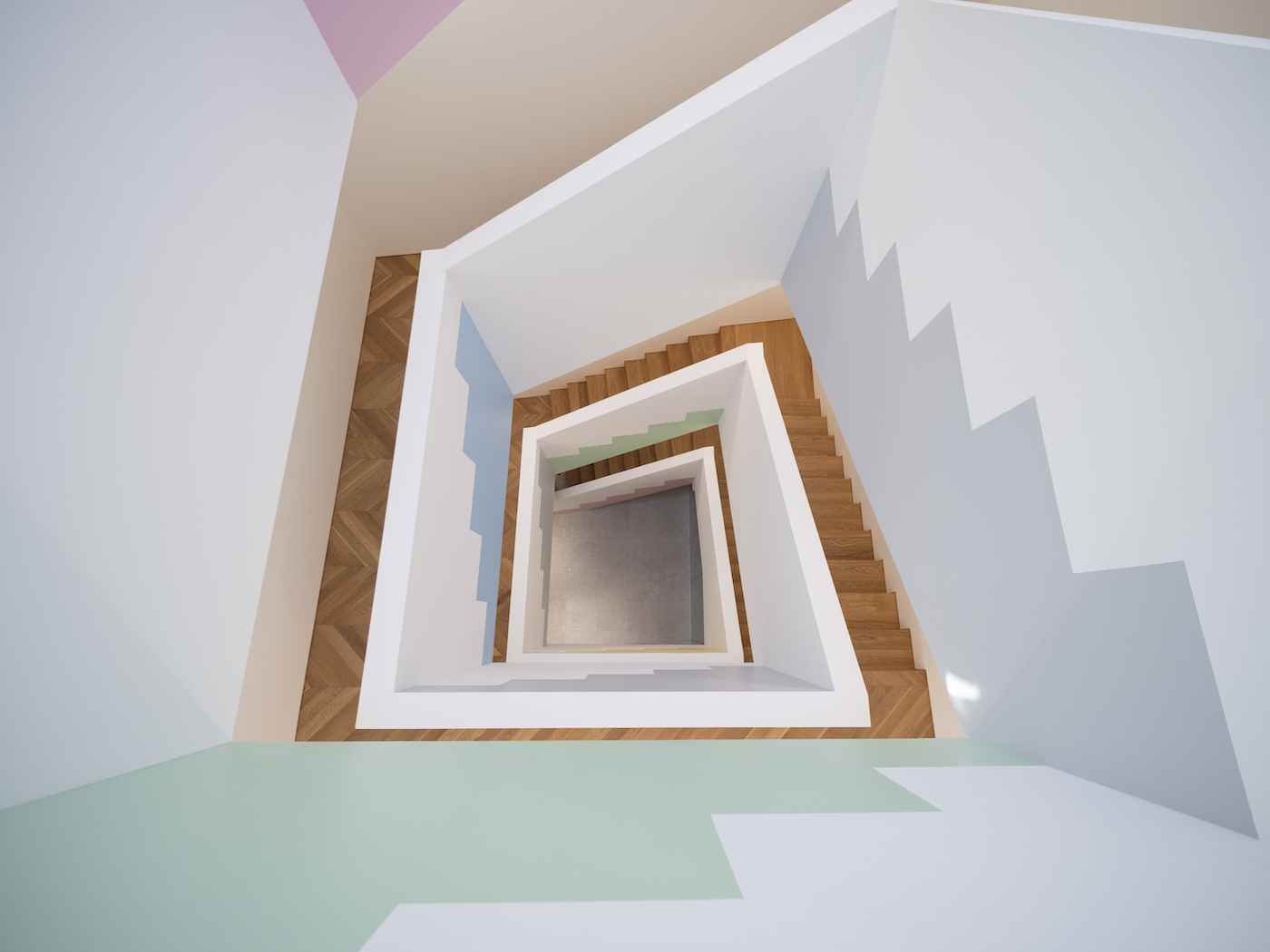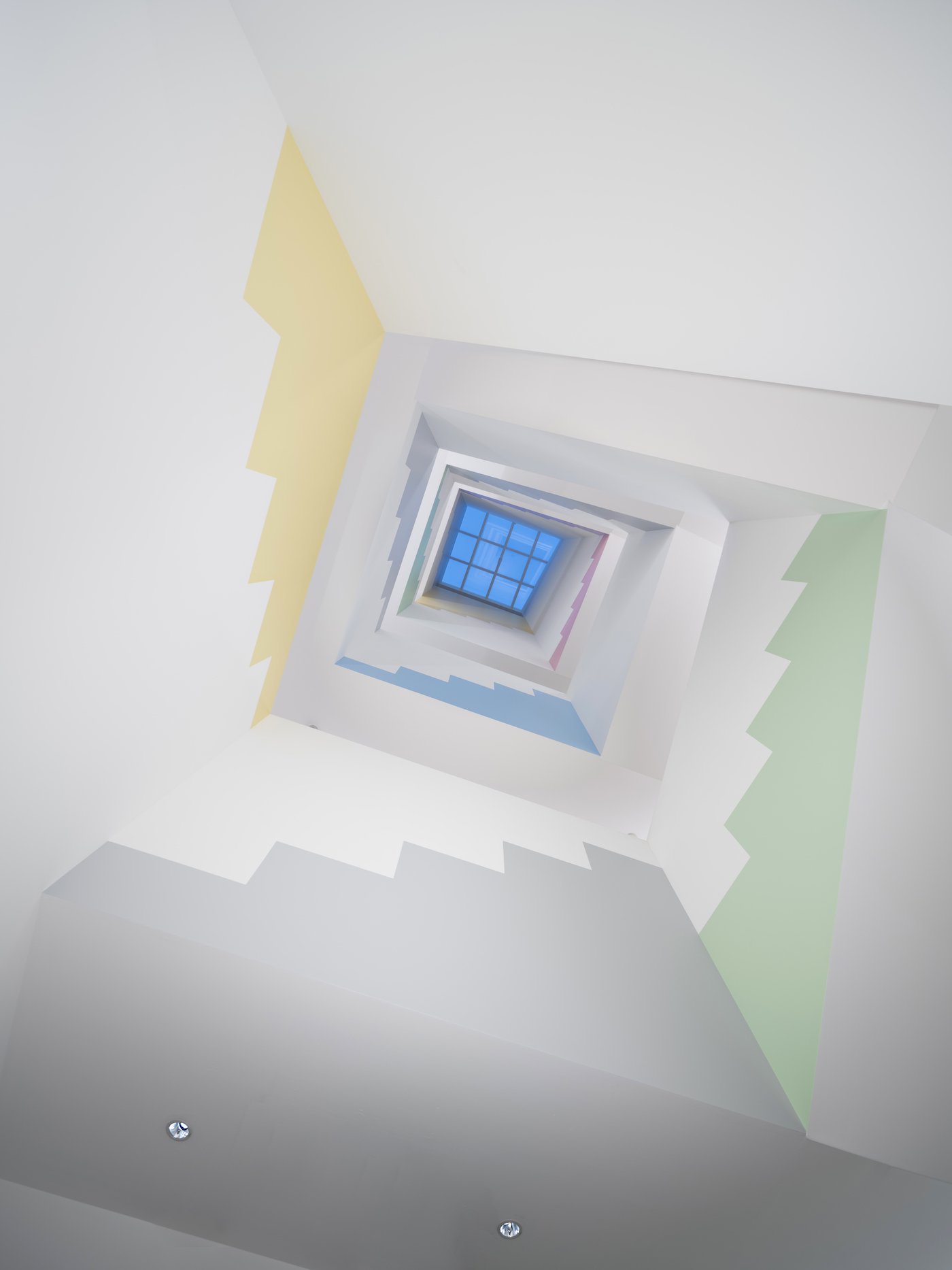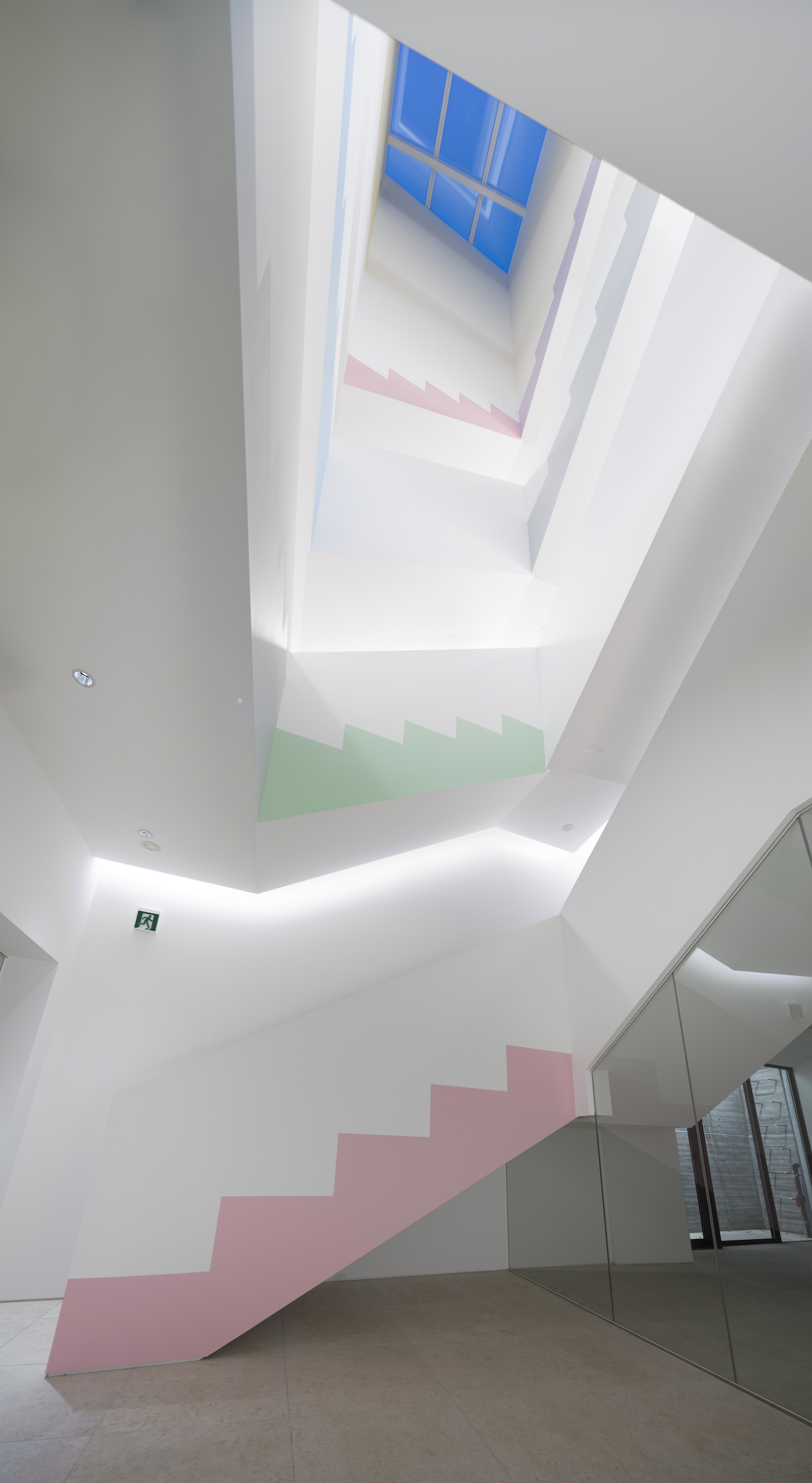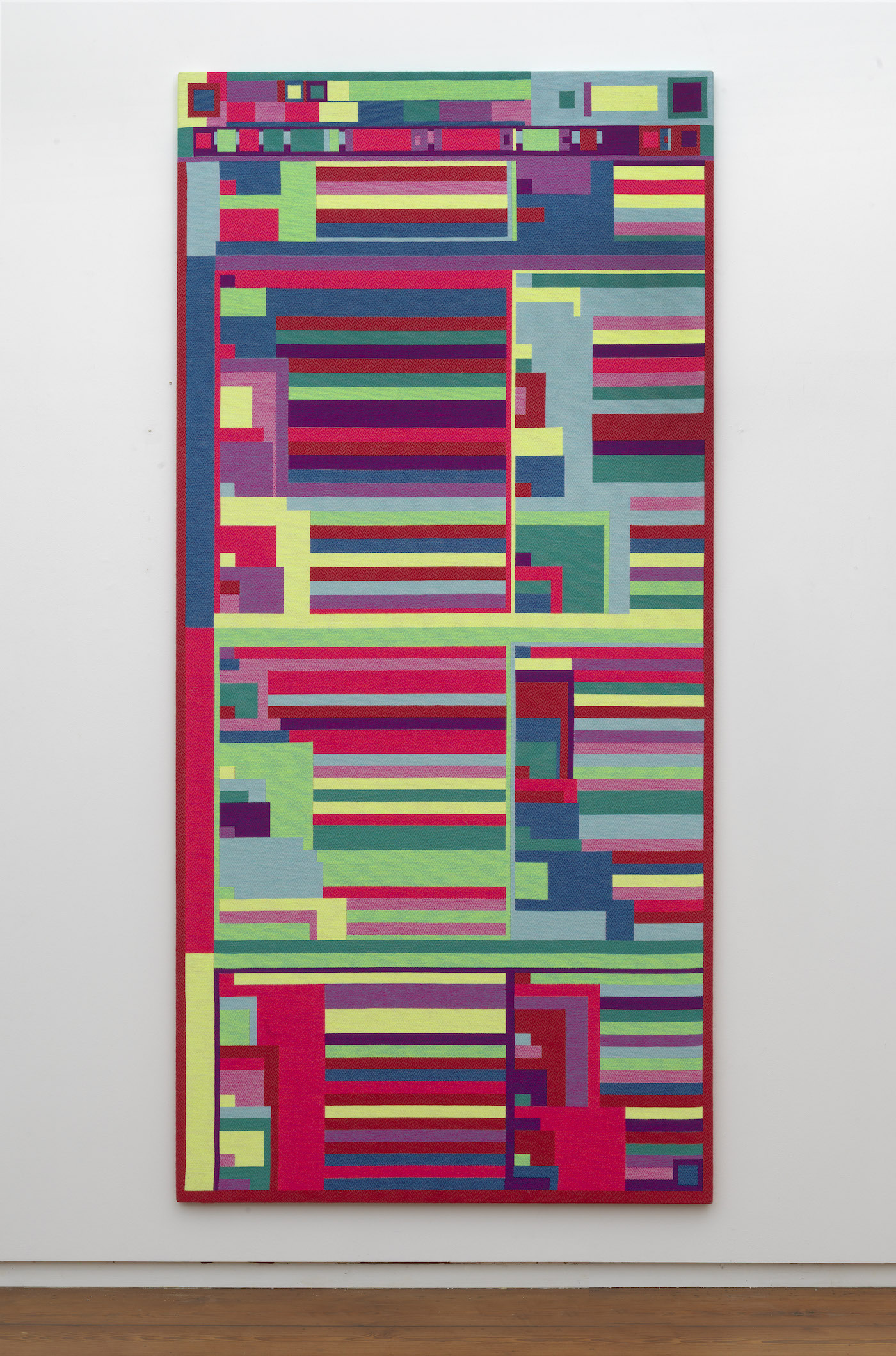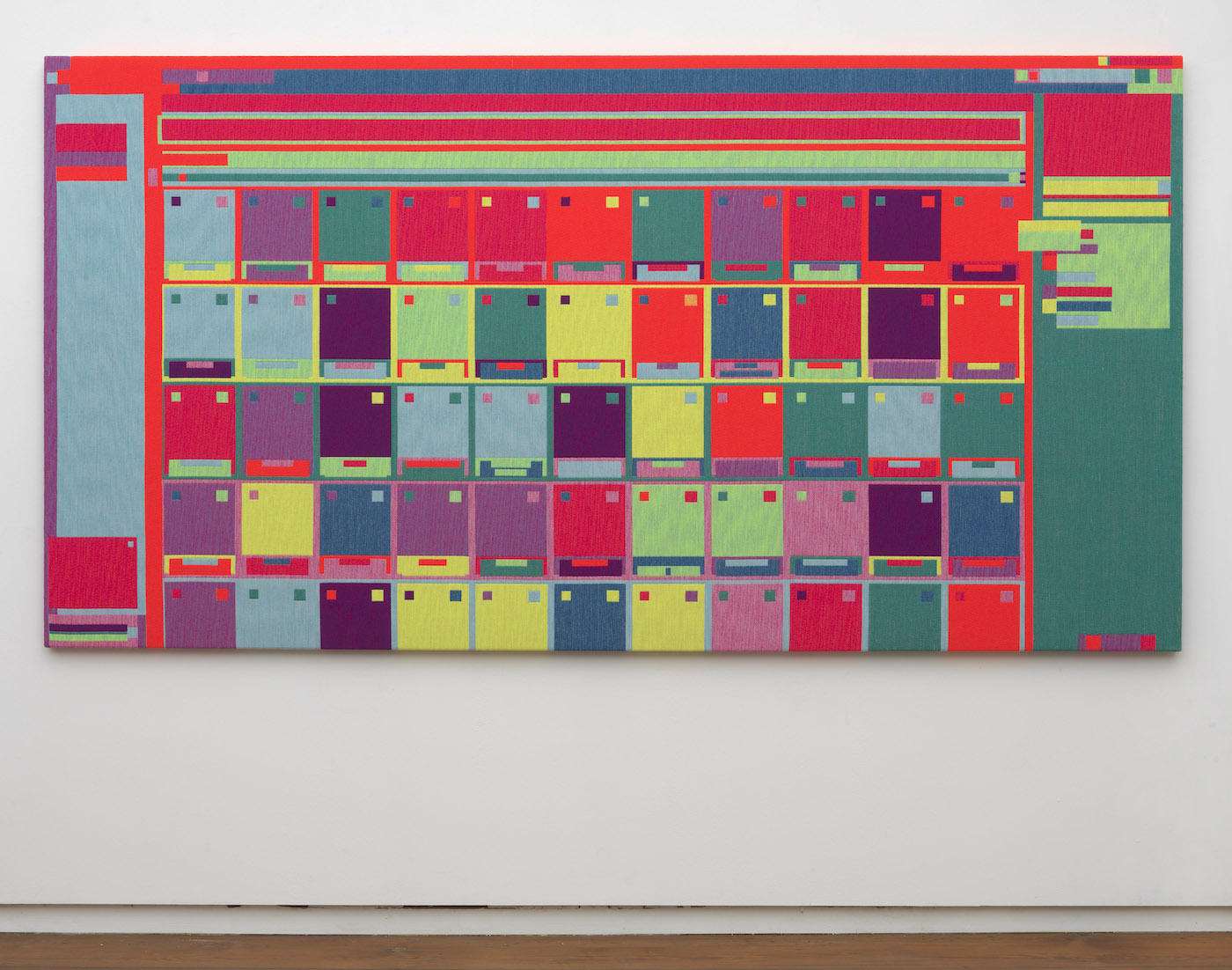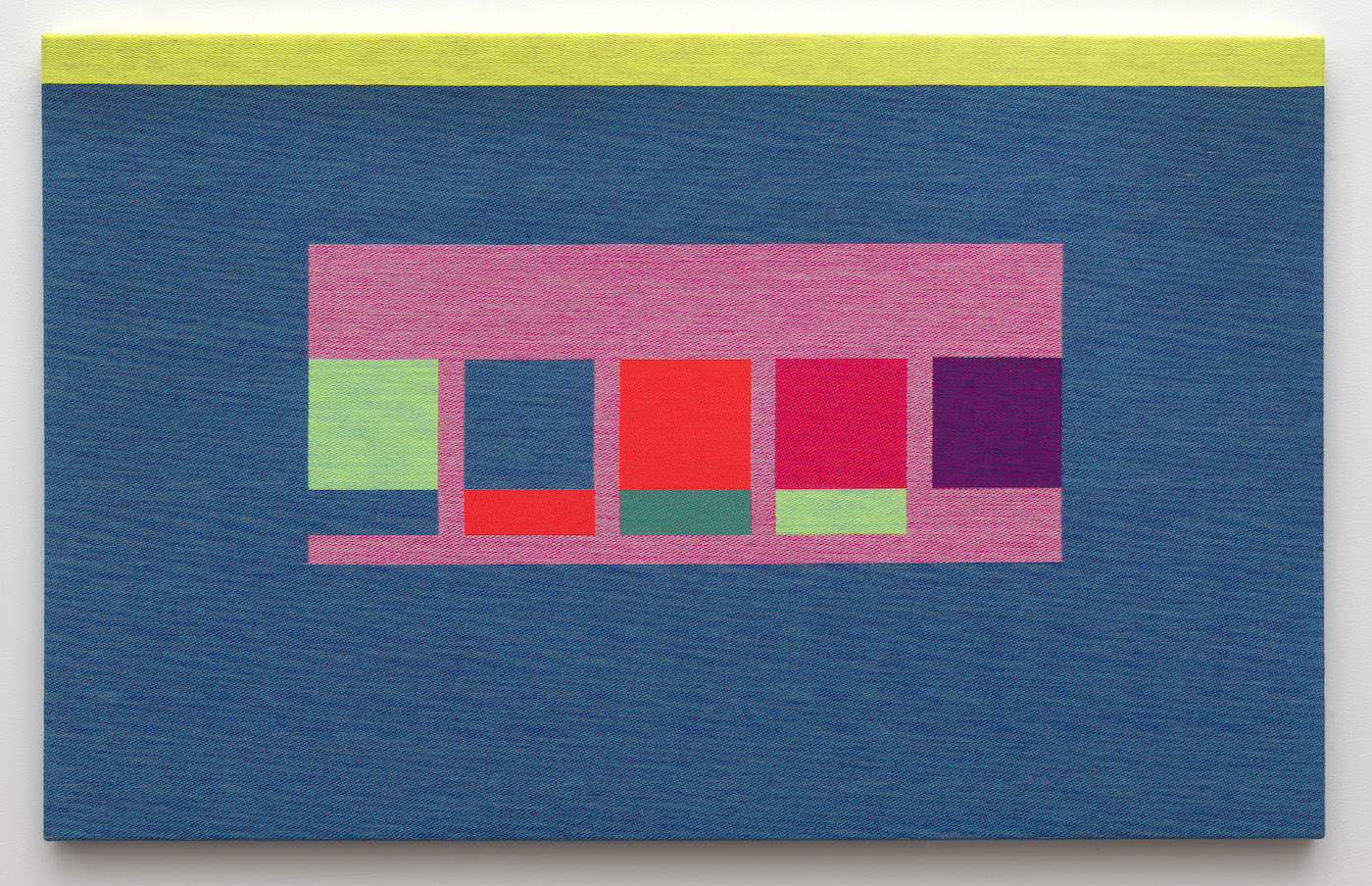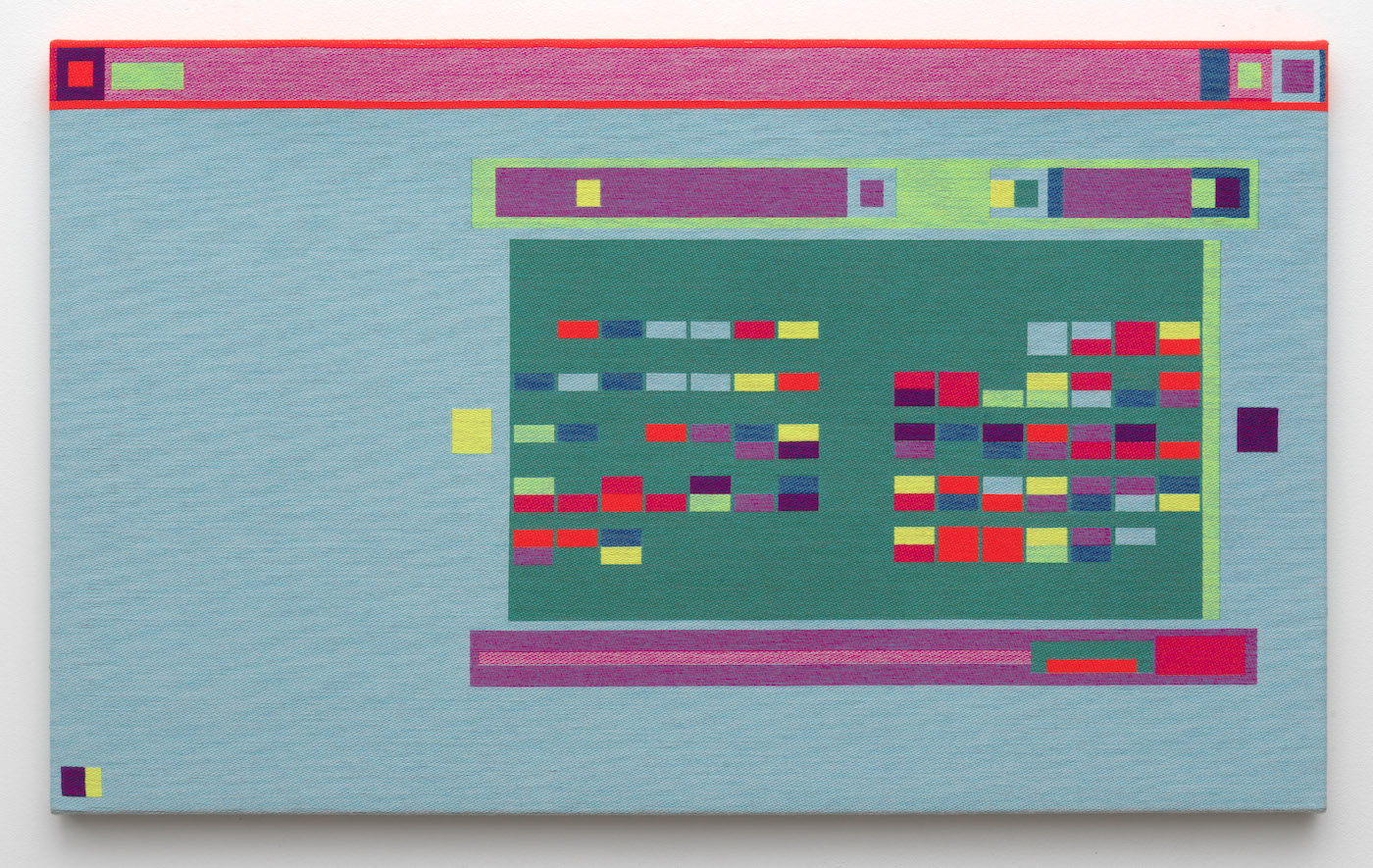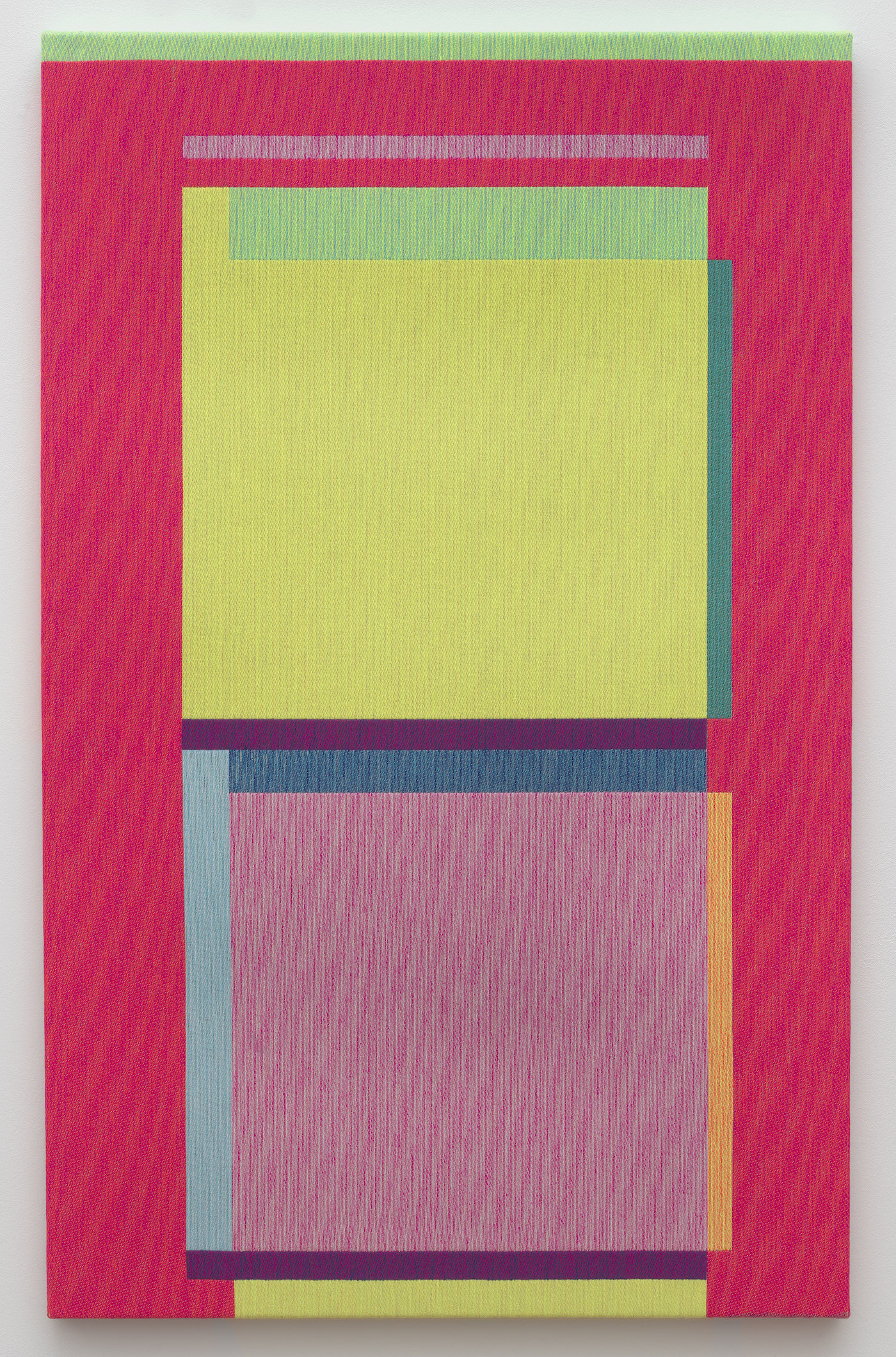Light in Seoul
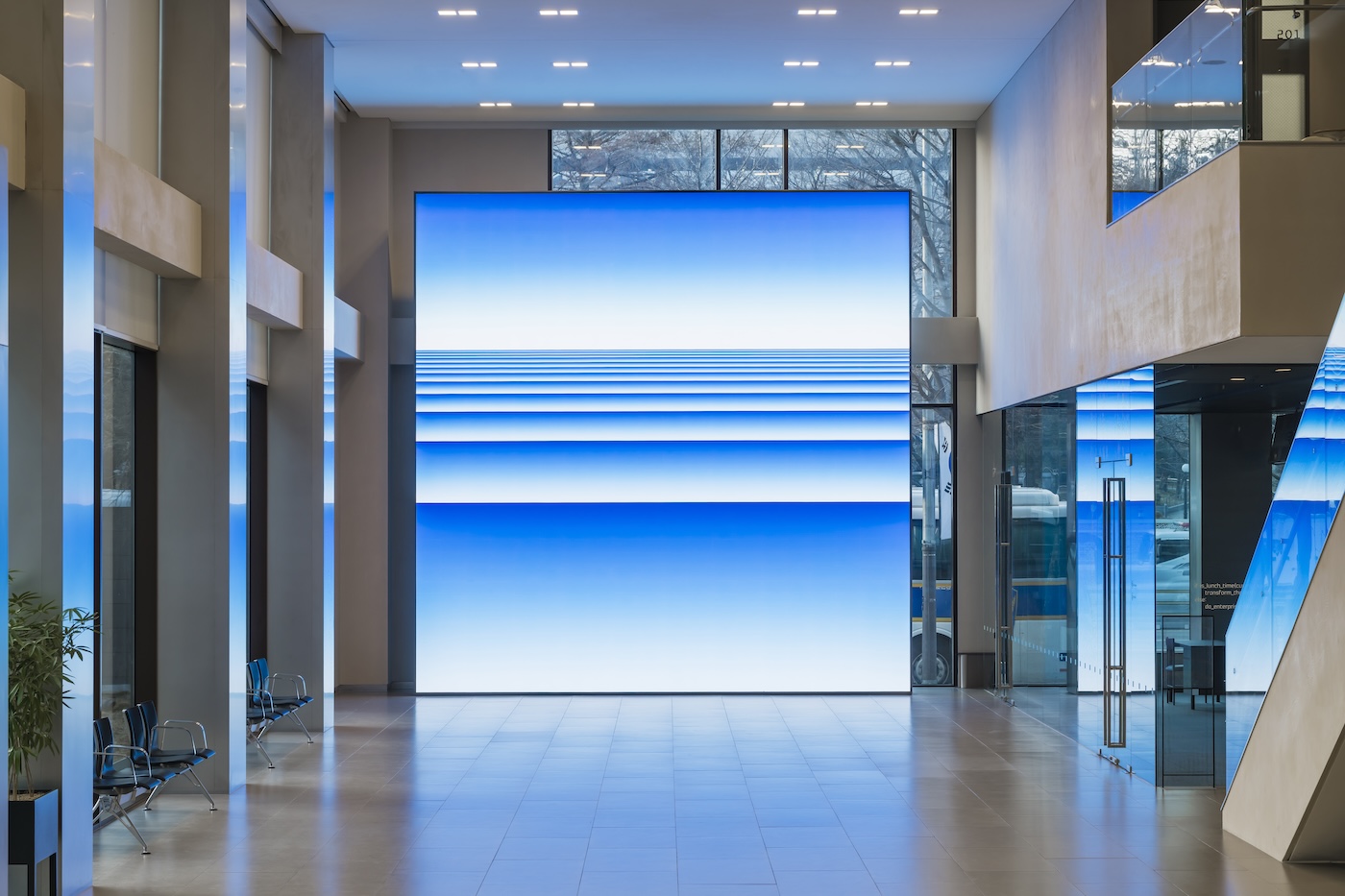
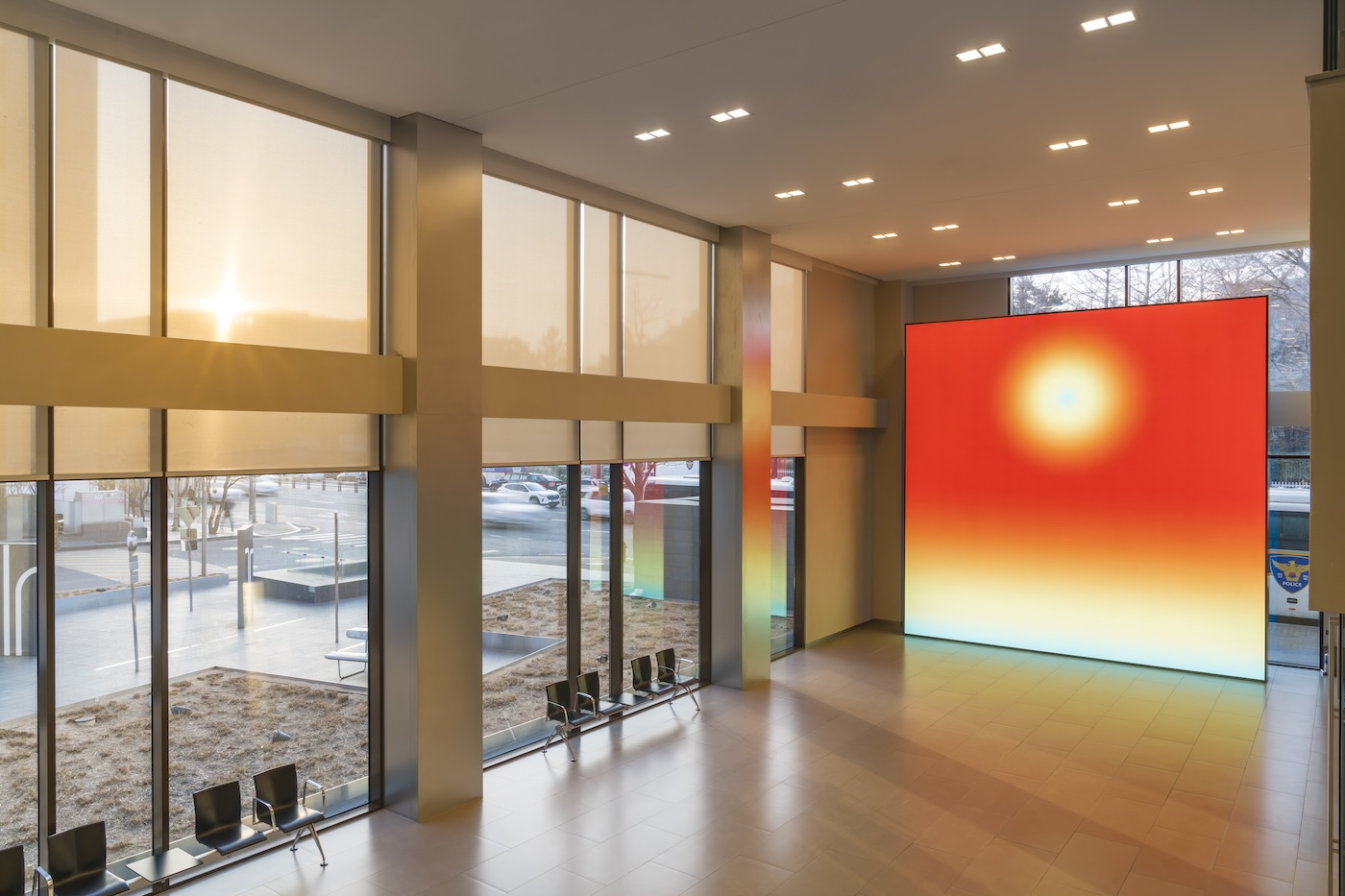
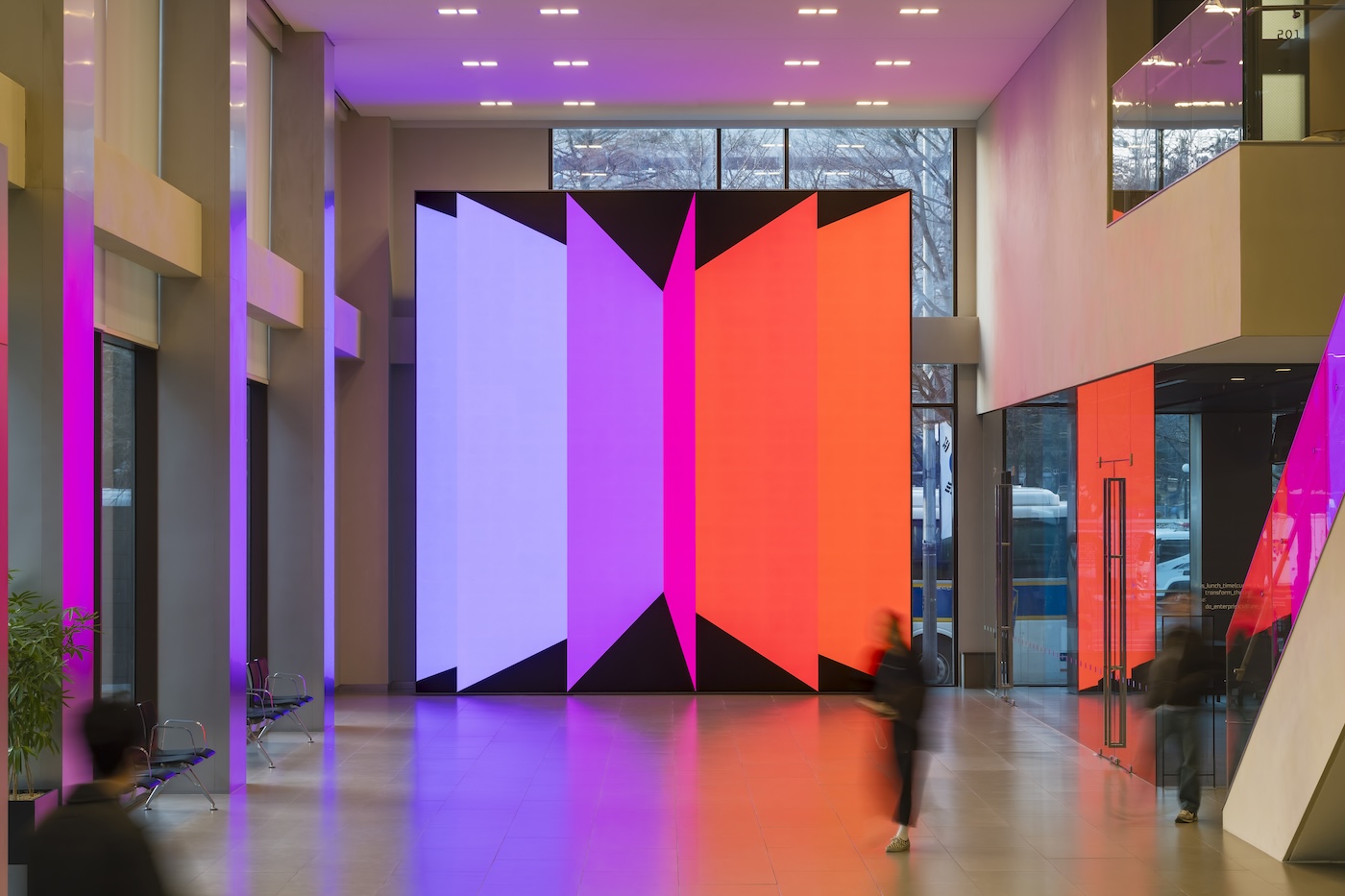
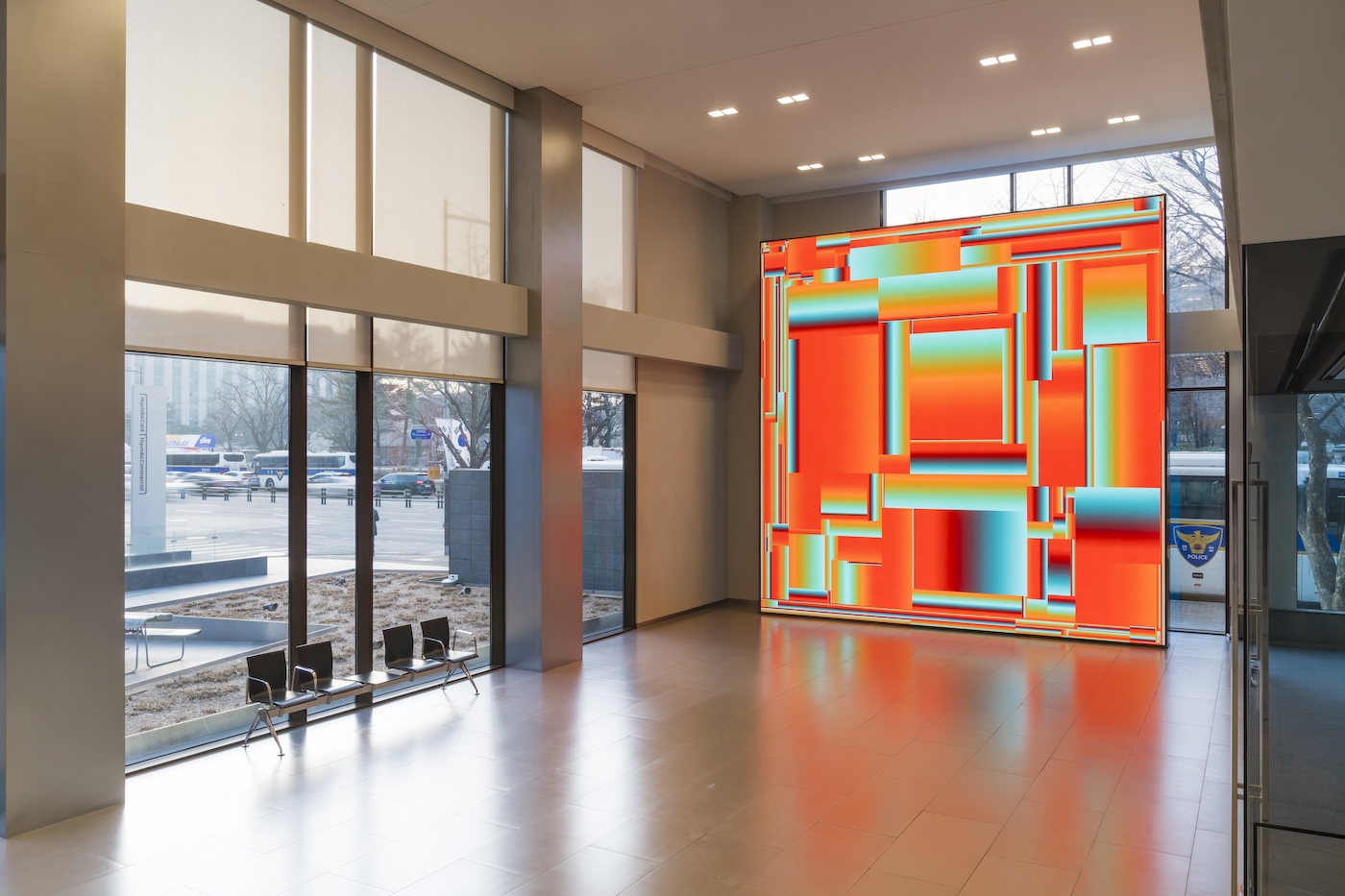
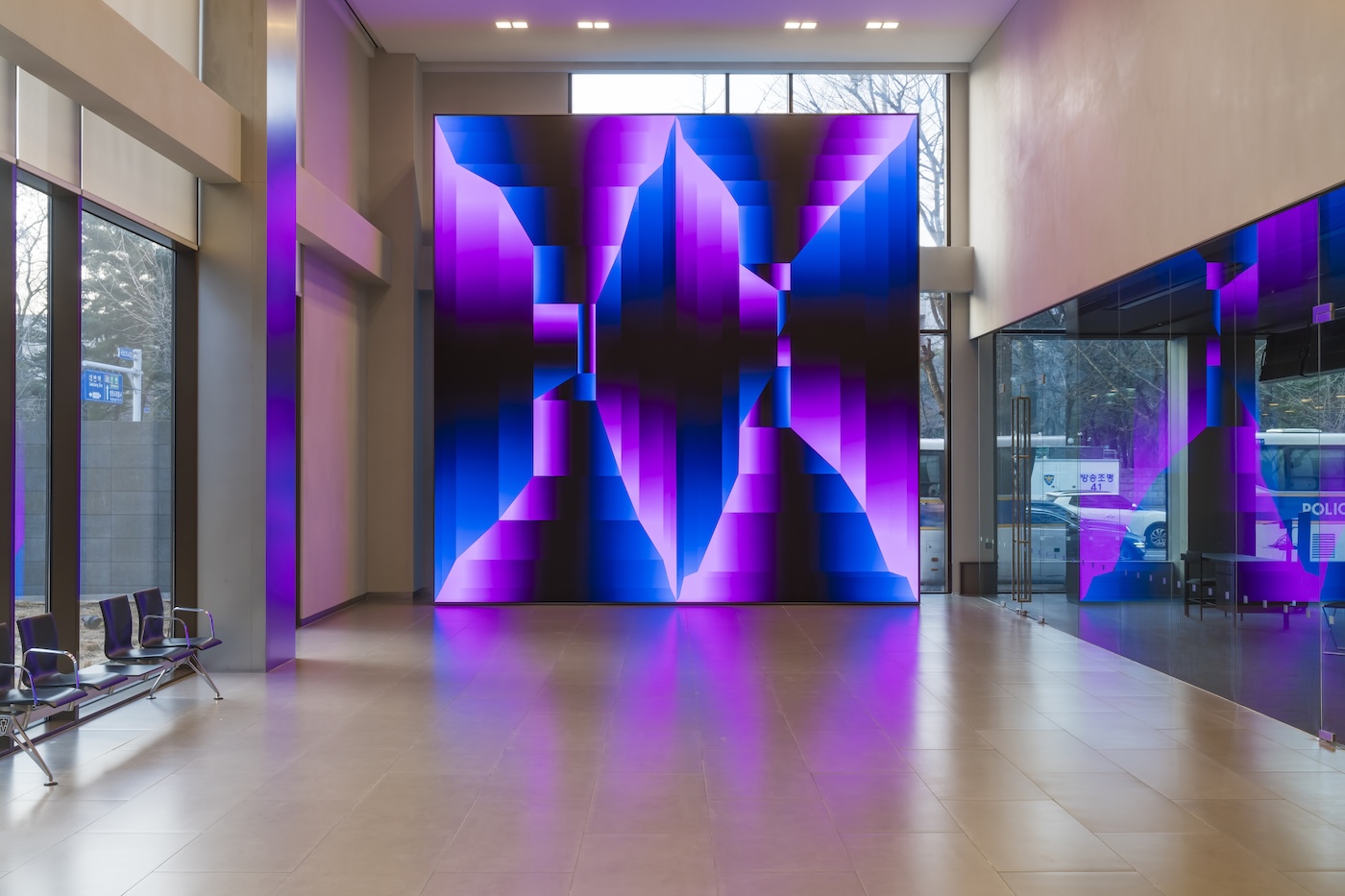
Light (Seoul)
An extension of the exhibition “Light” (MoMA) in collaboration with Hyundai Card
until fall 2025
Photography by: Byeongchul Chun
Homage at Lacma
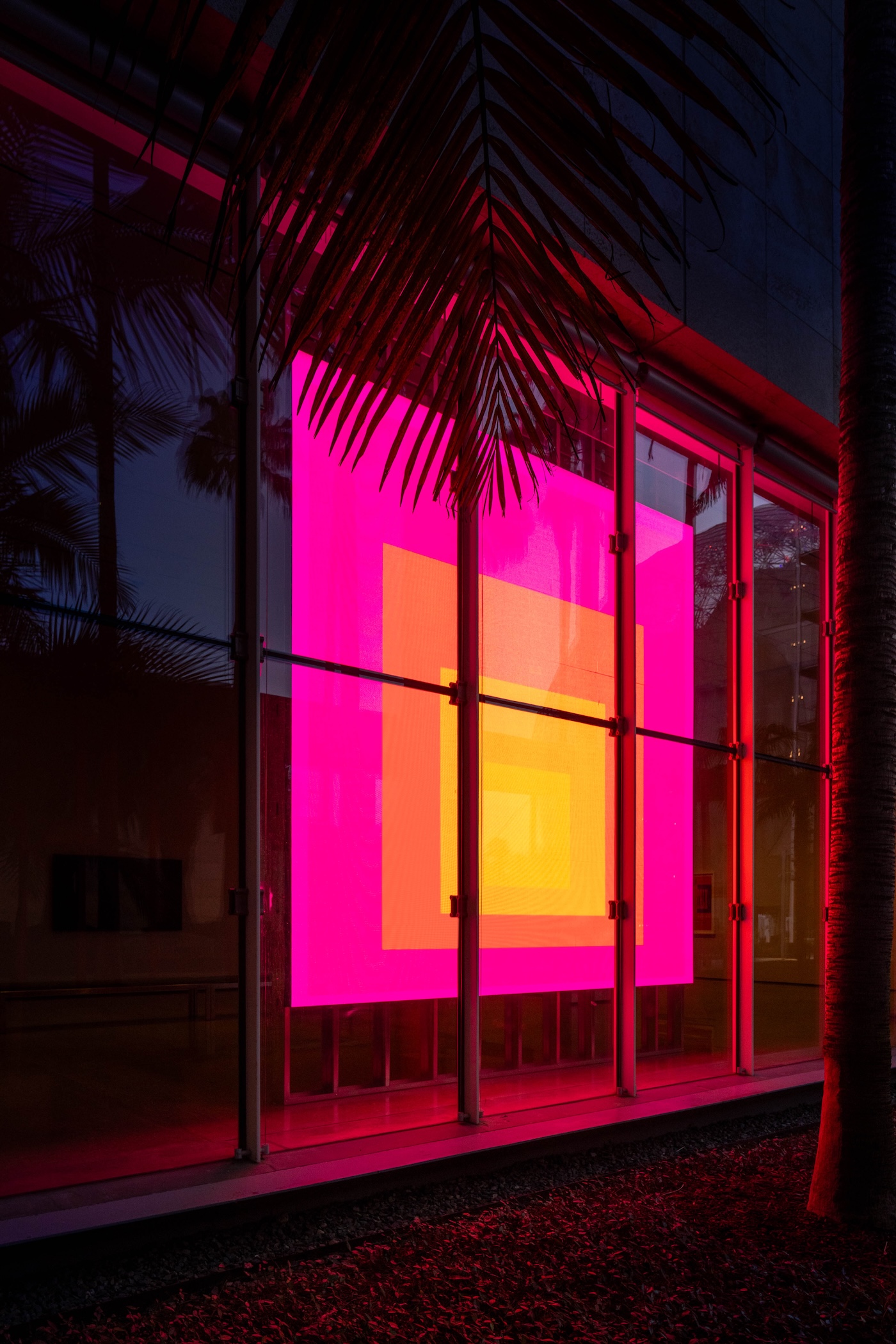
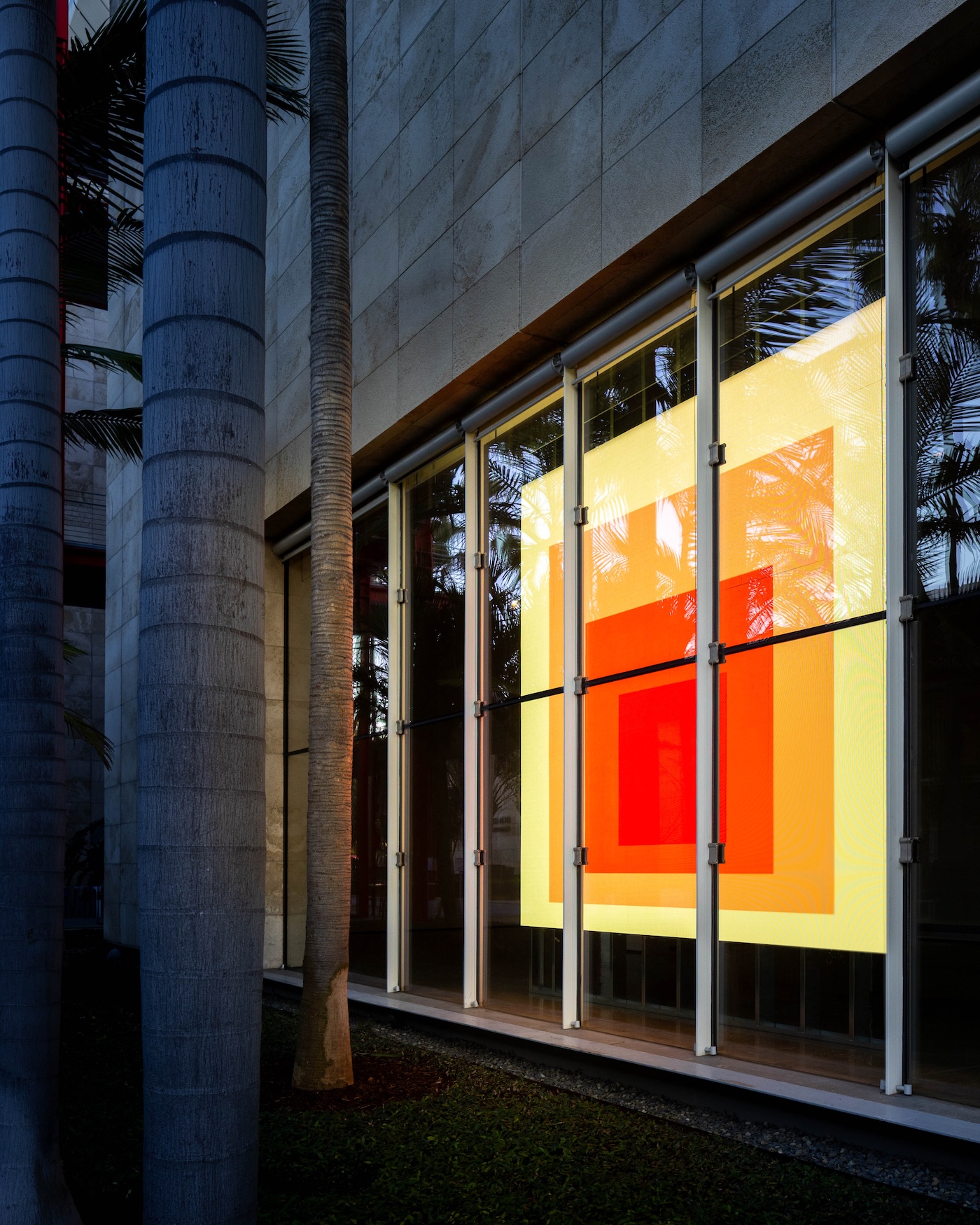
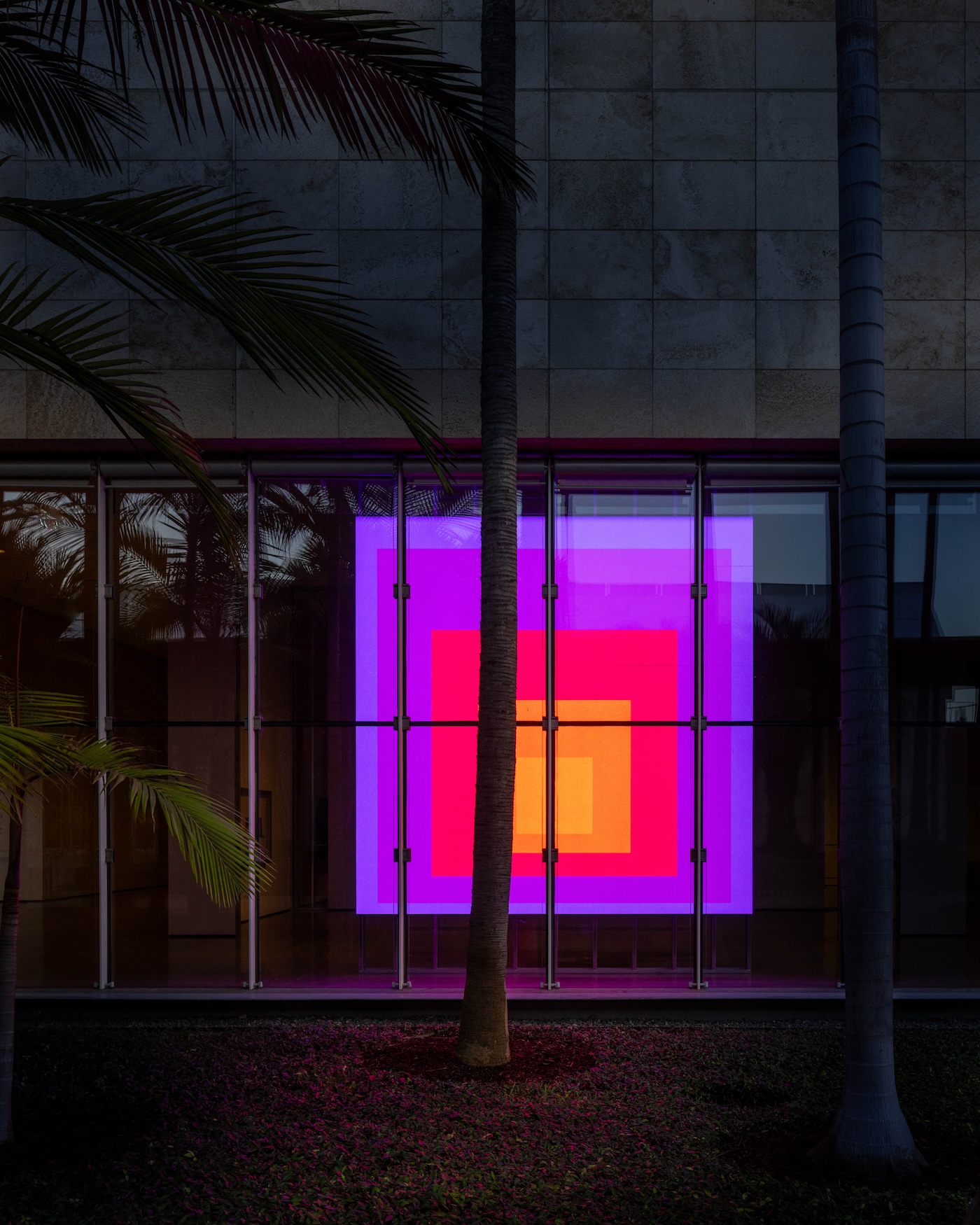
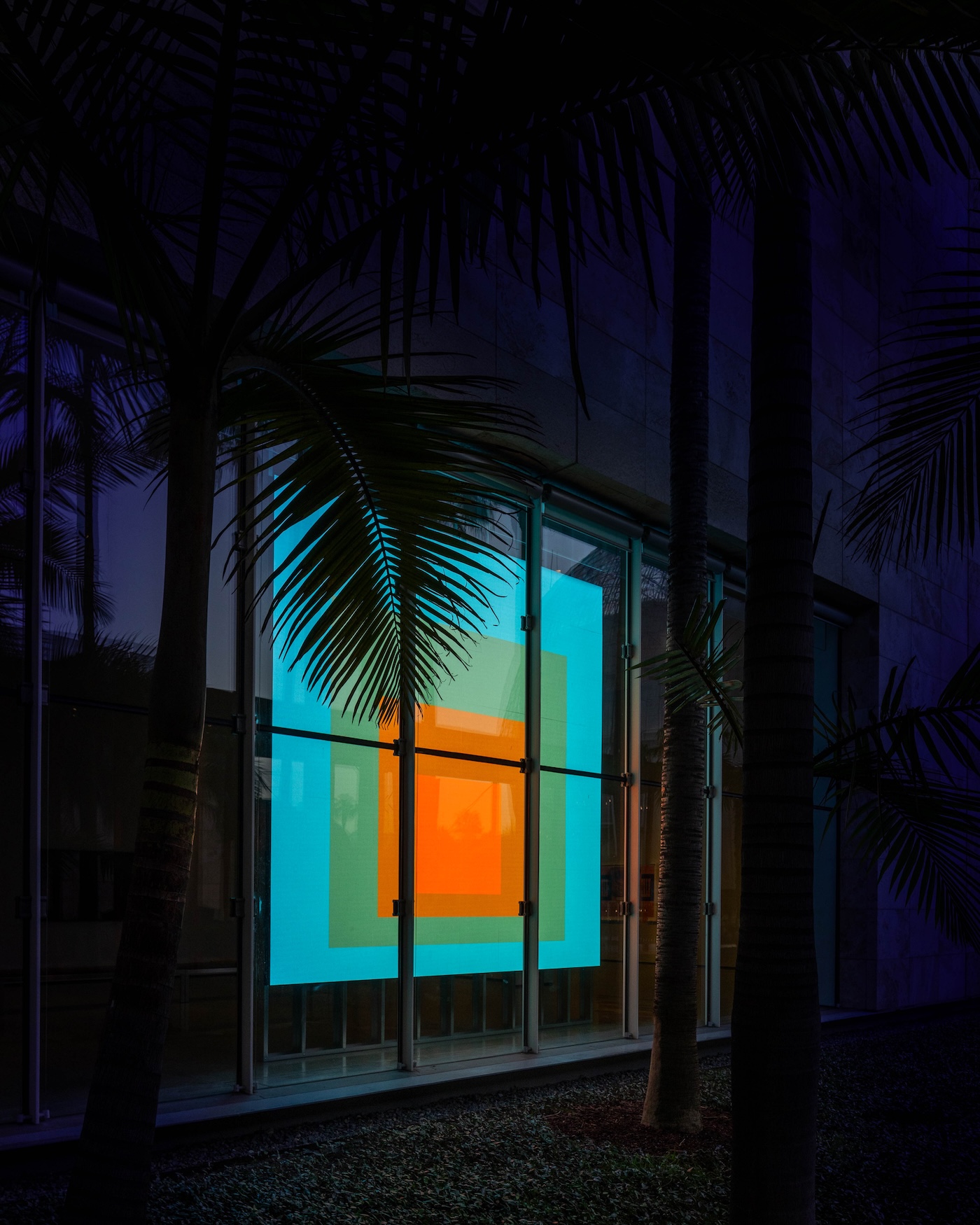
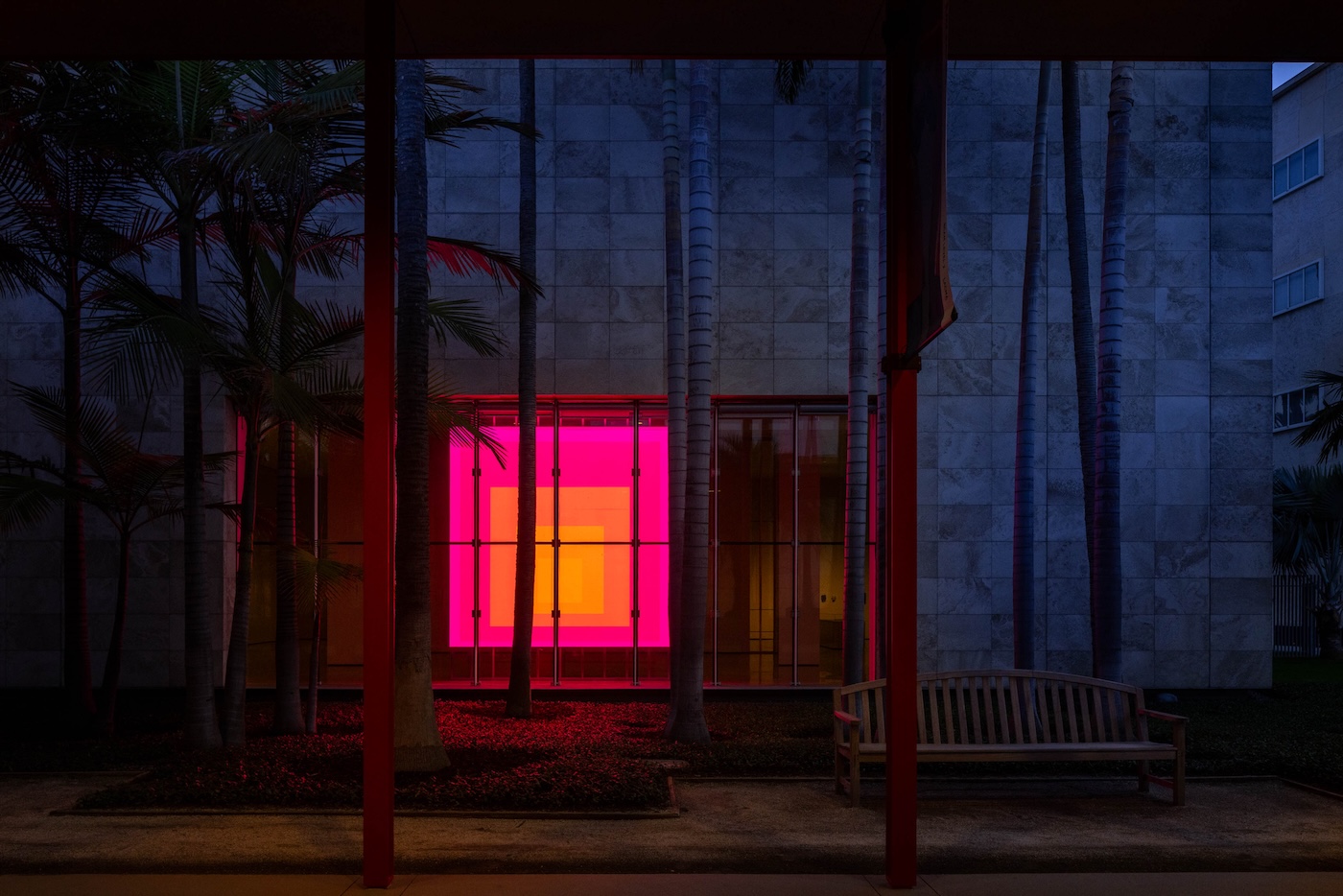
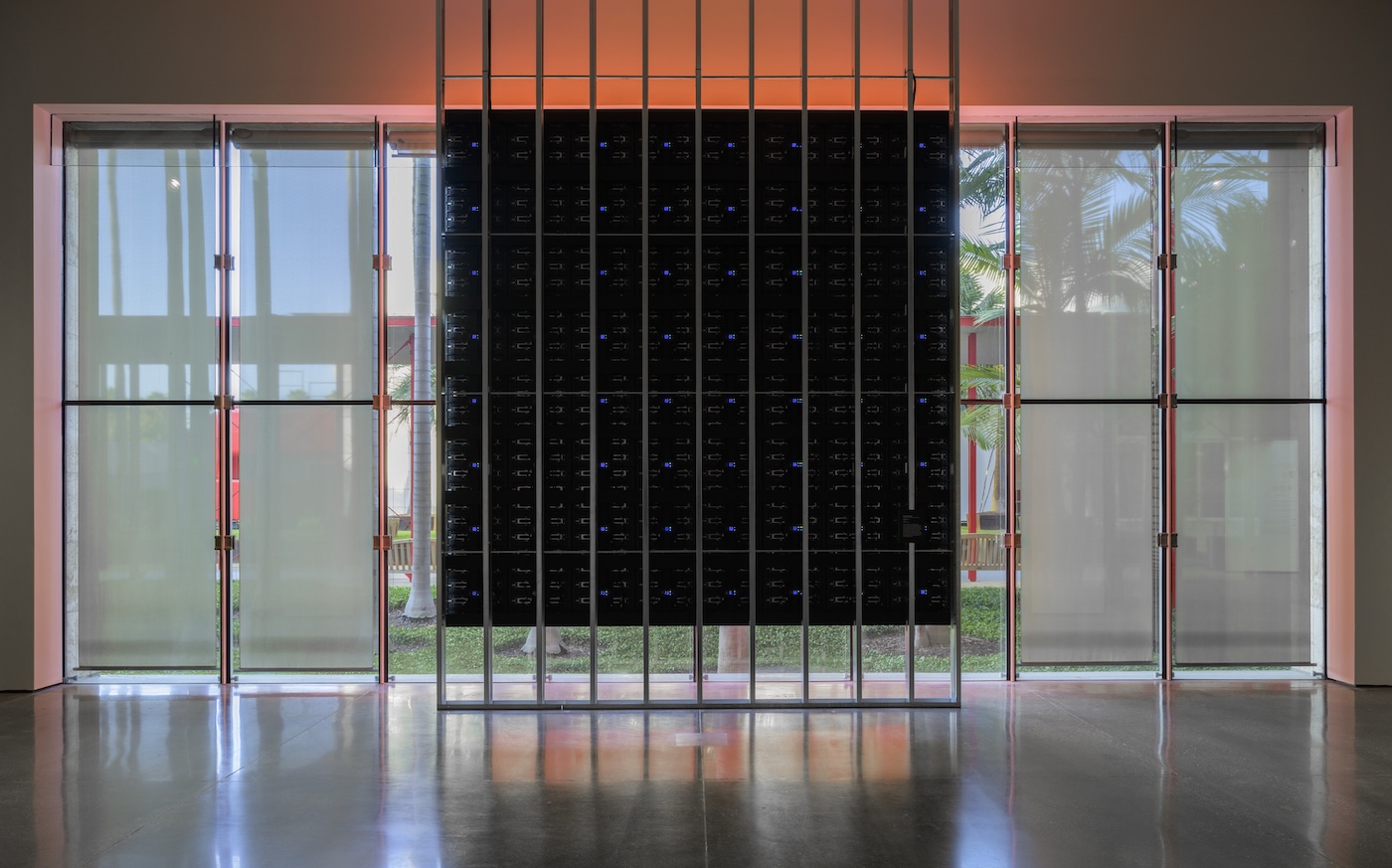
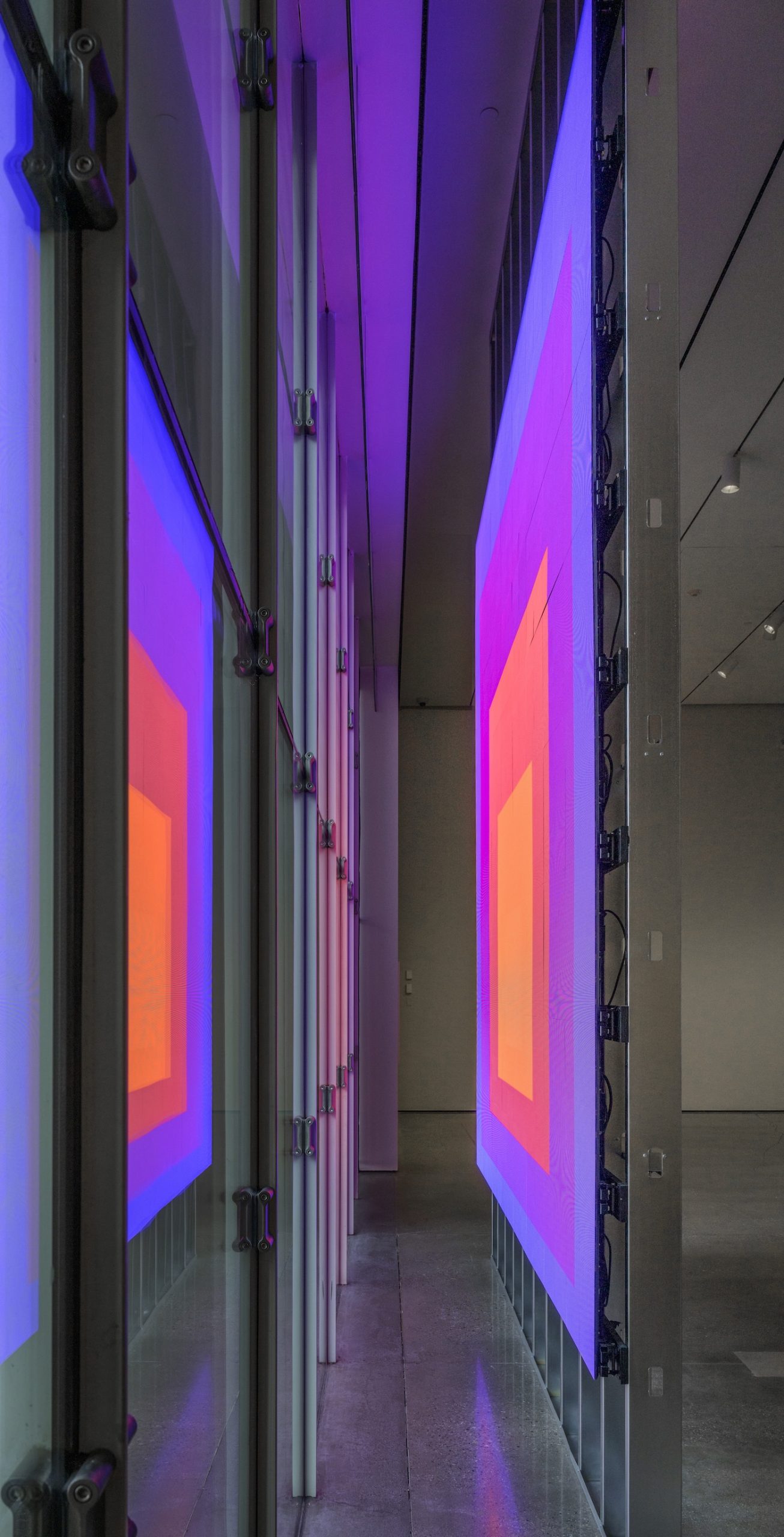
My project Homage is showing at Lacma until July 13, as part of the Digital Witness exhibition.
Photos by Michael Wells
Interview for MoMA Magazine
Interview by Paola Antonelli, Amanda Forment & Prudence Pfeiffer for MoMA Magazine.
Photos by Naeem Douglas.
“Light” at MoMA
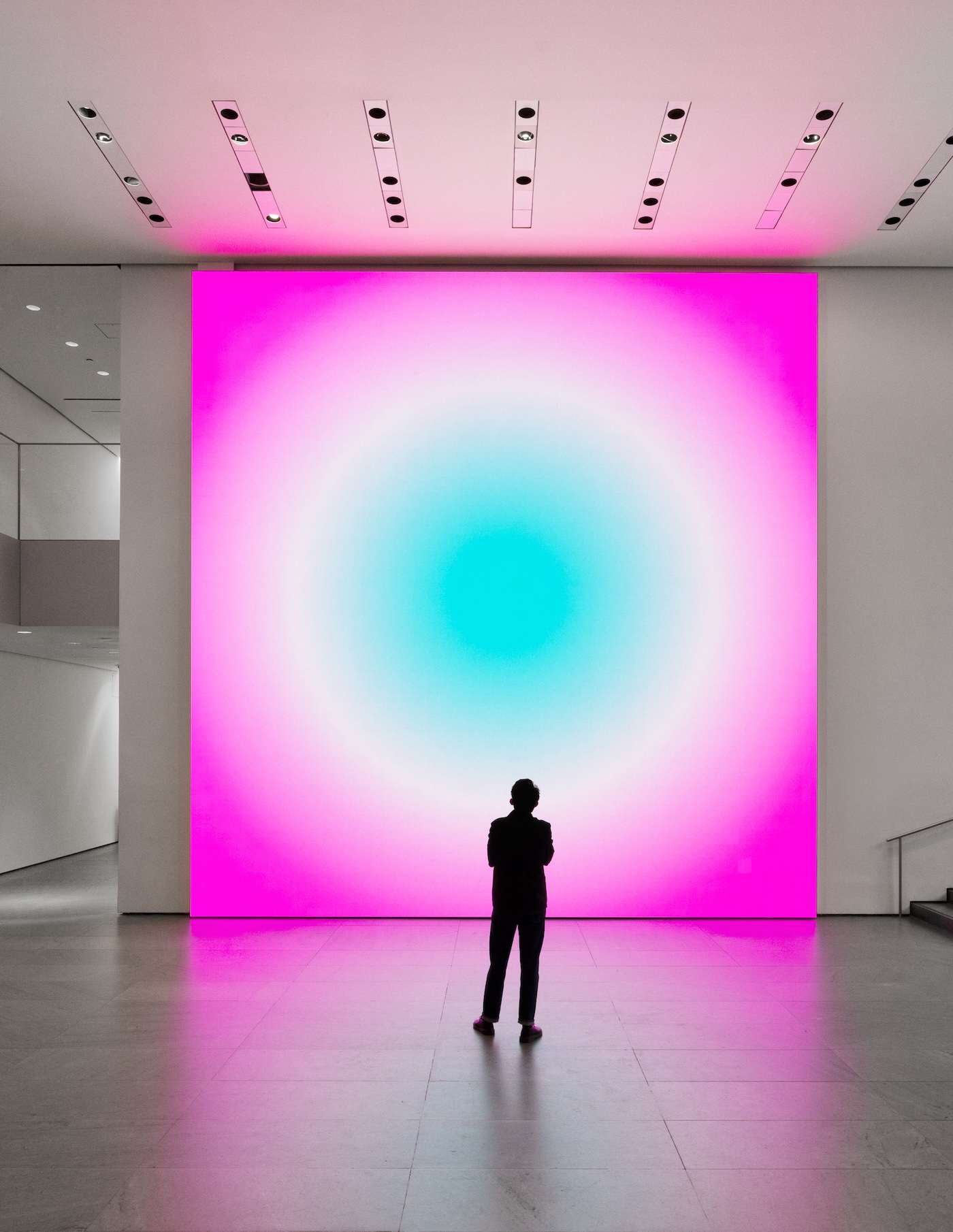
Light: Rafaël Rozendaal
Museum of Modern Art
November 16, 2024 – Spring 2025
Curated by Paola Antonelli
Photos by Jonathan Dorado
“Abstraction is the intensification of perception,” says Rafaël Rozendaal, an innovator in the realm of Internet-based art. Since the early 2000s, Rozendaal has produced vibrant animations that explore the aesthetic and conceptual possibilities of code, treating it as if it were paint. This installation presents a selection of his artworks, each sampled for two to three minutes.
Each work starts as a storyboard sketched on paper, which is then translated into code, into a program that occupies only a few kilobytes. The final form is an autonomous website powered by that algorithm, which generates the animation in real time.
Because Rozendaal has chosen the Internet as his canvas, his works exist within the browser’s flat yet multidimensional digital landscape. For the same reason, though they are held in private and public collections, his artworks are accessible to everybody online through their URLs. “I always wanted to make work that could be seen by anyone, anywhere, anytime,” the artist affirms. “I wanted to create work that gives the viewer a feeling of possibility.”
From the start, Rozendaal planned his websites to be robust enough to withstand the evolution of both software and hardware, and to be equally vivid at any screen resolution. The artworks adapt fluidly to any display, from a smartphone to the high-resolution LED screen—nearly twenty-five feet across—you are contemplating here. The result is a state of immersion so complete that it seems to merge with the physical world. As the artist explains, “I imagine we will live in a world where there is no difference
between a screen and any other surface.” Lean, light, and indestructible, his websites will still be there.
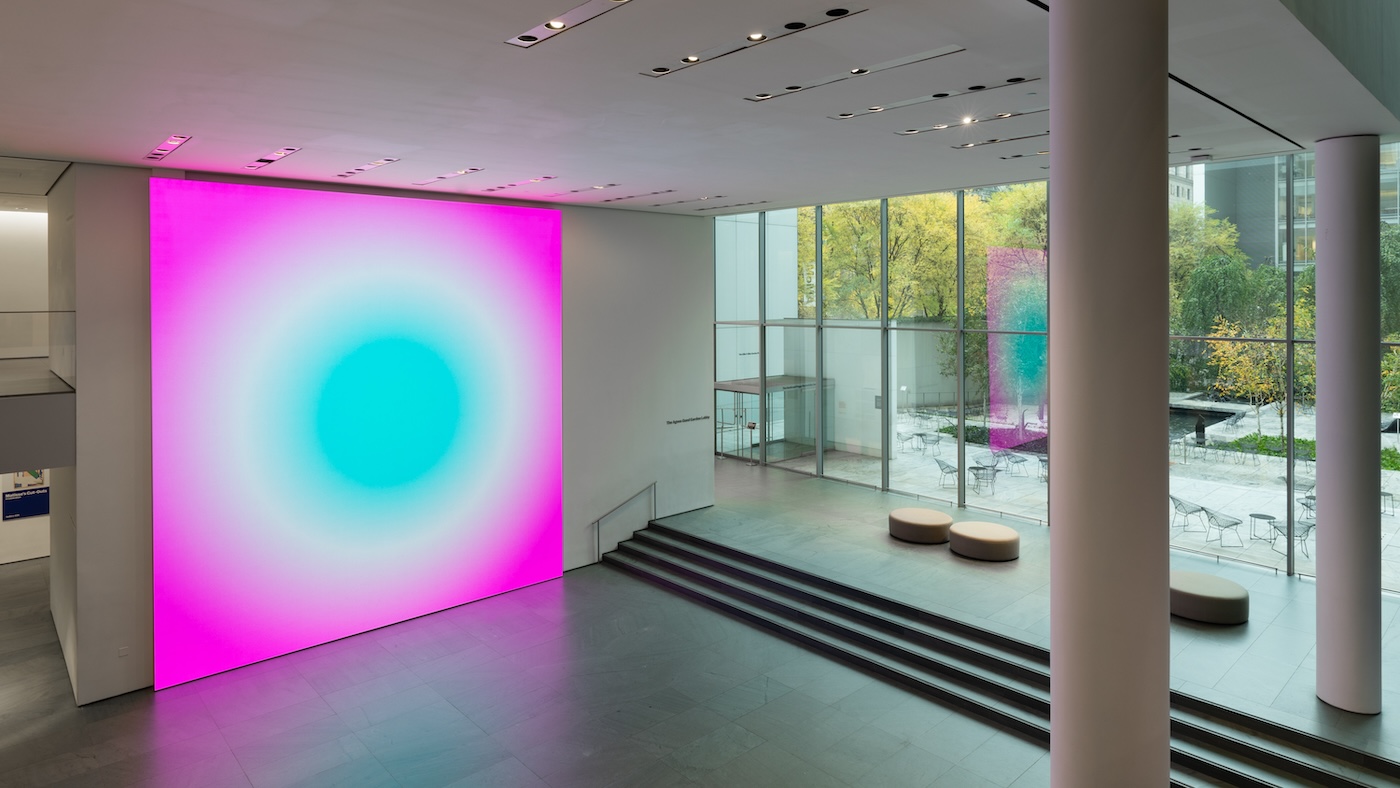
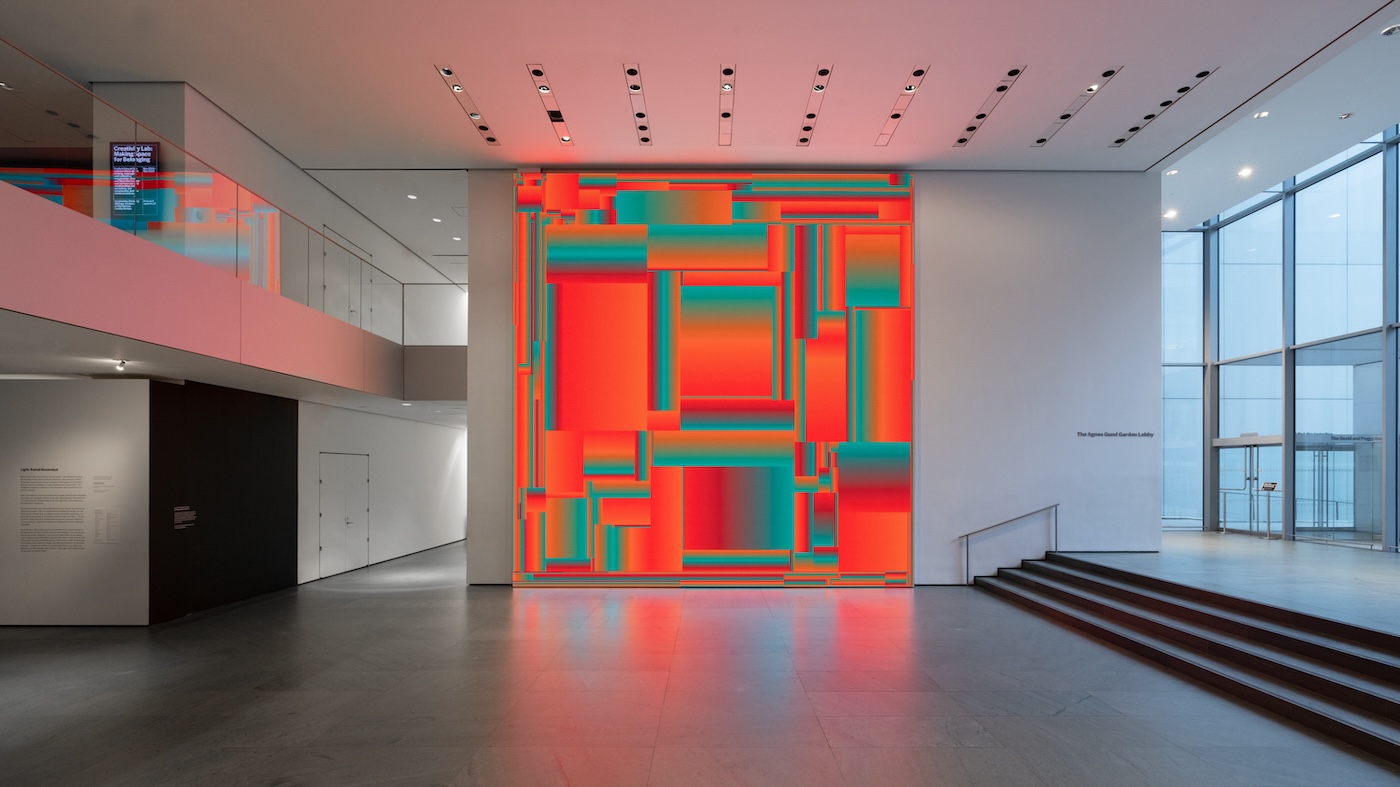
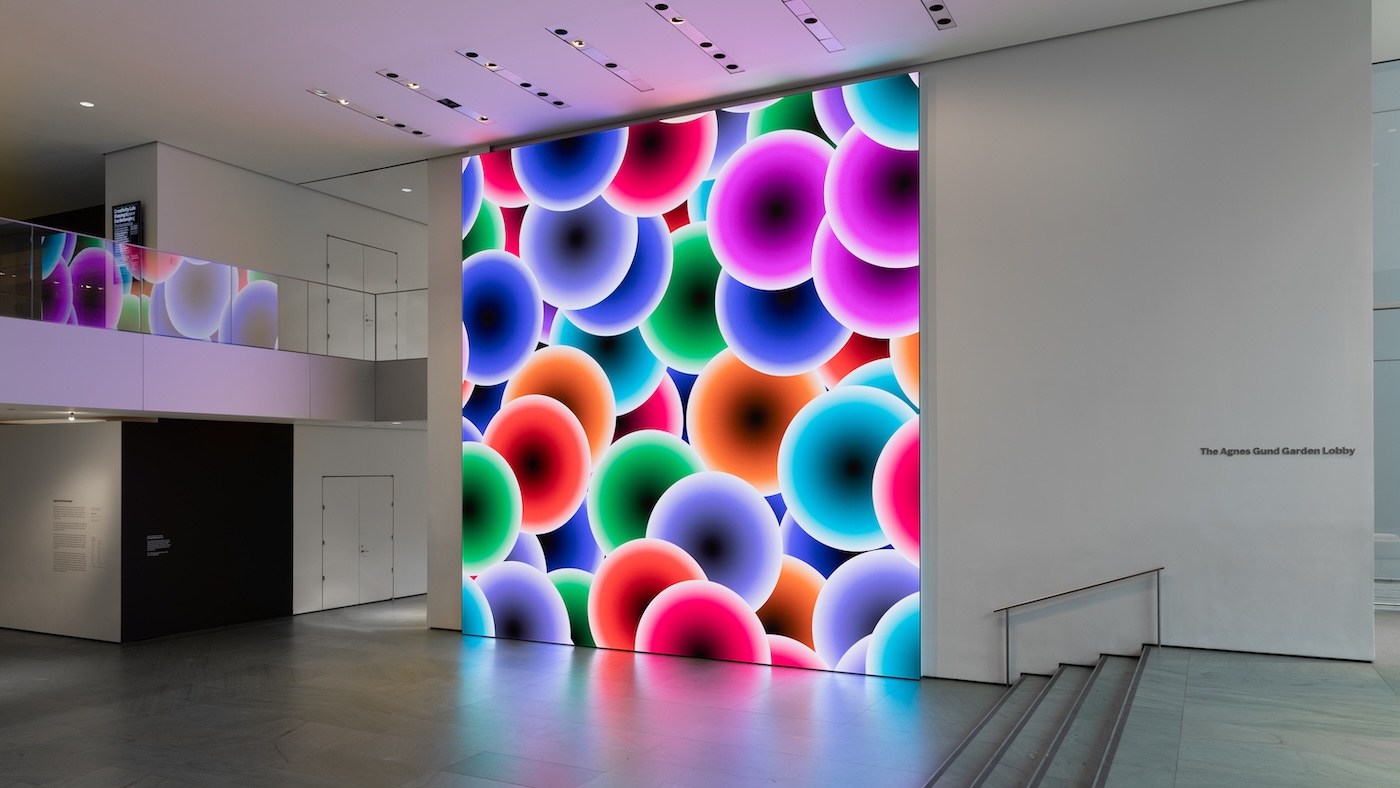
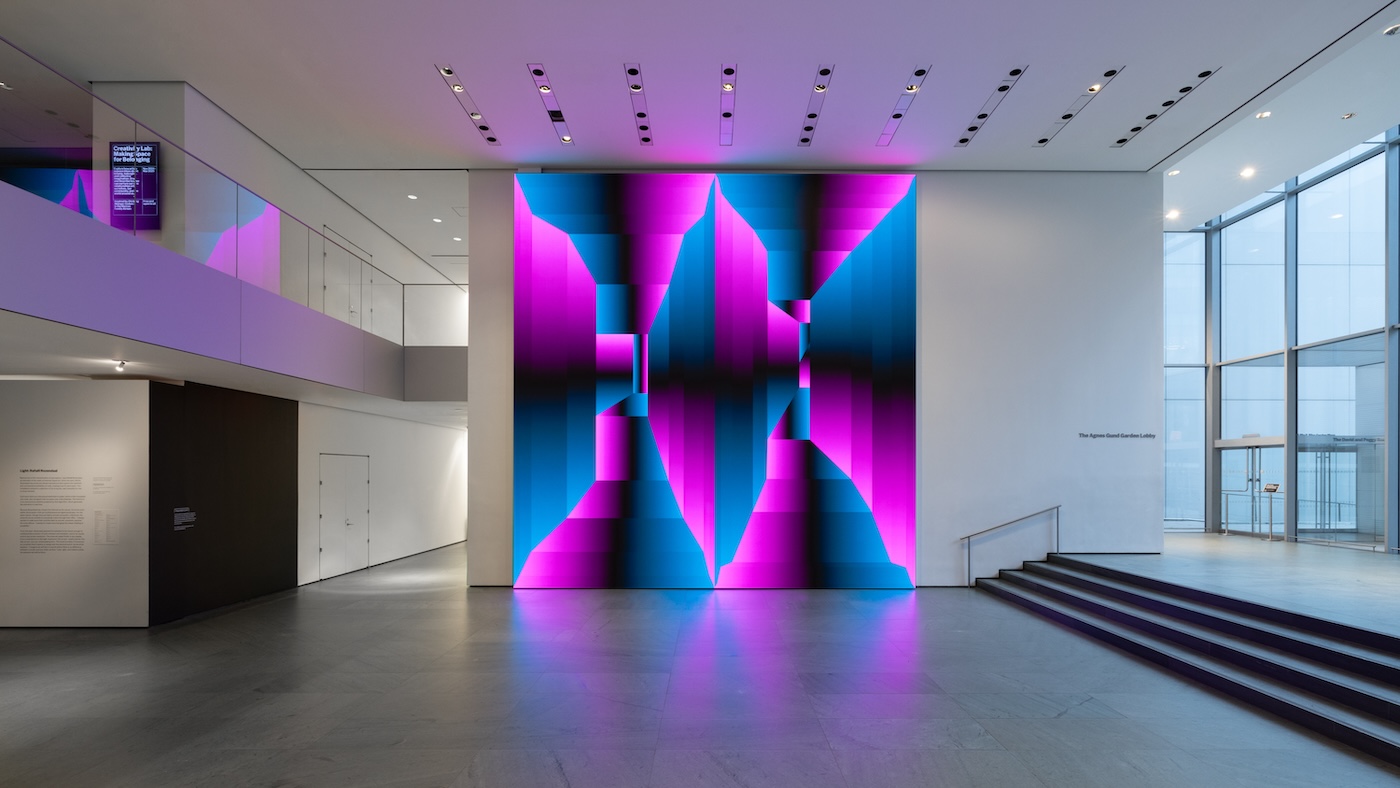
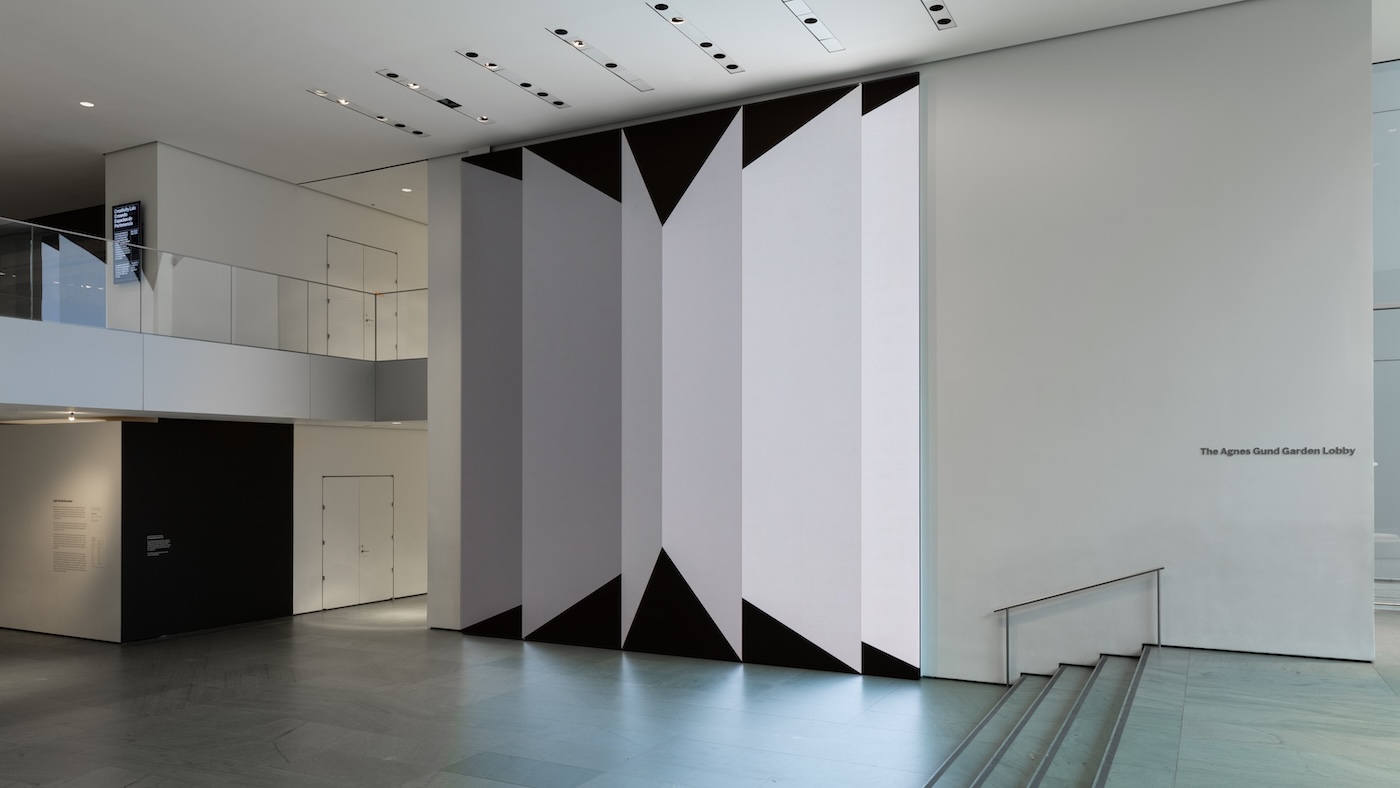
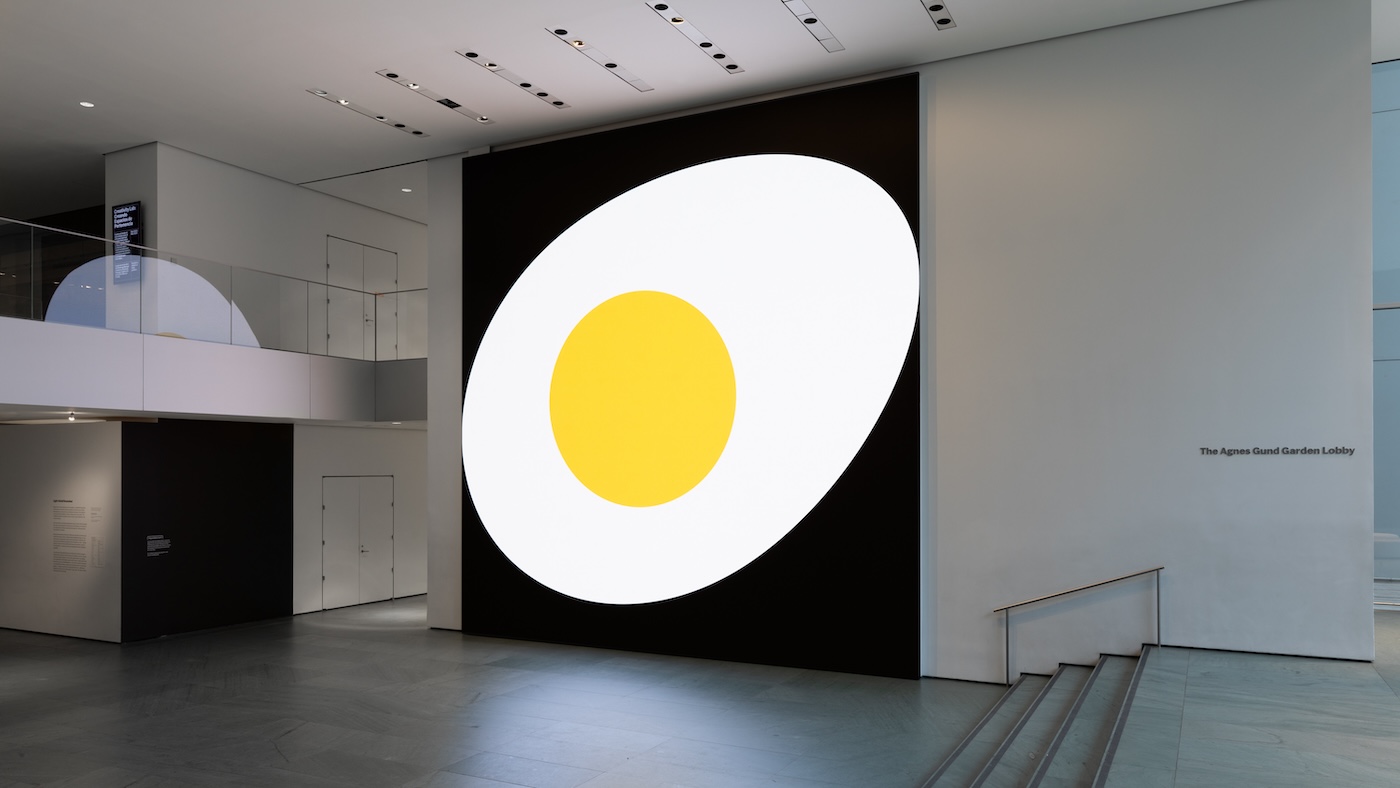
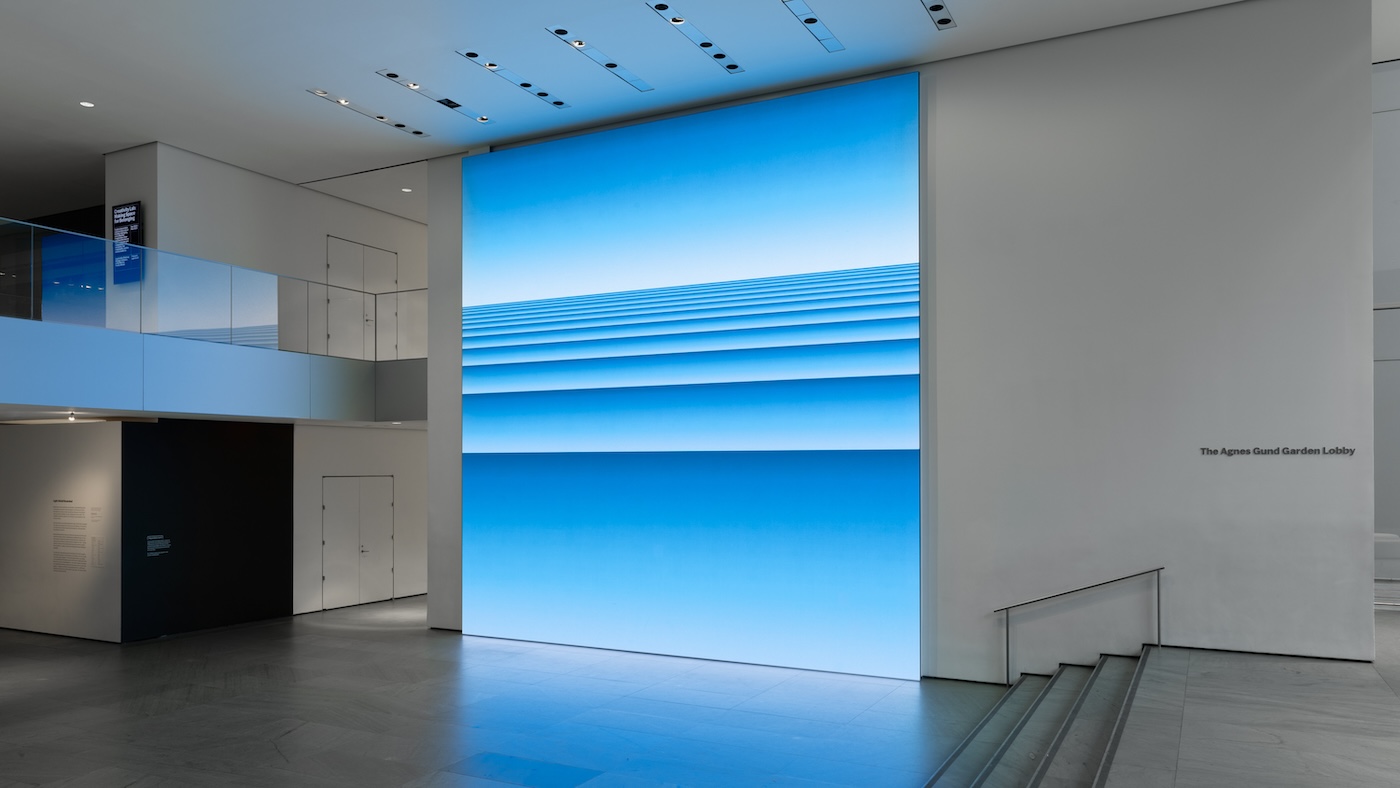
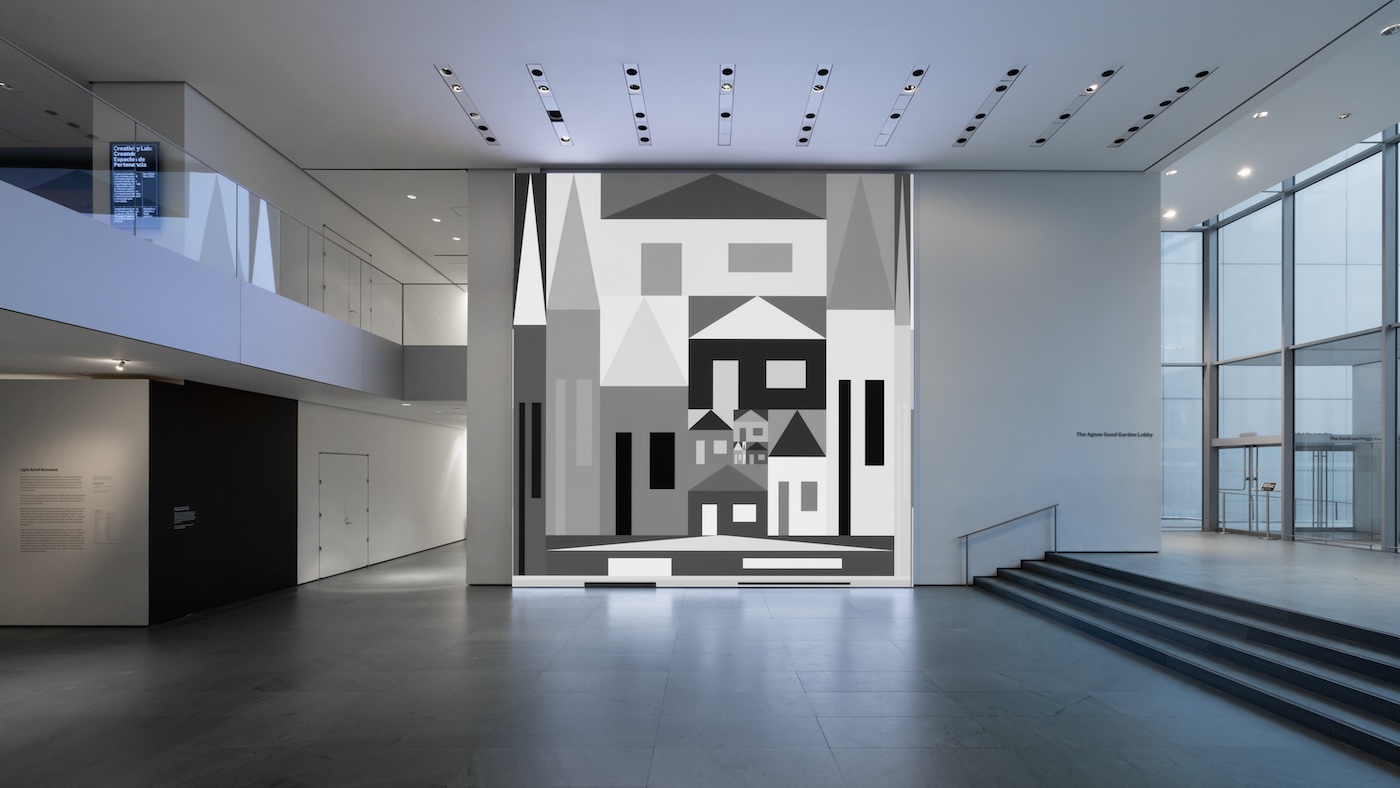
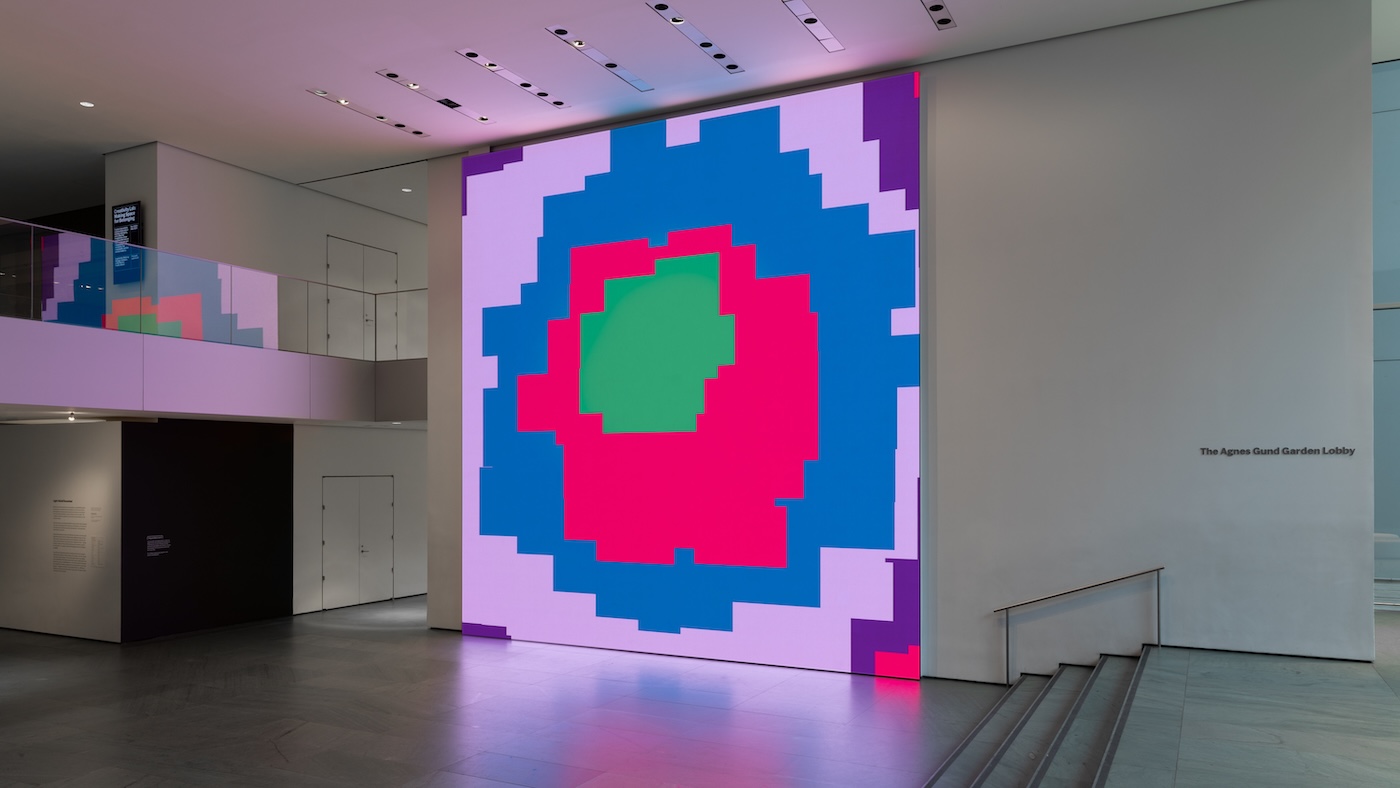
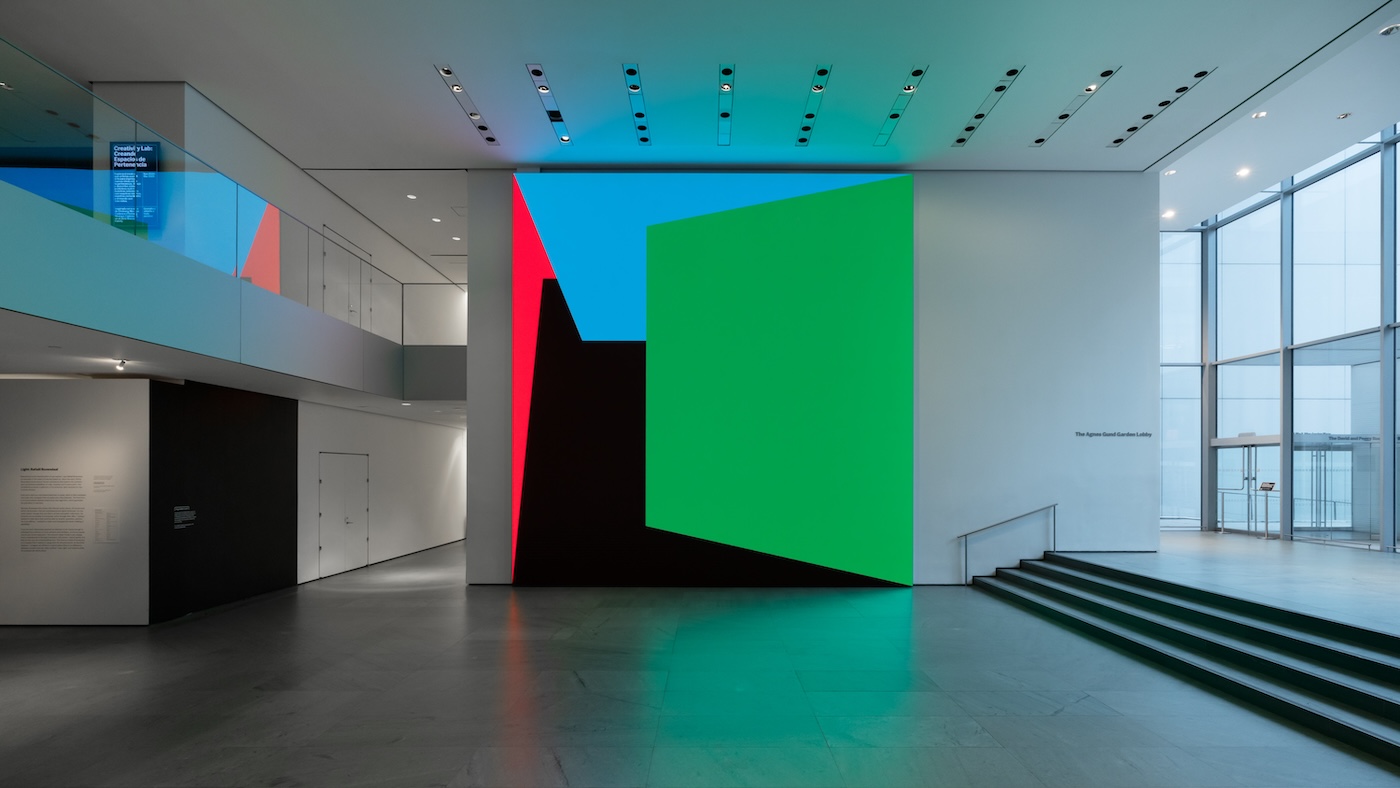
Conversation with art critic Robert van Altena
On the occasion of my first painting exhibition at Upstream Gallery in Amsterdam, I sat down with art critic Robert van Altena for the Springvossen podcast. You can listen to the conversation here. (Sorry, Dutch only)
I find it difficult to write about my own work. Conversation is an easier way to formulate thoughts.
For me at least…
A dialogue between art and haiku
I had an in-depth conversation with Yuzo Ono, a haiku poet and writer from Japan.
We talked about the space between internet art, still life paintings, and haiku.
Manual
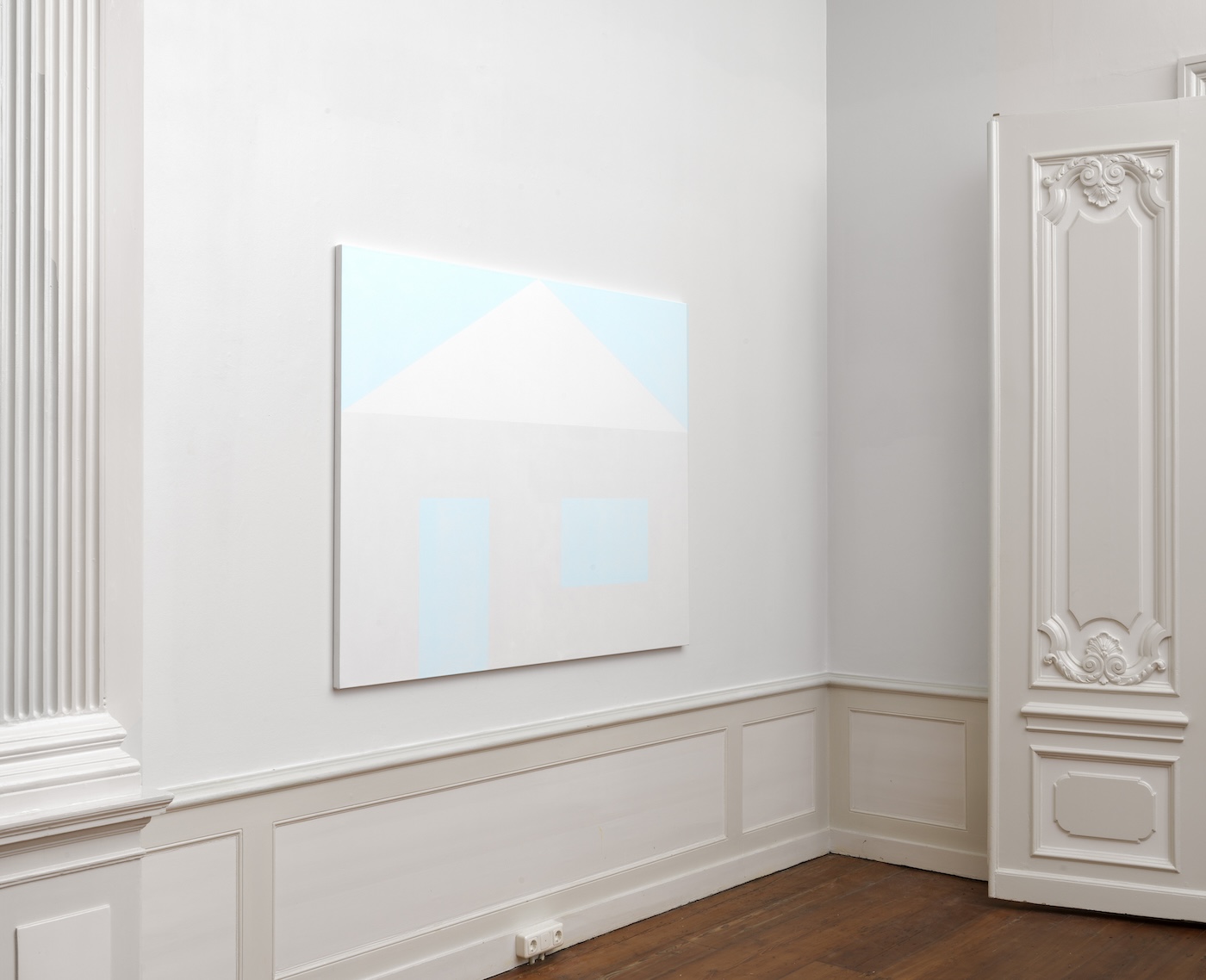
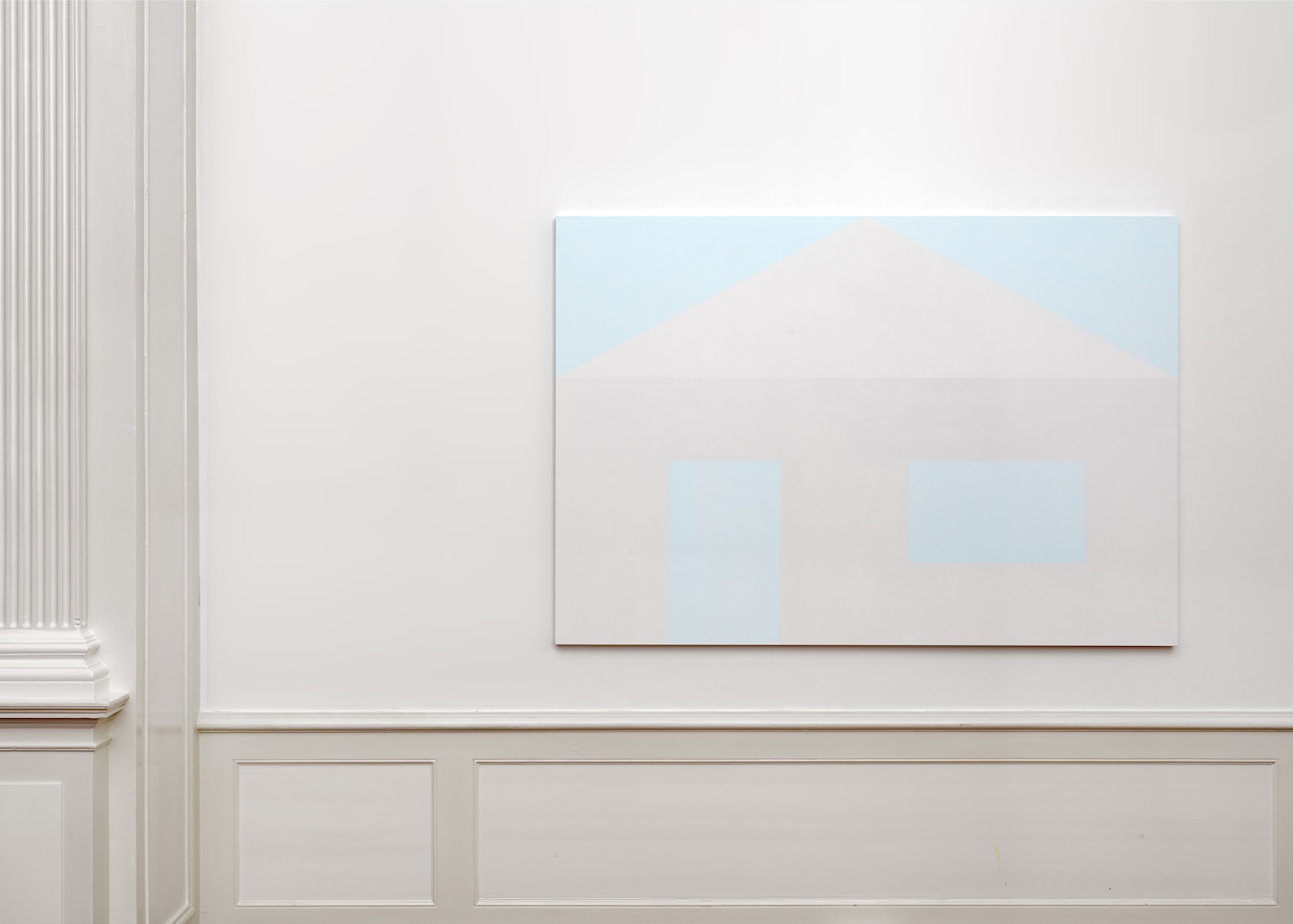
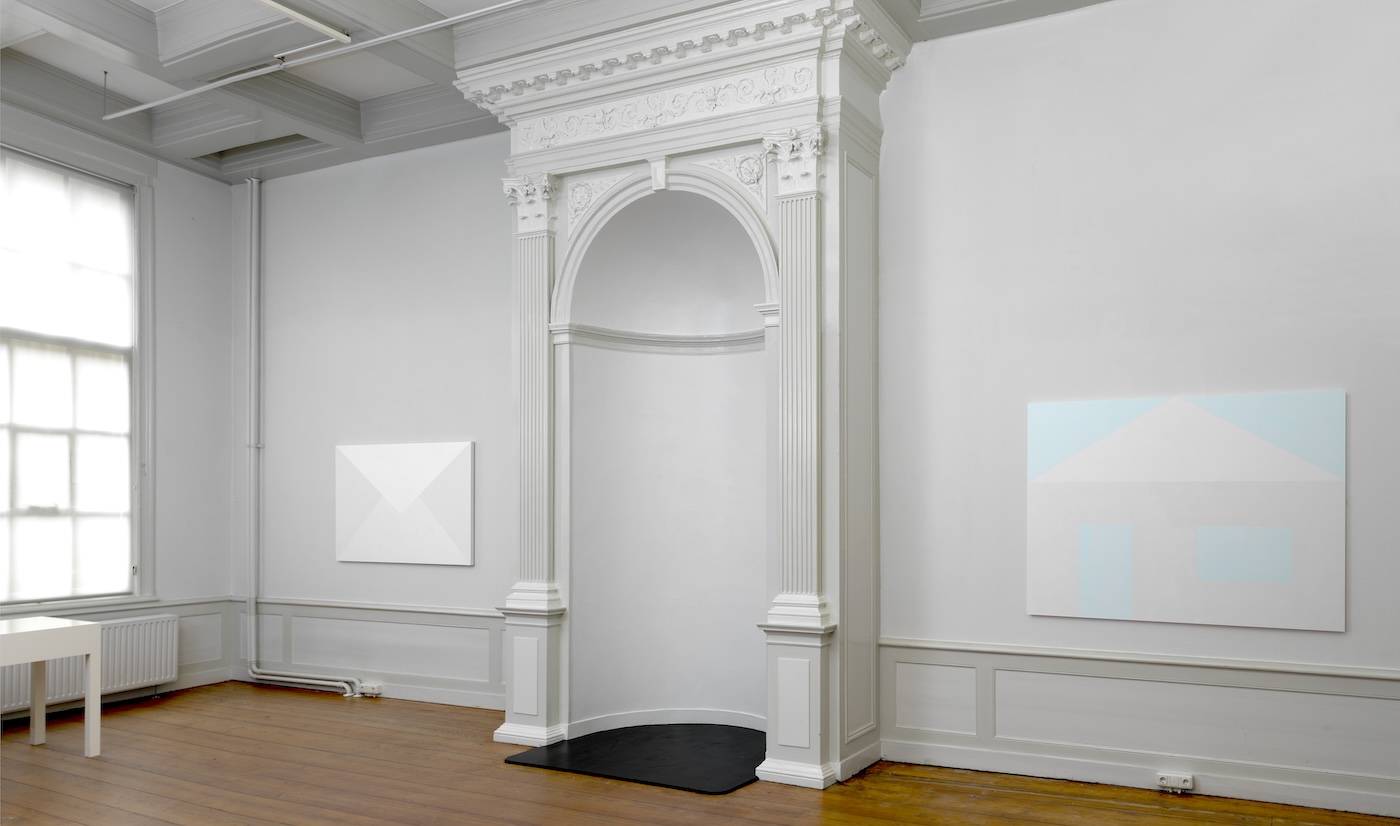
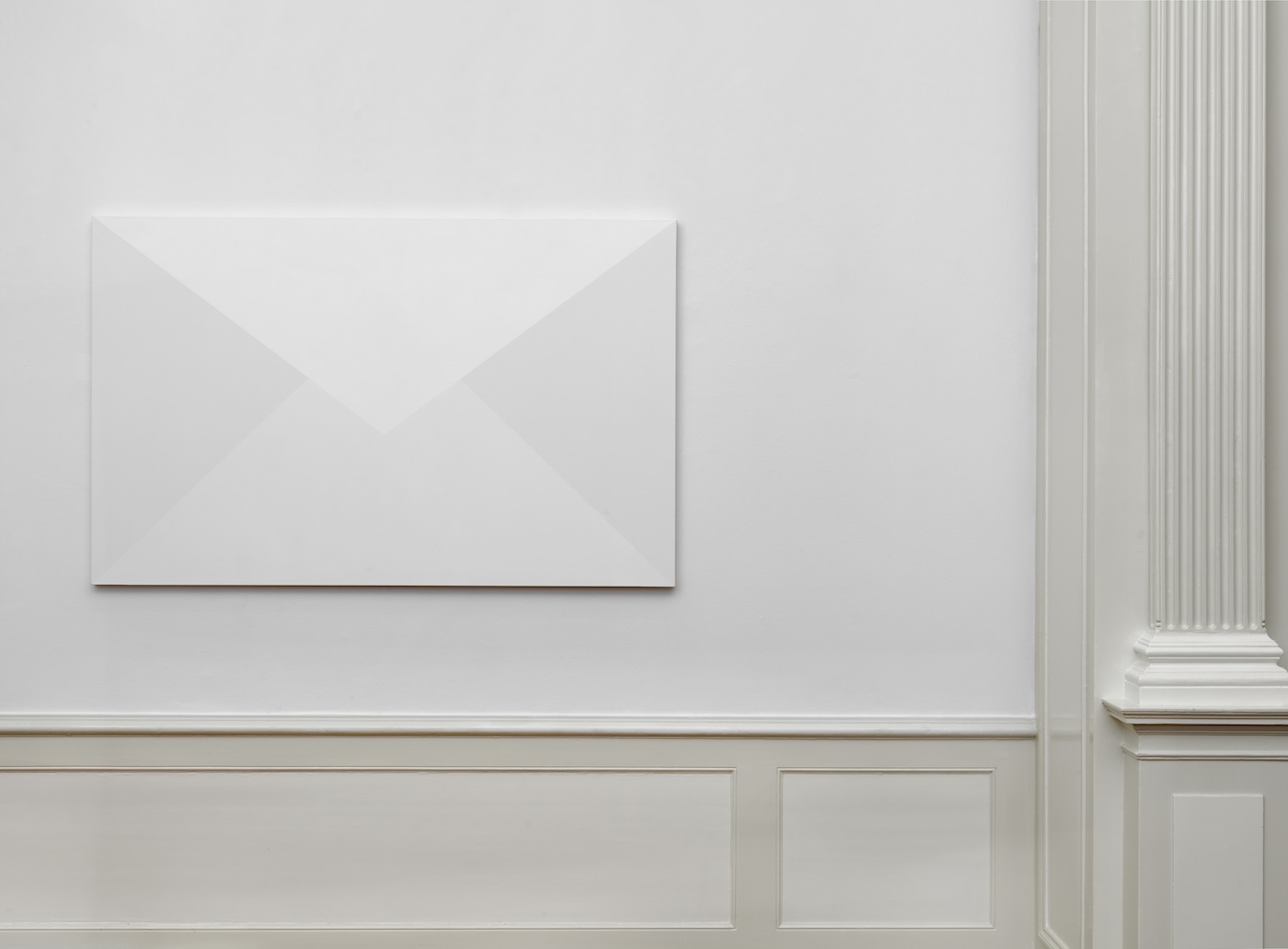
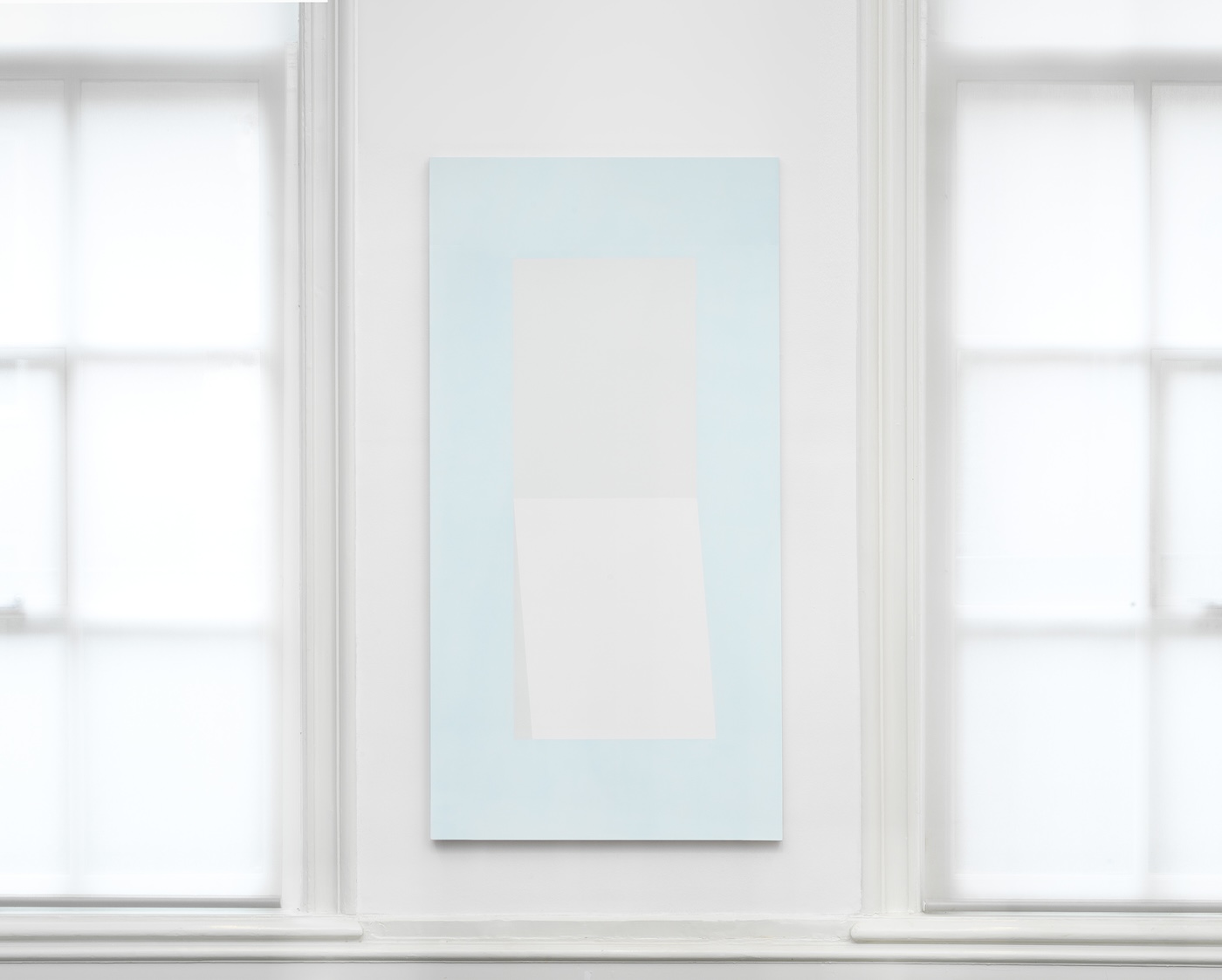
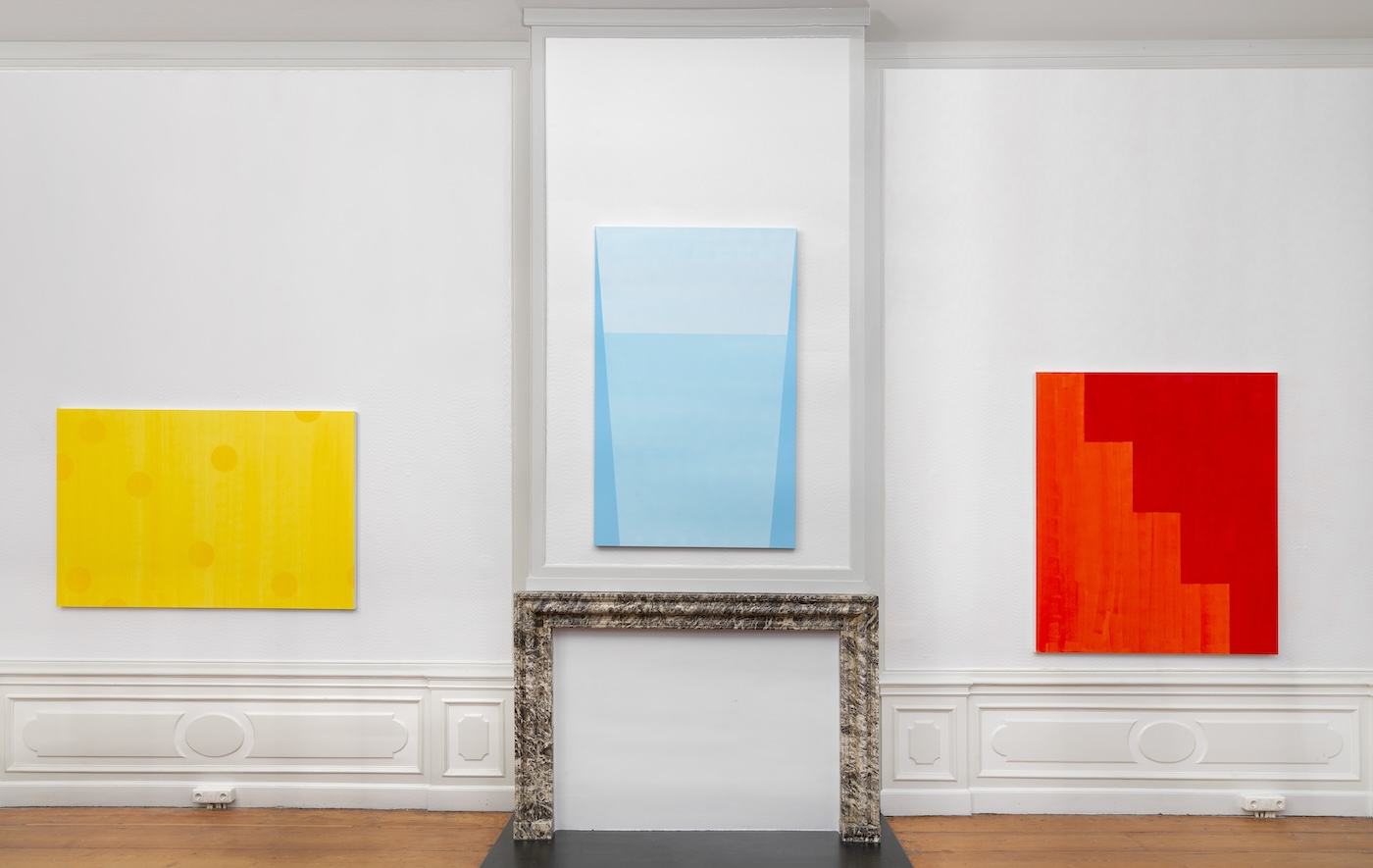
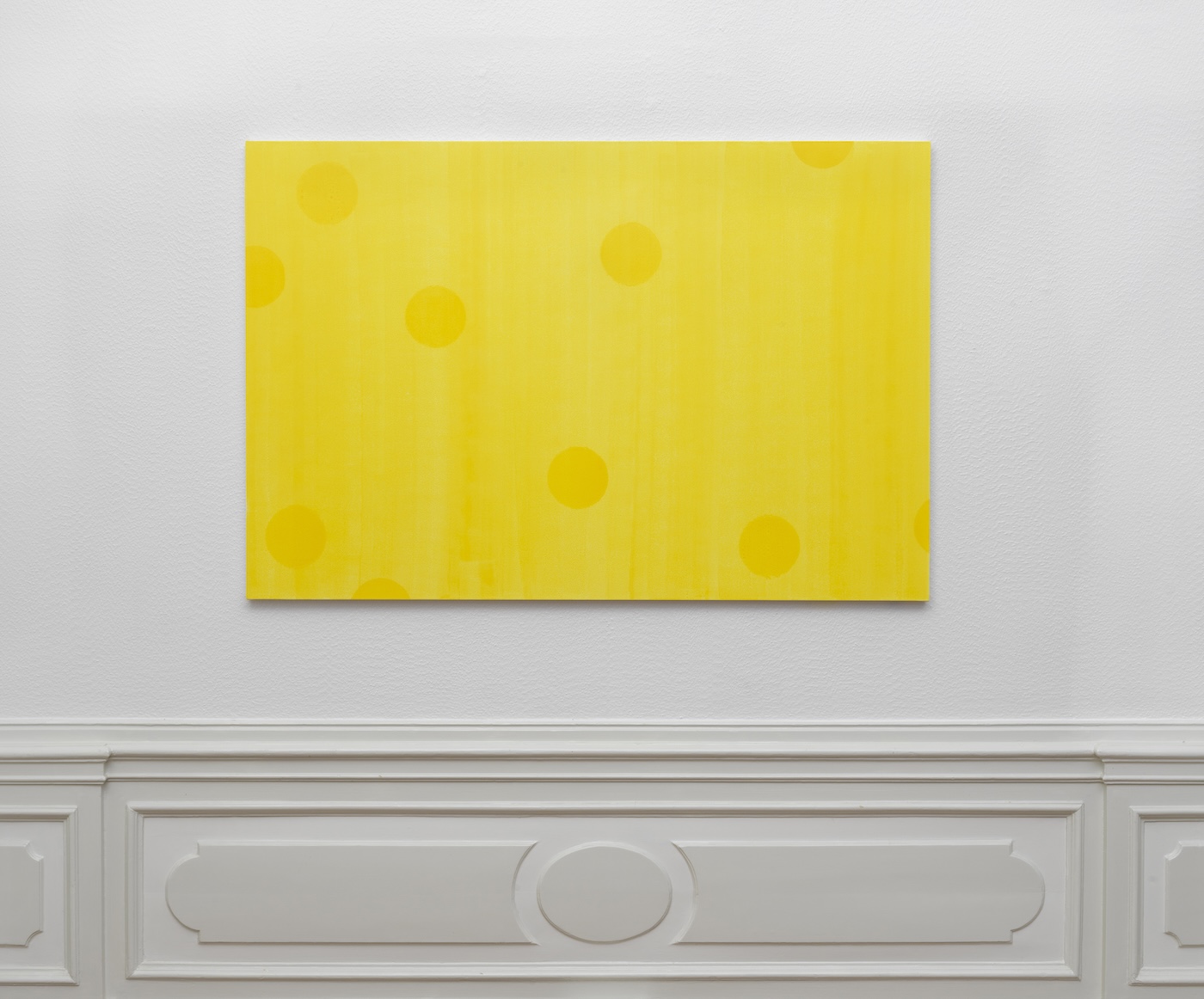
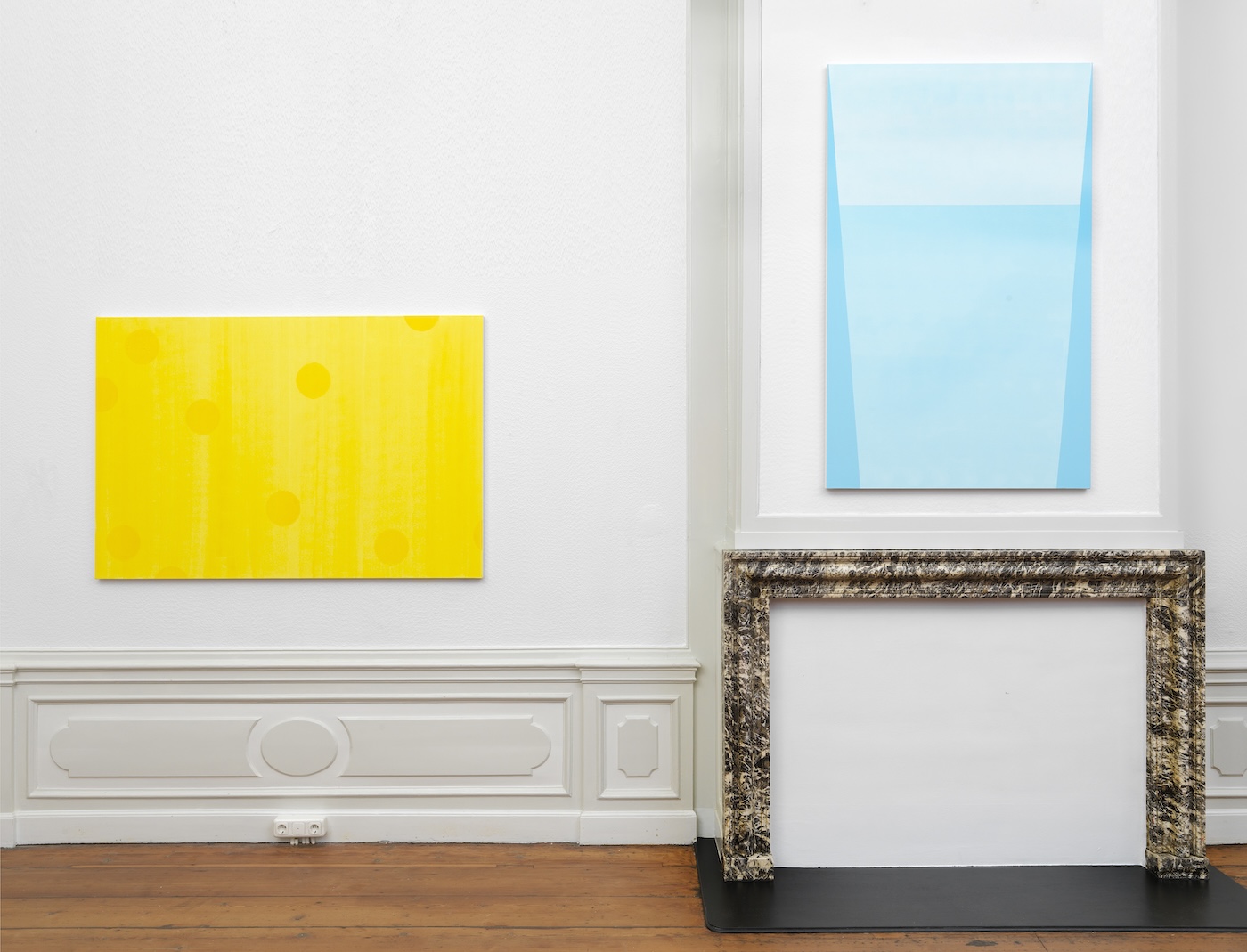
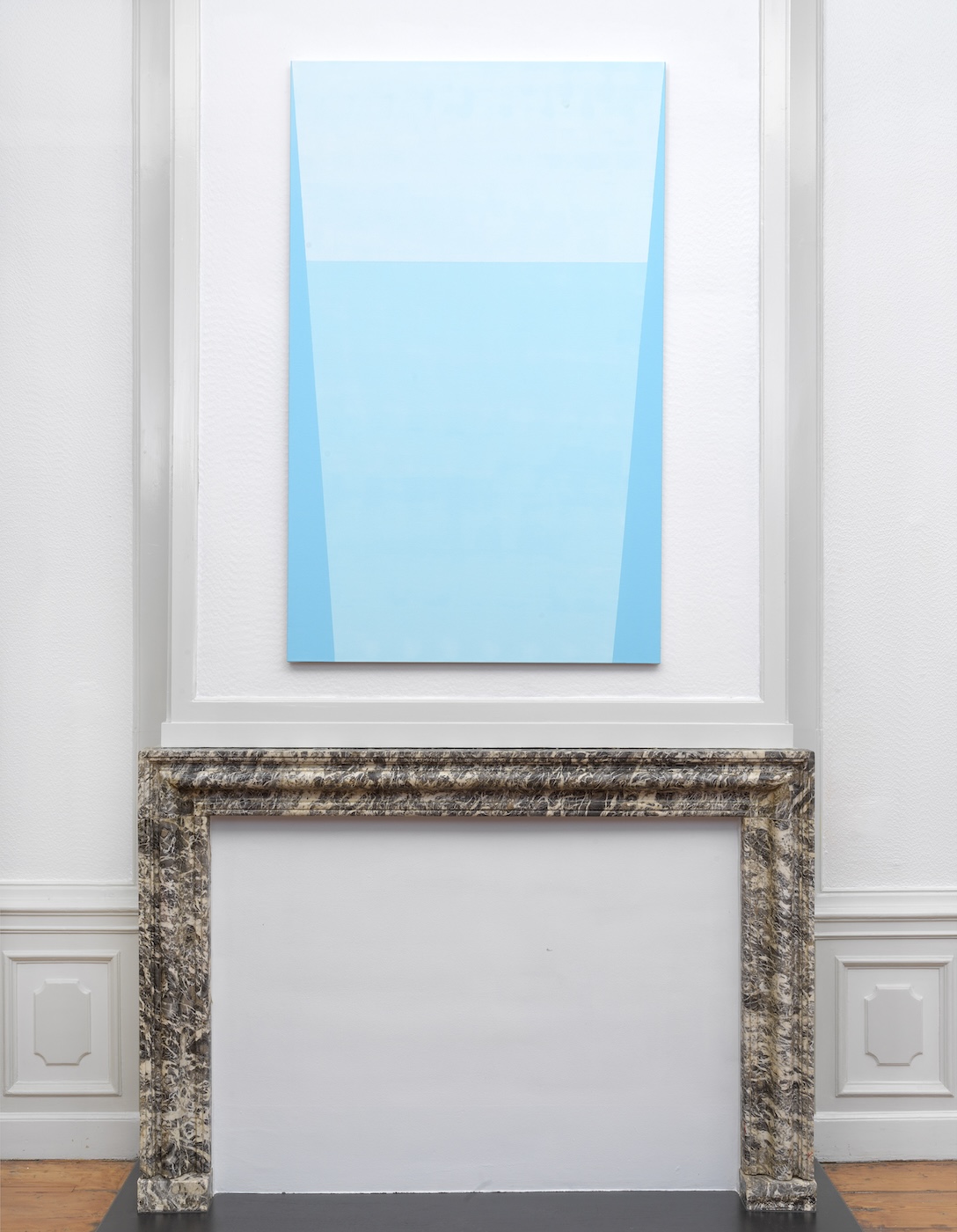
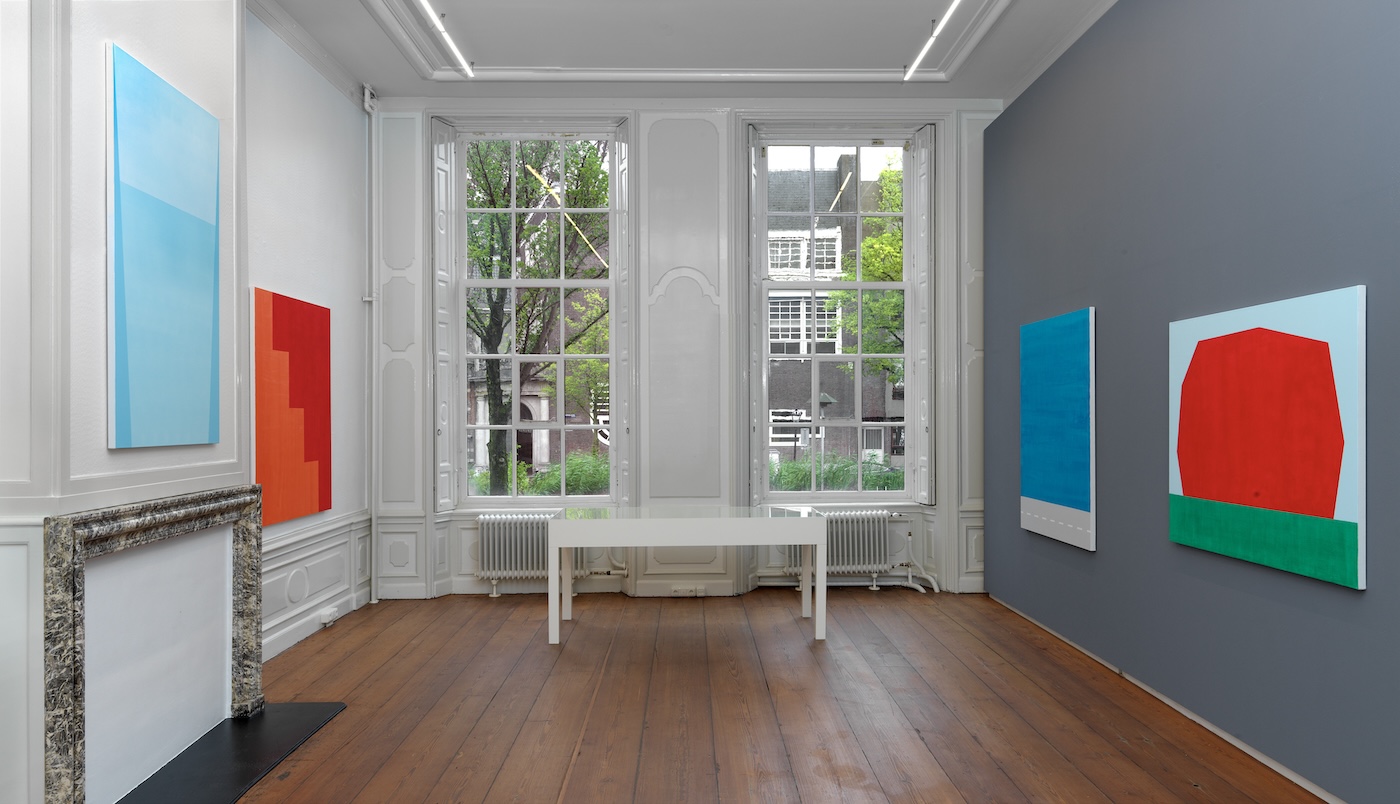
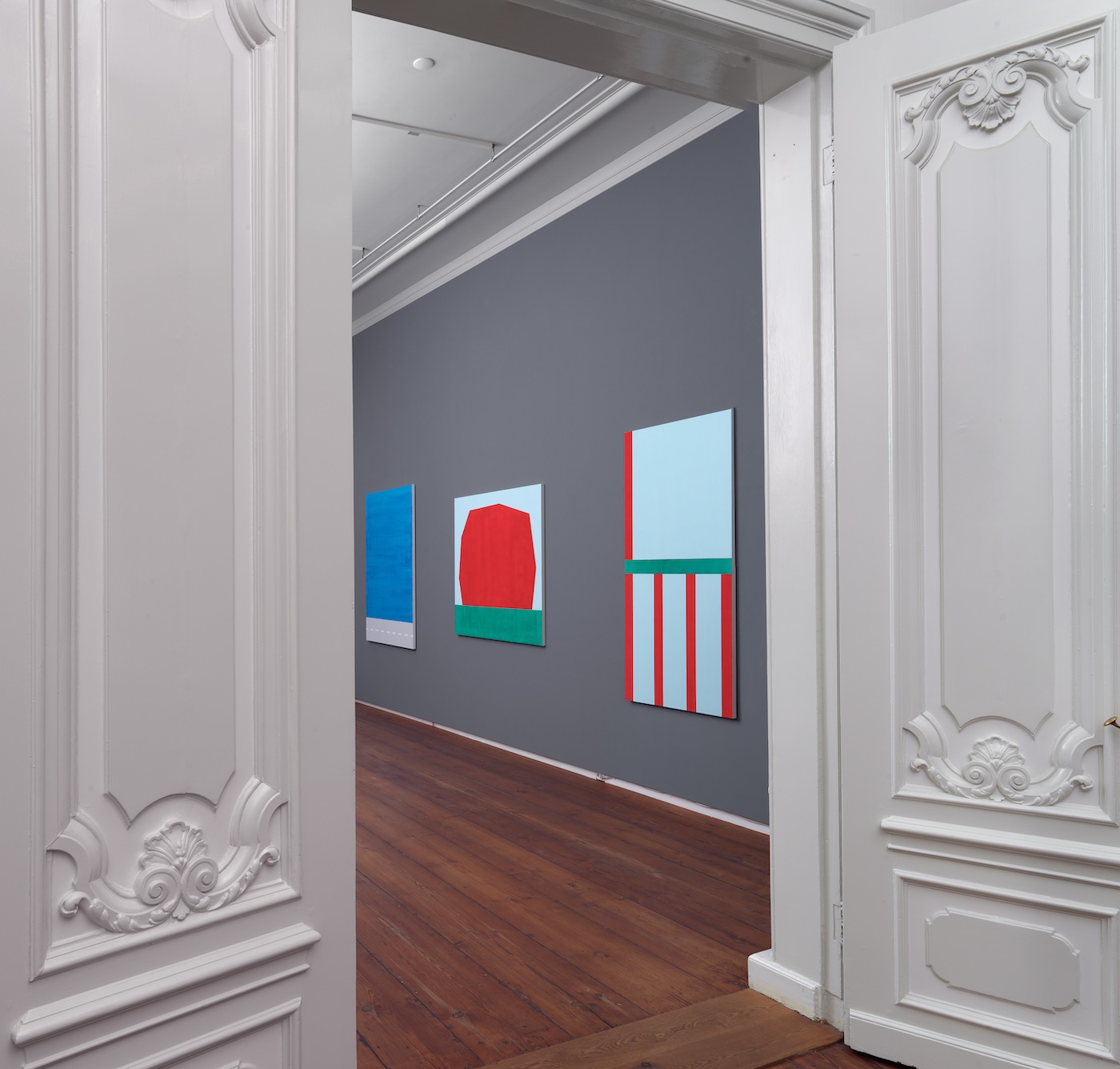
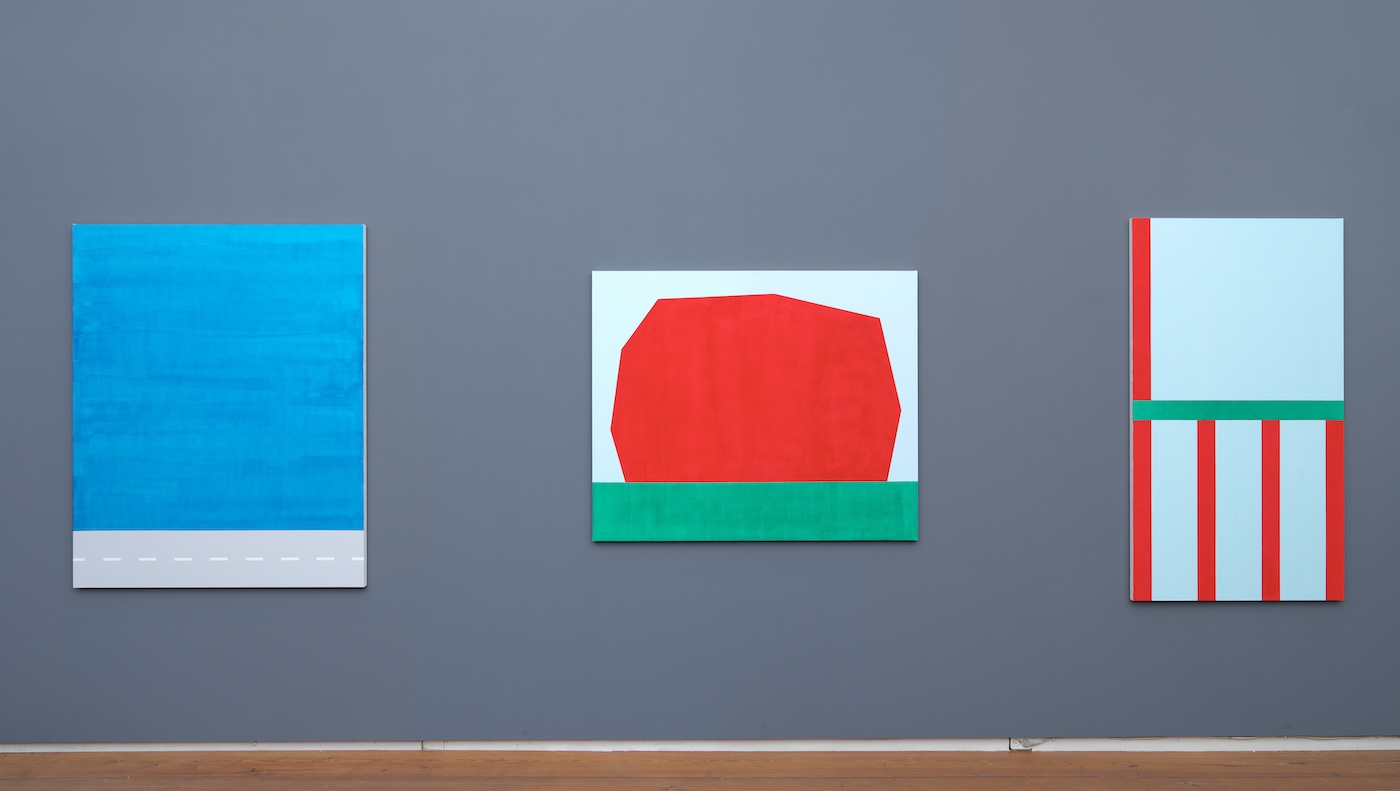
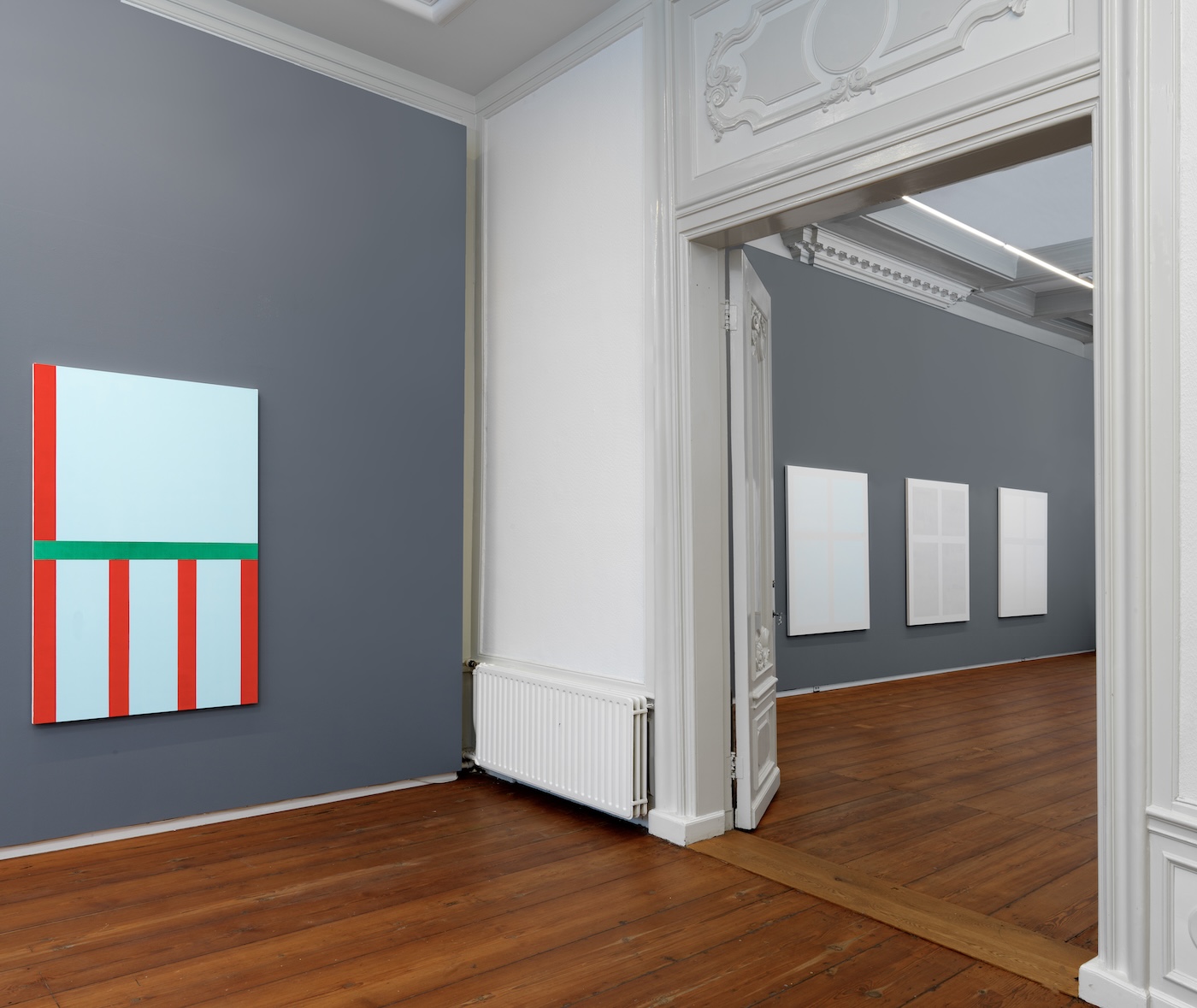
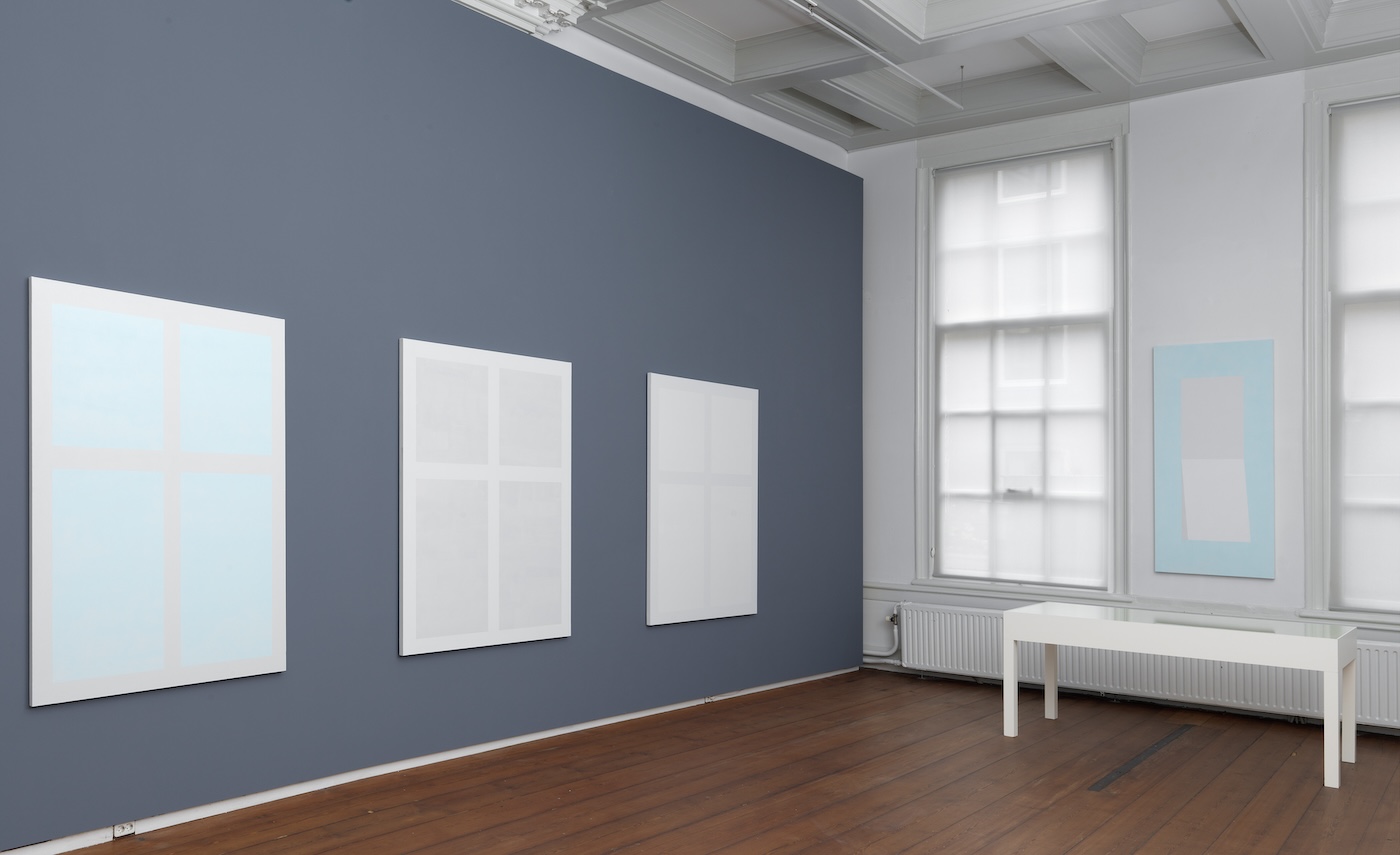
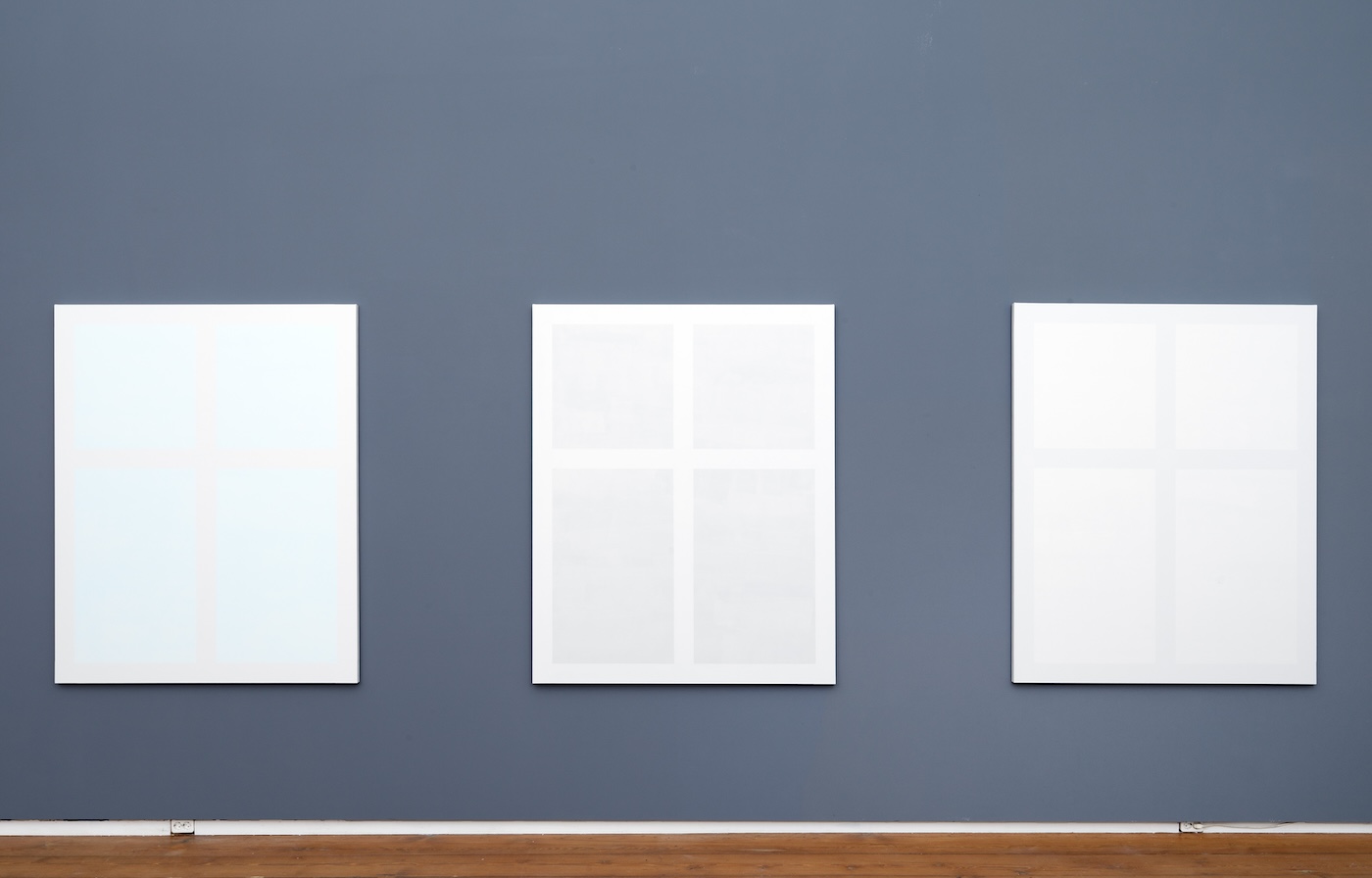
“Manual” at Upstream Gallery
August 31 – October 12, 2024
Photos by Gert-Jan van Rooij
Upstream Gallery is proud to present Manual, an exhibition of new work by Rafaël Rozendaal. This marks Rozendaal’s fifth exhibition with the gallery and shows a remarkable shift in his practice. He gained recognition by using the internet as his canvas, but for his latest series of works, he turned his attention to the traditional canvas.
Rozendaal has been highly successful with his digital artworks, as well as his prints, tapestries, and other art objects that translate the digital into the physical world. His pioneering status was cemented with his first major solo museum exhibition at the Folkwang Museum in Essen in 2023. However, Rozendaal’s artistic journey is unpredictable and unconventional. Last year, for the first time in his career of 25 years, Rozendaal rented a studio (previously, he needed nothing more than a laptop) and started painting. His earlier works were produced from intensive collaborations with experts in fields such as coding, weaving, or printing, but now he is working “manually” for the first time—using his hands, acrylic paint, and canvas, working by hand results in a less controlled approach compared to his earlier works, which compels him to embrace accidents and enjoy the process. It seems like an unusual choice for one of the world’s most renowned digital artists. However, despite the new medium, his signature style is unmistakable, and his visual language is rooted in the digital world.
The exhibition features 12 of Rozendaal’s sketchbooks from the past six years, showing how his concepts take shape. For him, the creation of each new work begins by hand. Sketching is a method of thinking on paper for the artist, where lines replace words in shaping ideas. For years, these sketches were precursors to his digital works—pieces that are interactive, dynamic, or driven by chance, producing infinite, ever-evolving images. The fluidity of the digital medium allowed for continuous movement, where images never settled. Yet over time, Rozendaal’s work slowed. He began to create images that didn’t need animation. This shift led him to explore different materials, from enamel on steel (“Mechanical Paintings”) to colored plexiglass (“Extra Nervous”), ultimately arriving at painting.
Unlike the flat, textureless surface of a phone or computer screen, painting offers a tactile, imperfect experience. The ease of working digitally, where sketches could be transformed into colorful shapes without the constraints of physical space or materials, kept Rozendaal from painting for a long time. On a computer, he could experiment fearlessly; there was no need for storage or supplies, and every mark was easily undone. The digital space became an environment of infinite possibilities, a stream of consciousness without limits. But painting requires a different mindset. It is a constant negotiation with accidents—deciding which ones are valuable and which need to be discarded. Initially, Rozendaal approached painting with the idea of setting up a process that could be executed by anyone, like a factory. However, he quickly discovered that the joy of painting lay in the accidents and that spending time in the studio was more fulfilling. Painting became a source of joy, and the process of learning through exploration, rather than expertise, opened new doors in his practice.
Rozendaal quickly discovered a pleasing texture using a roller with very thin paint. The roller offered a more industrial, accidental quality compared to the nuanced variability of a brush. By applying multiple layers of diluted paint, he creates depth, with each additional layer contributing to a richer, more opaque color, in contrast to the transparency of a single layer. The colors Rozendaal uses are functional, in the sense that they serve the subject in the composition. But this does not mean that color is less important – he often chooses a color that appeals to him first and comes up with a subject later. In his digital work, he was used to working with very limited color systems. On the web, a color like red is defined by a simple hexadecimal code. In painting, the same color becomes a complex, multifaceted experience, where variations in hue, application, and surface can transform it entirely. This imperfection is what makes painting so intriguing for Rozendaal—colors interact with each other in ways that seem more dynamic than in other mediums. A red placed next to a blue strengthens both, while red next to orange creates a completely different experience.
Rozendaal’s use of figuration in the paintings is not meant to tell stories or make statements, but rather to explore abstraction. He seeks how few lines are needed to evoke familiar subjects, such as a landscape or a glass of water, something he calls “minimal figuration”. He reduces a subject or scene to a universal language, like diagrams. Rozendaal is fascinated by the tension between the recognizable and the physical reality of painting—where his subjects become a dialogue between the image and material.
Ultimately, Rozendaal views the essence of art as the encounter between personality and material. He learns from each medium and responds to it in his own way. His entire body of work—whether digital, woven, or painted—has always acted like painting in some form. He arrived at a language for painting that is shaped by his background as a digital artist and his beginner’s mindset, bringing a fresh and unconventional approach to the traditional medium.
15 paintings

24 03 23 Envelope, 168 x 105 cm
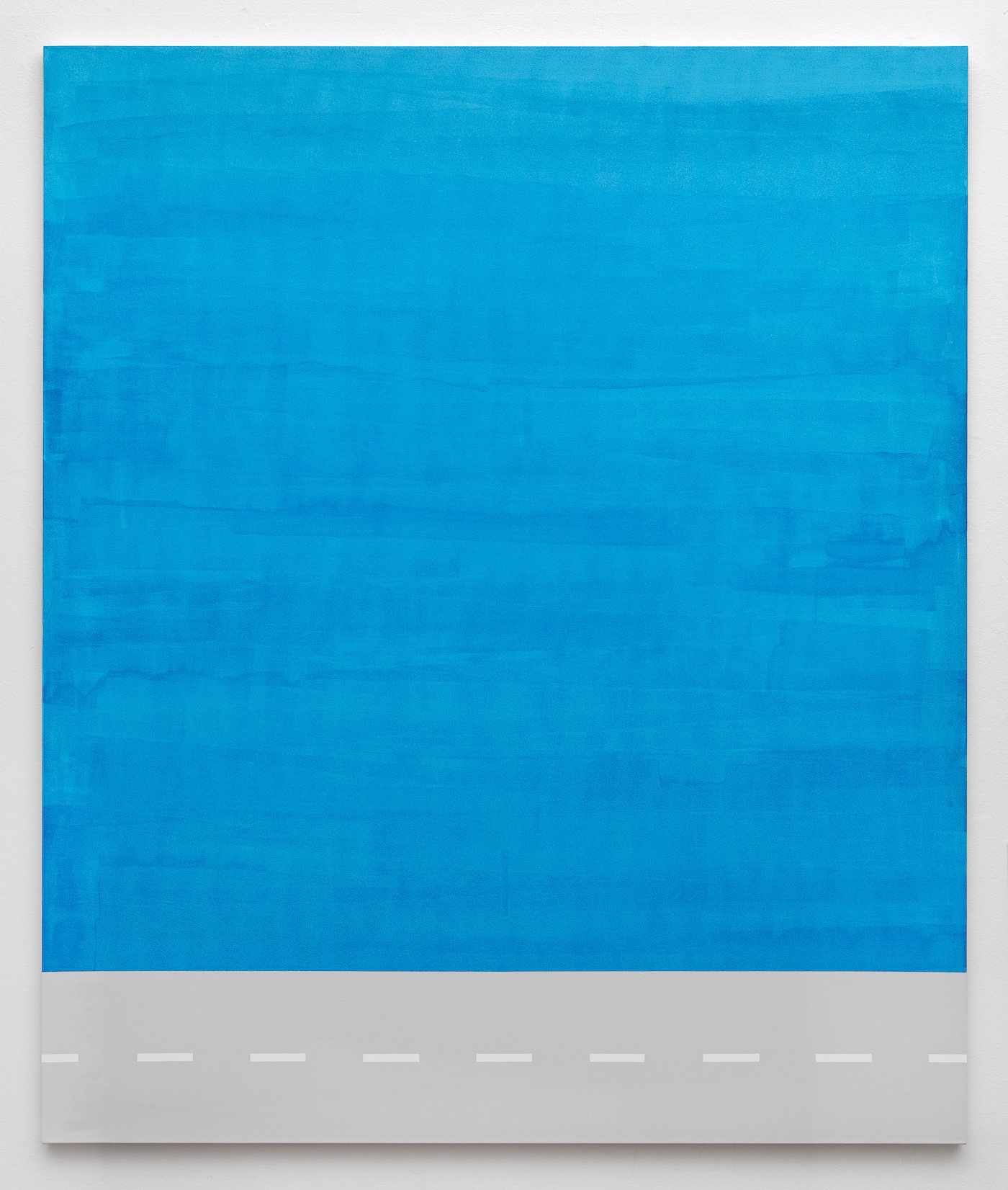
24 02 22 Road and Blue Sky, 135 x 160 cm
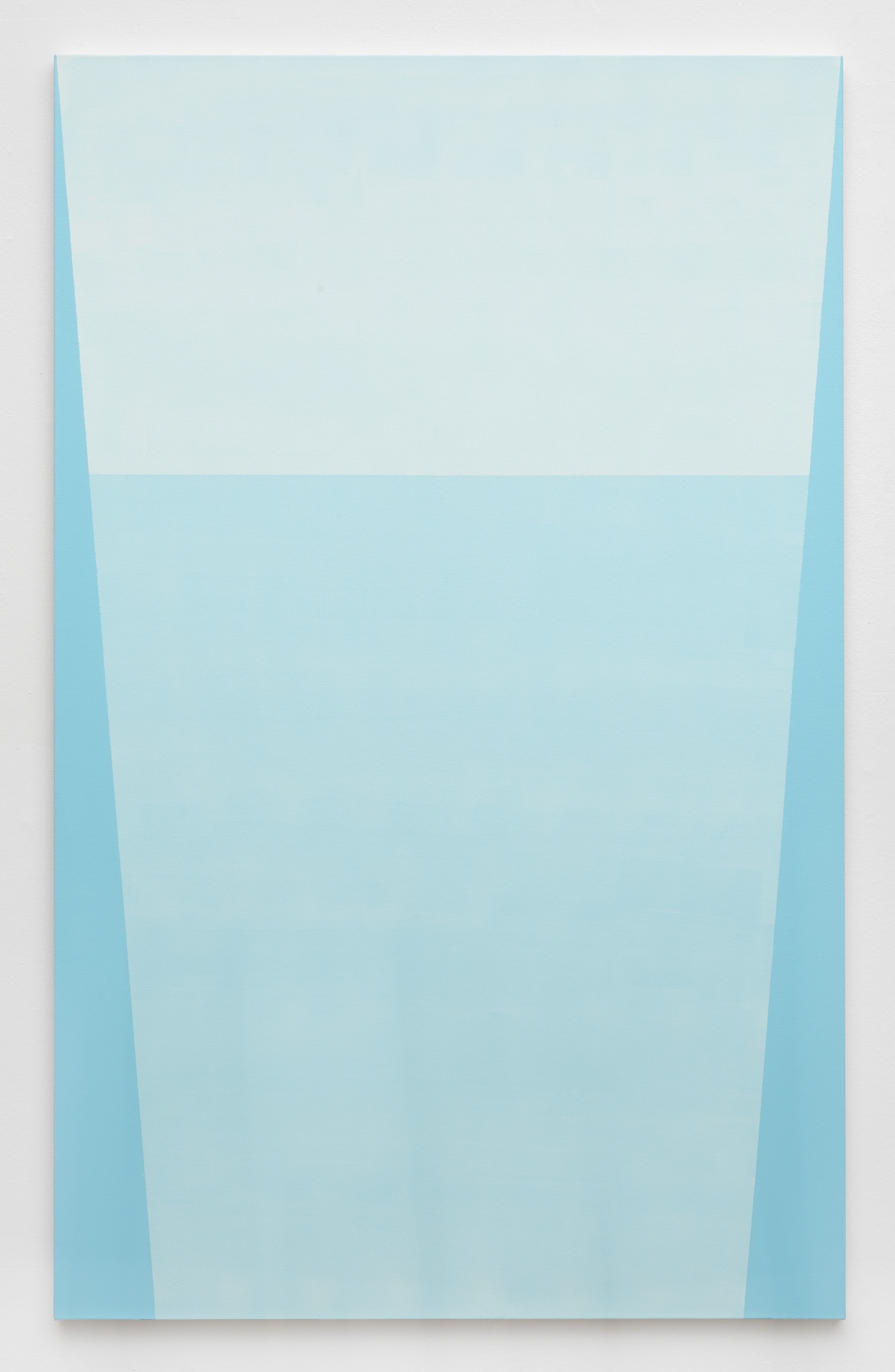
24 01 14 Glass of Water, 104 x 168 cm
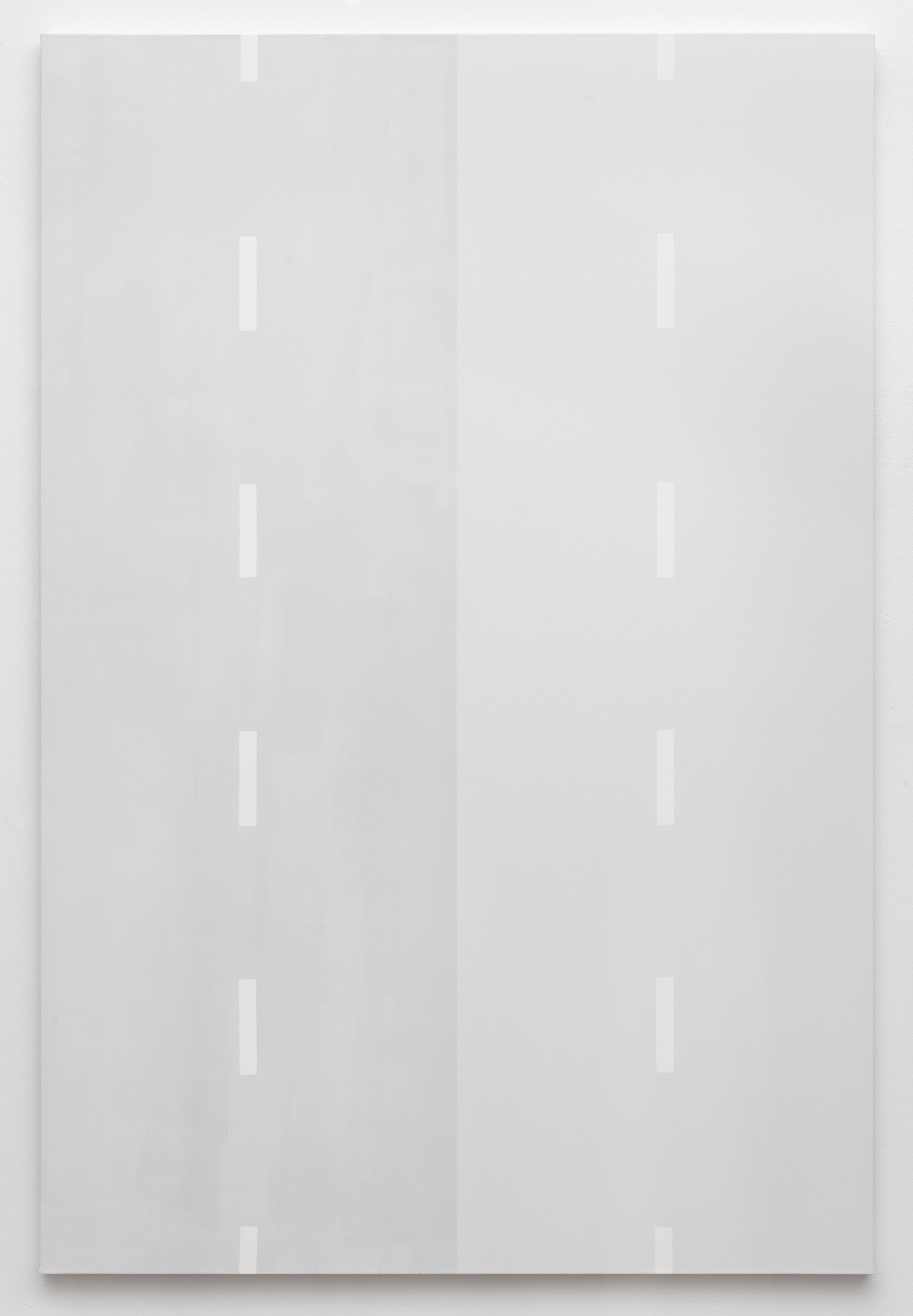
24 01 17 Double Road, 114 x 170 cm
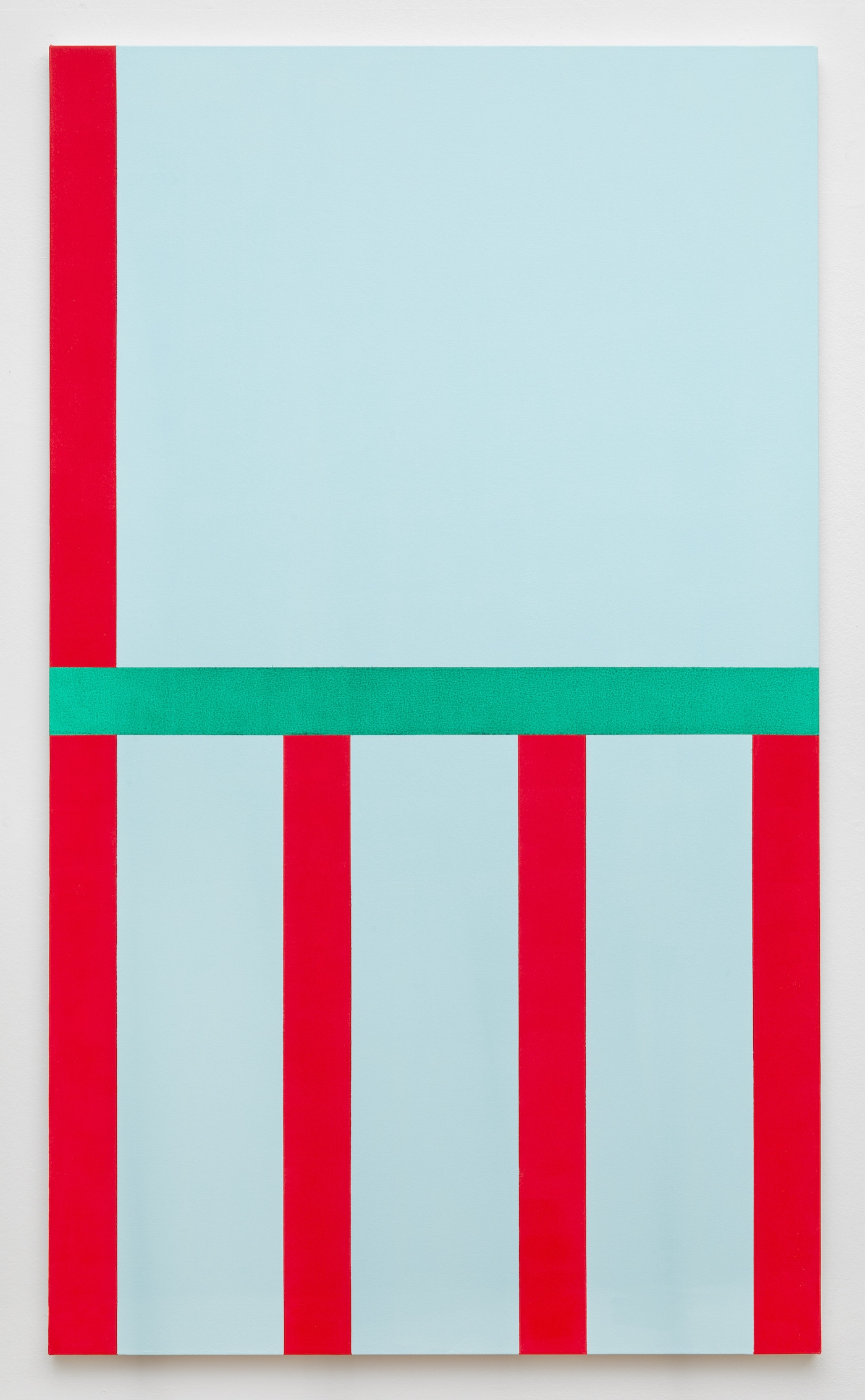
24 02 12 Red Green Chair, 170 x 98 cm
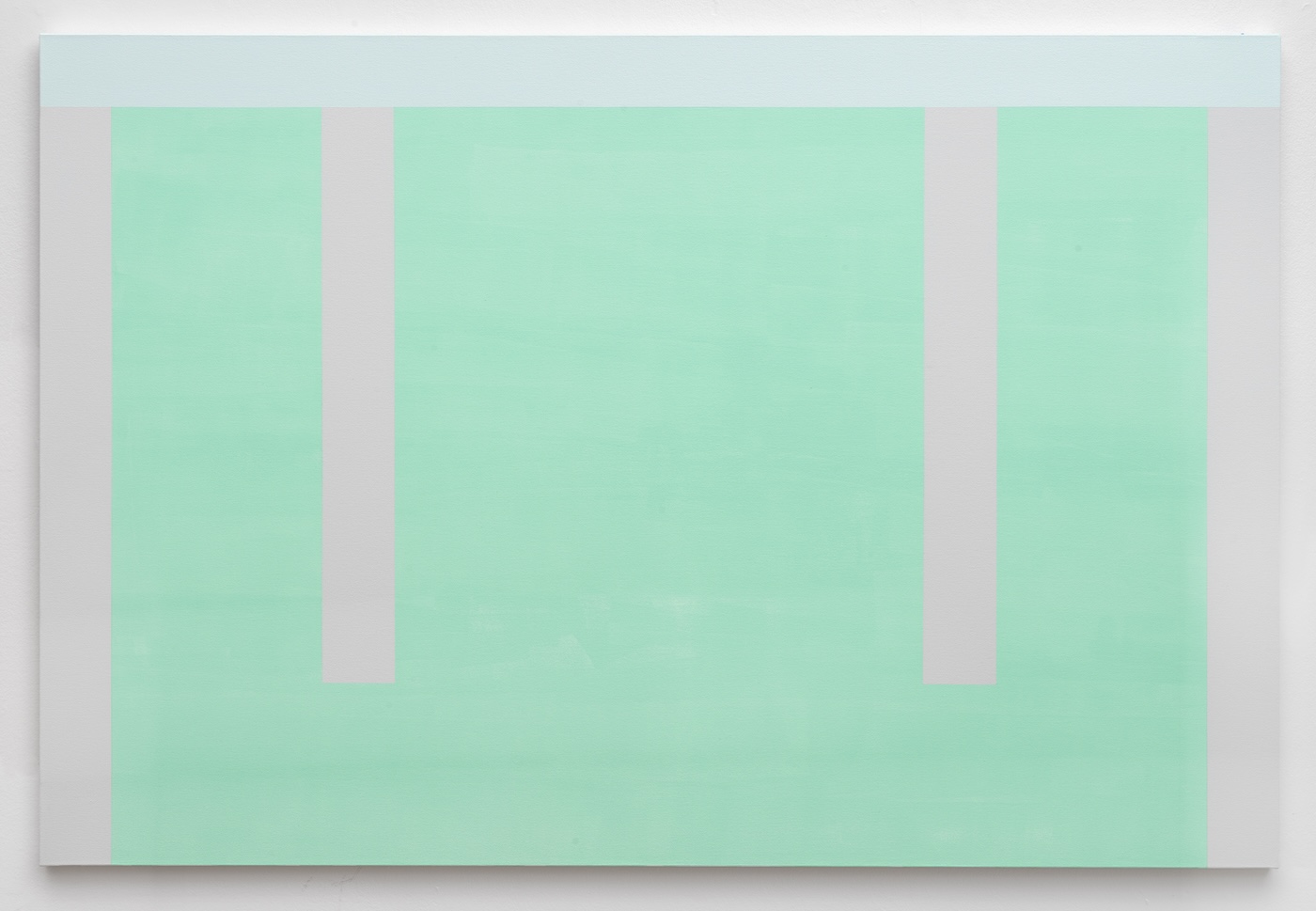
24 02 16 Table, 150 x 100 cm
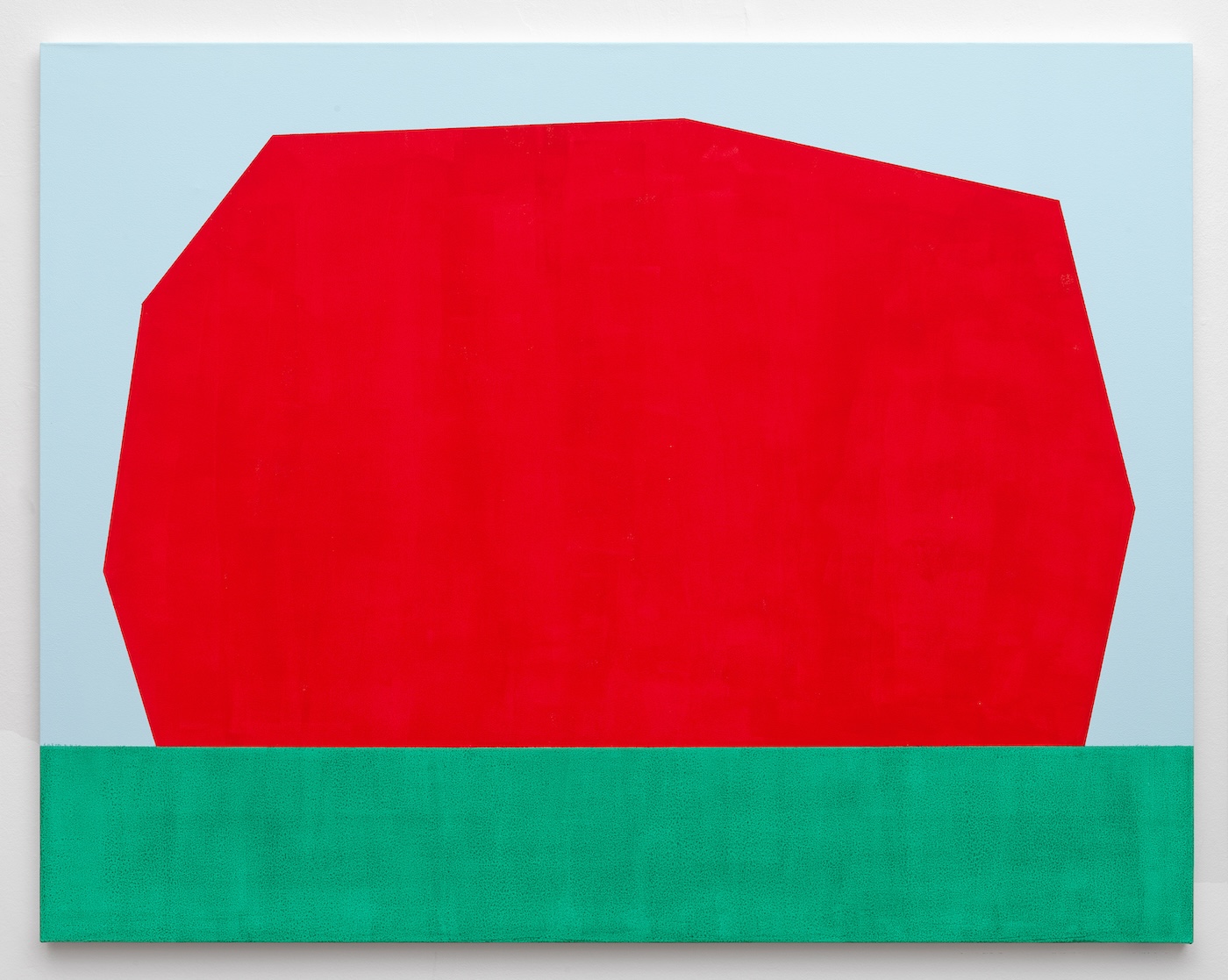
23 11 21 Red Rock, 152 x 119 cm
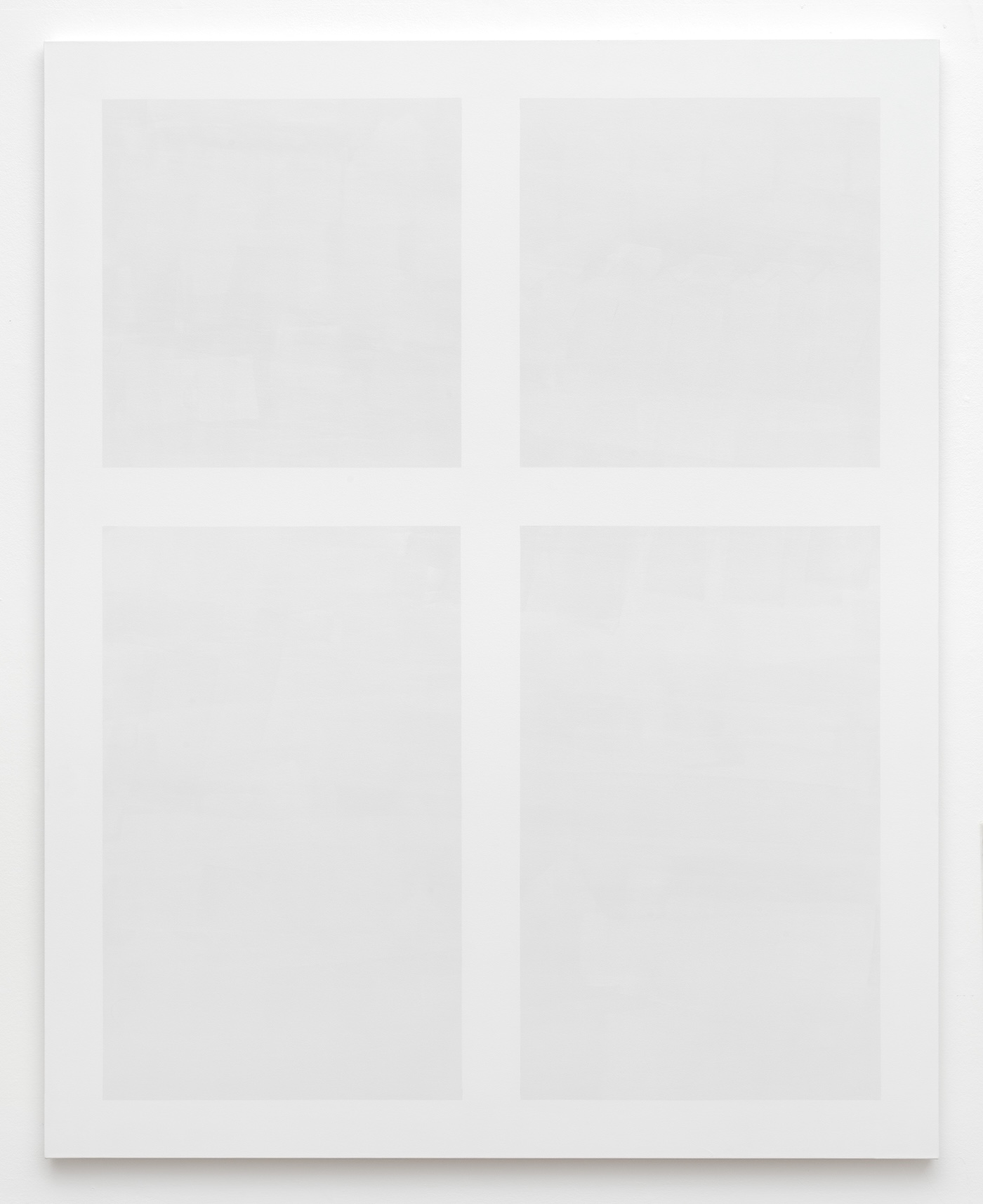
24 02 27 Grey Window, 170 x 136 cm
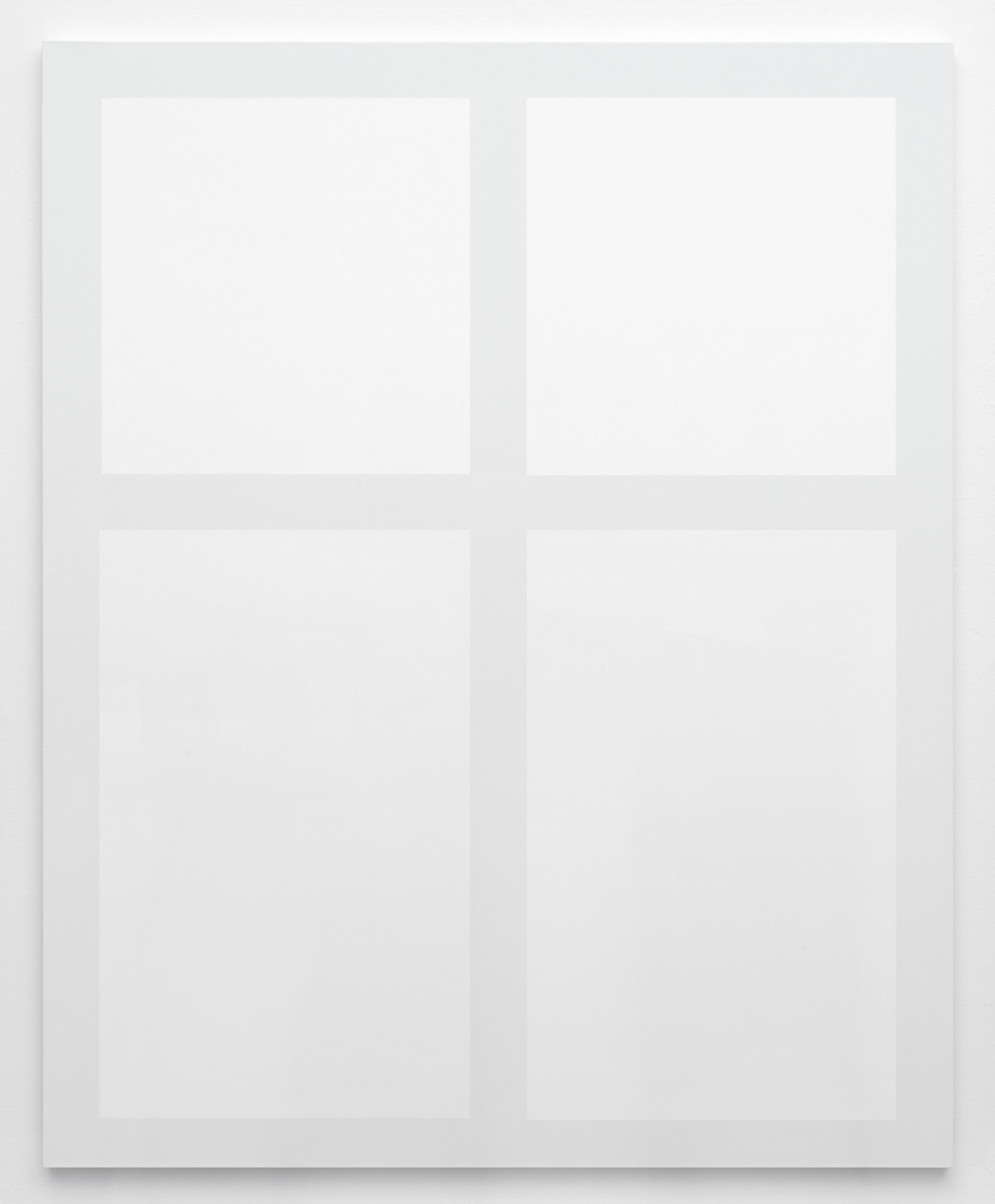
24 05 30 Light Grey Window, 170 x 136 cm
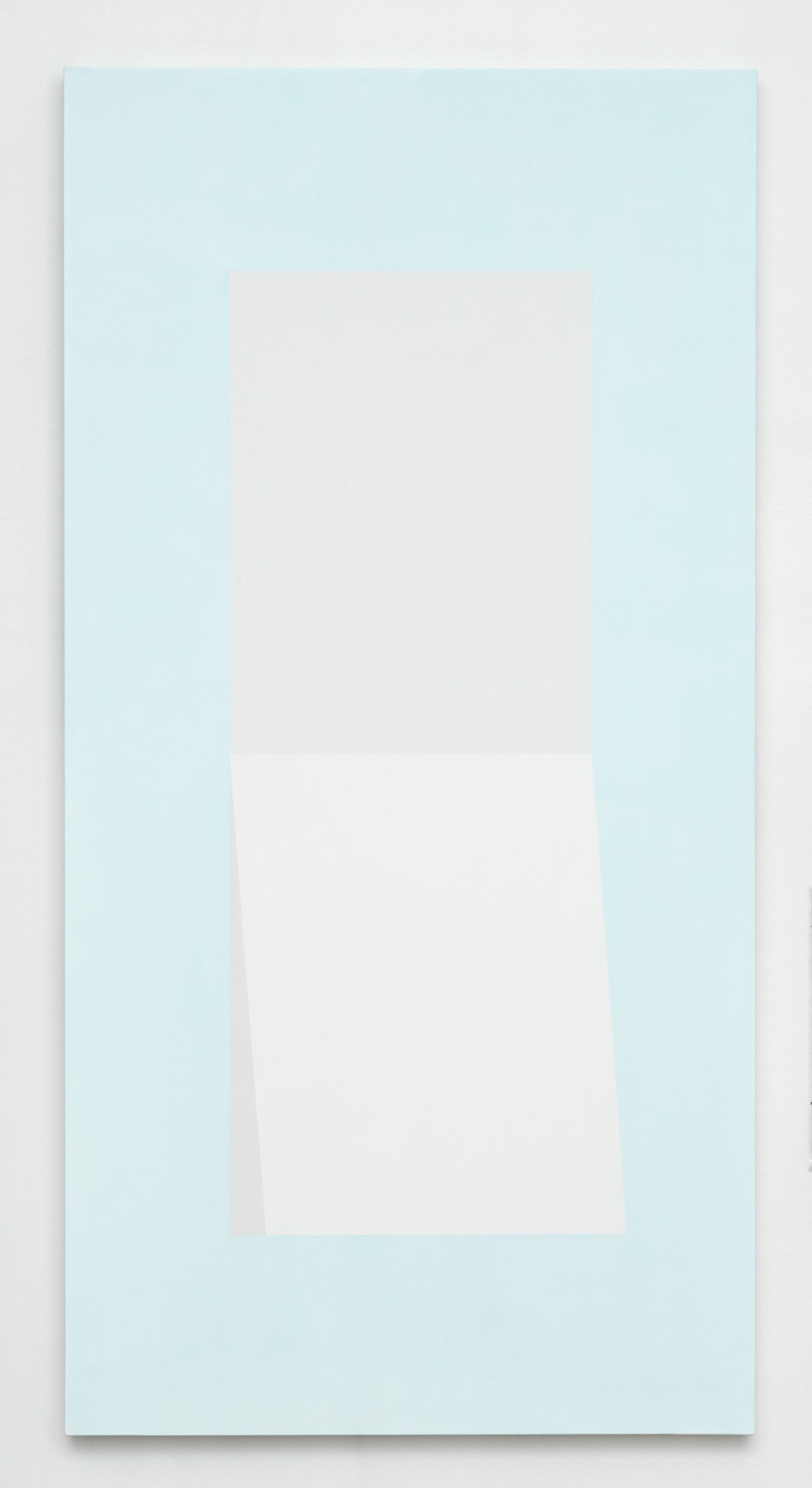
24 04 01 Light Switch, 86 x 170 cm
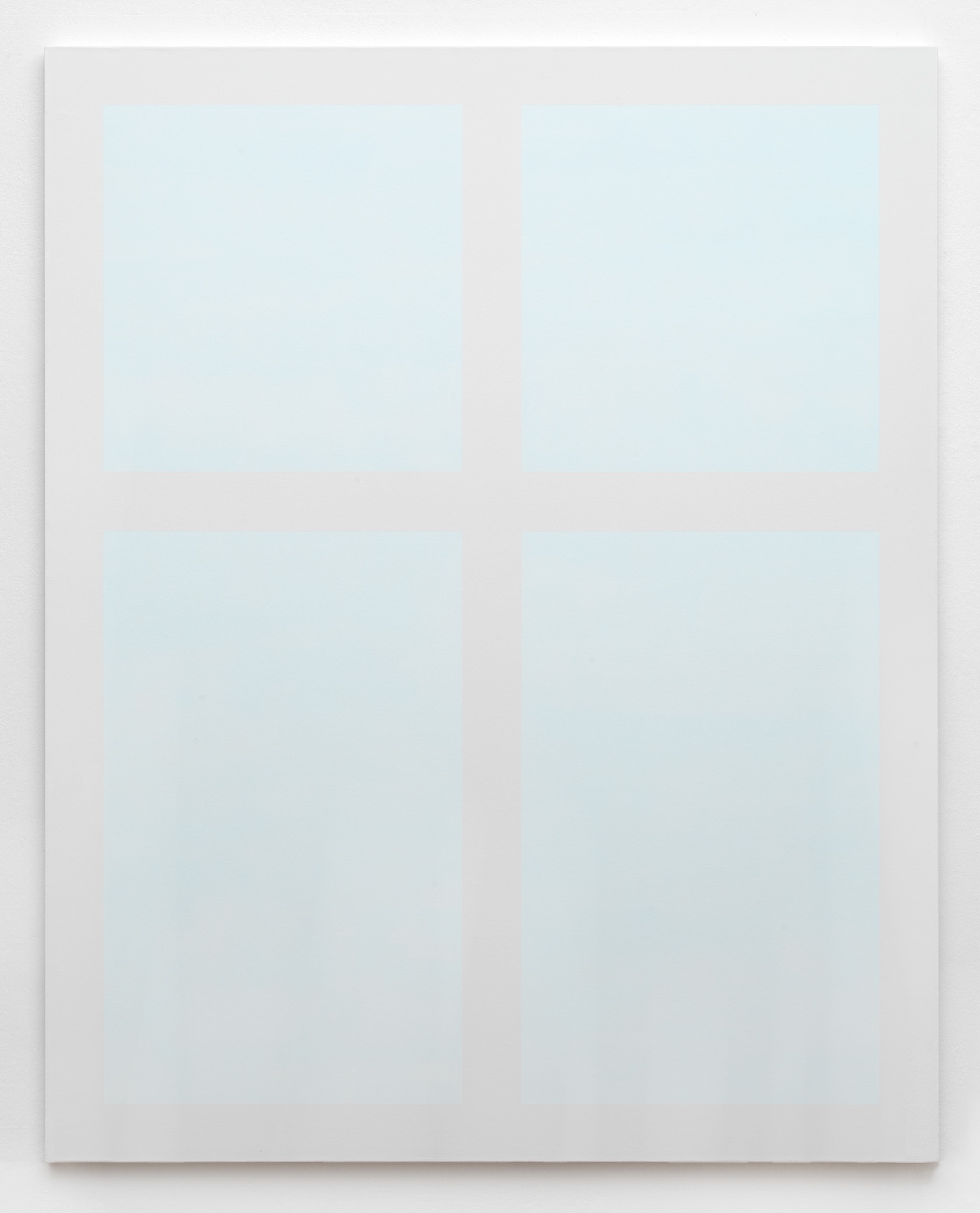
24 04 24 Light Blue Window, 170 x 136 cm
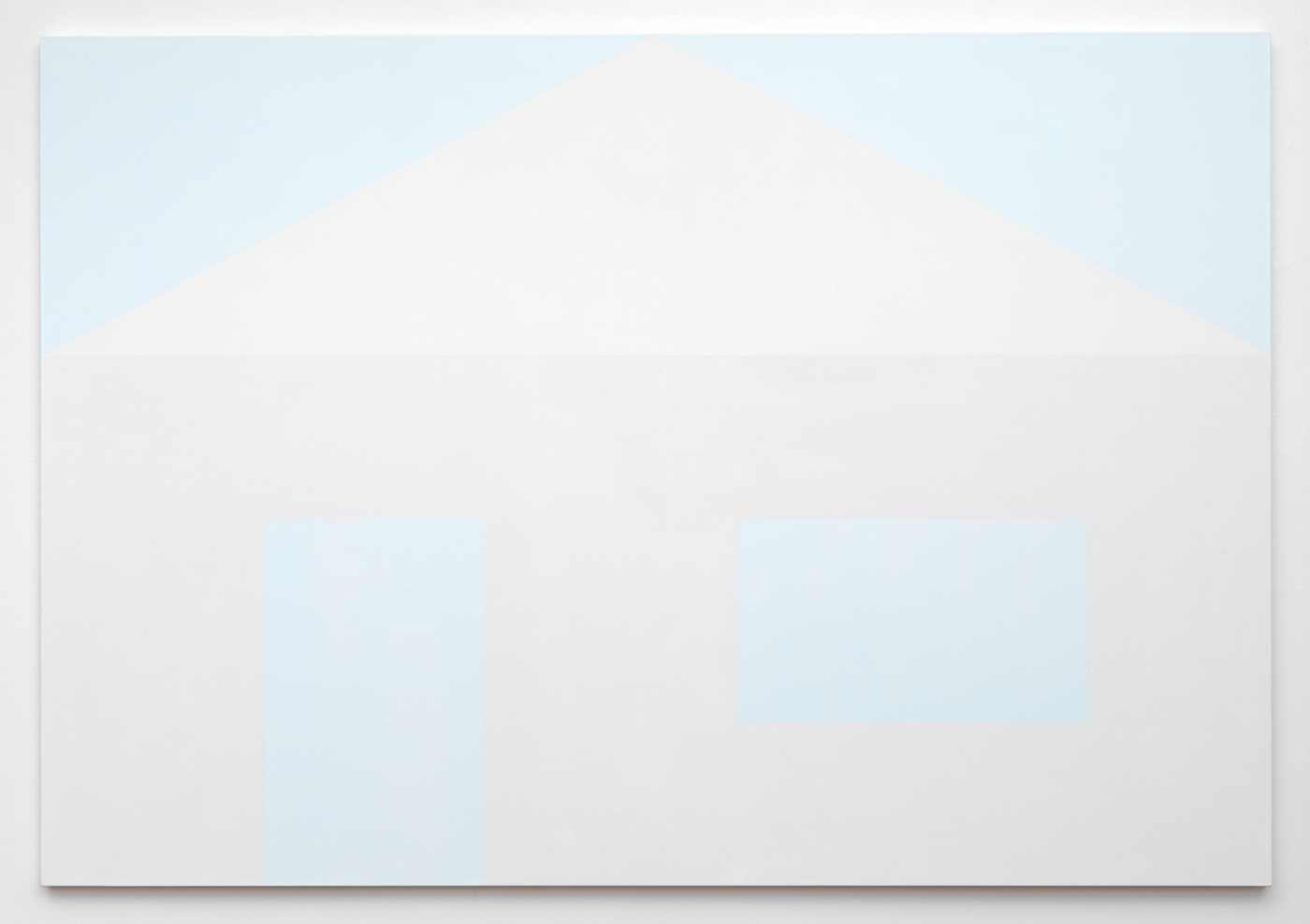
24 03 17 Grey House Blue Sky, 195 x 135 cm
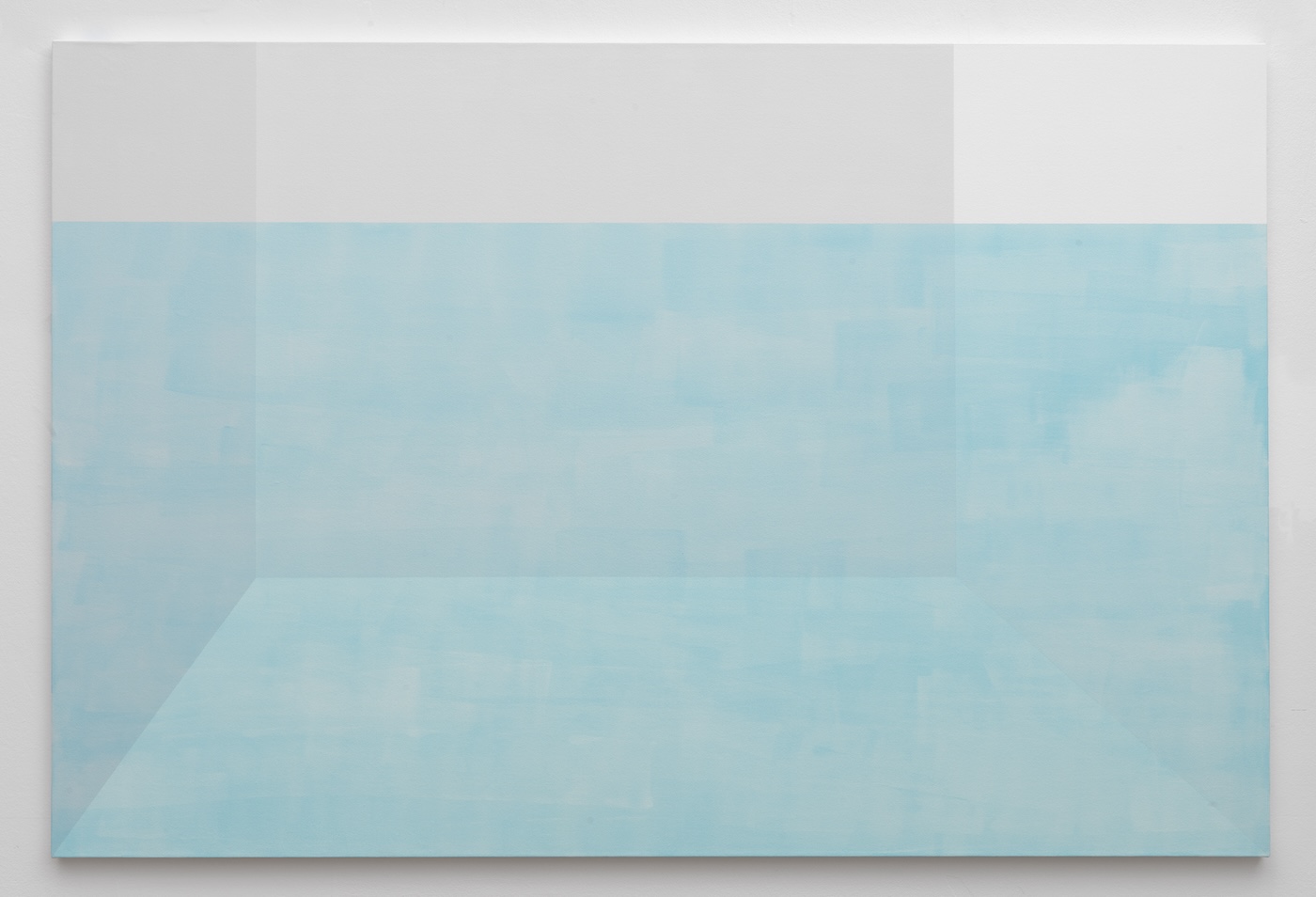
24 05 12 Swimming Pool, 170 x 114 cm
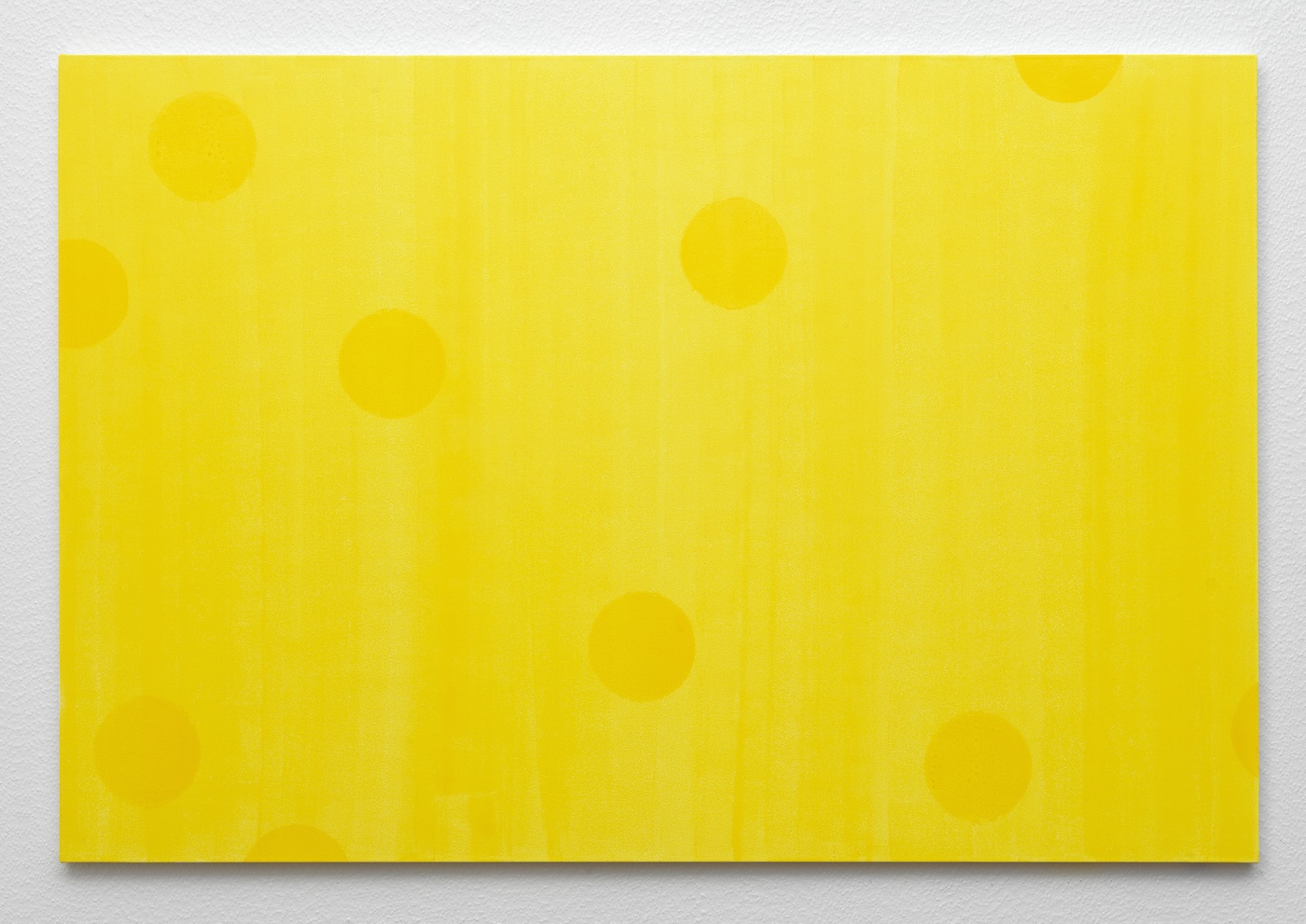
24 05 21 Cheese, 170 x 114 cm
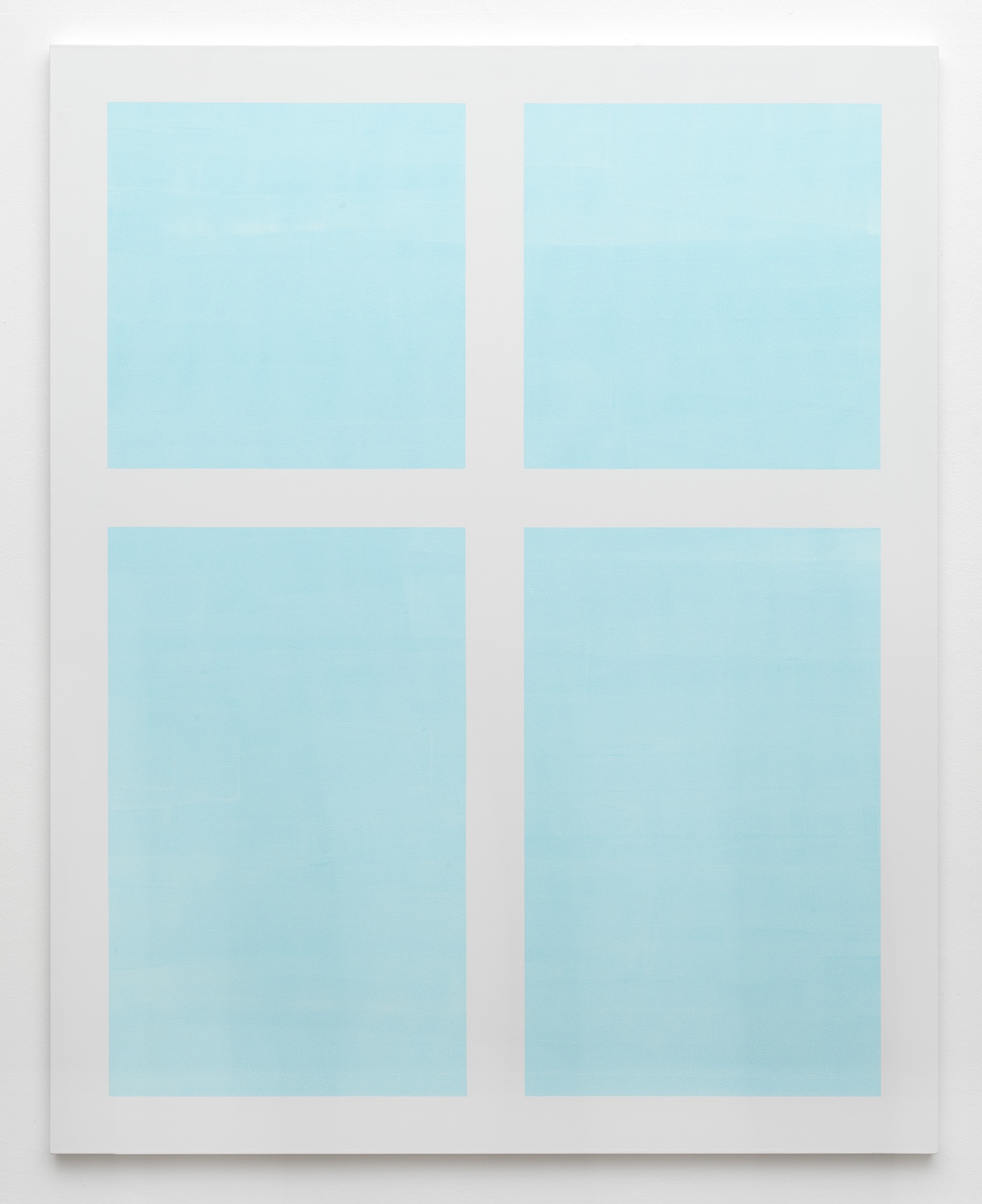
24 05 31 Blue Window, 170 x 136 cm
All works acrylic on canvas
Photos by Gert-Jan van Rooij
Into Time at Pola Museum of Art
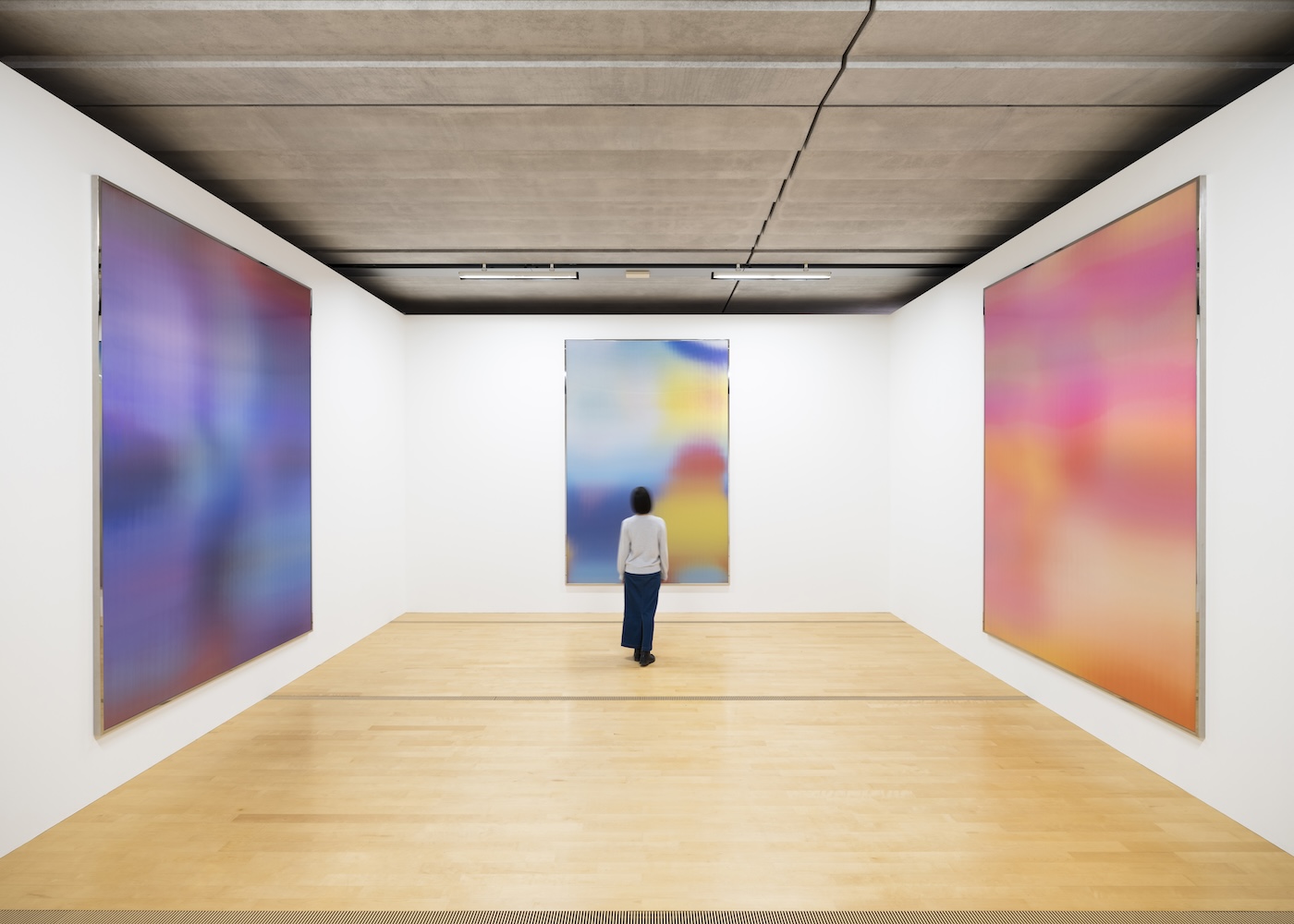
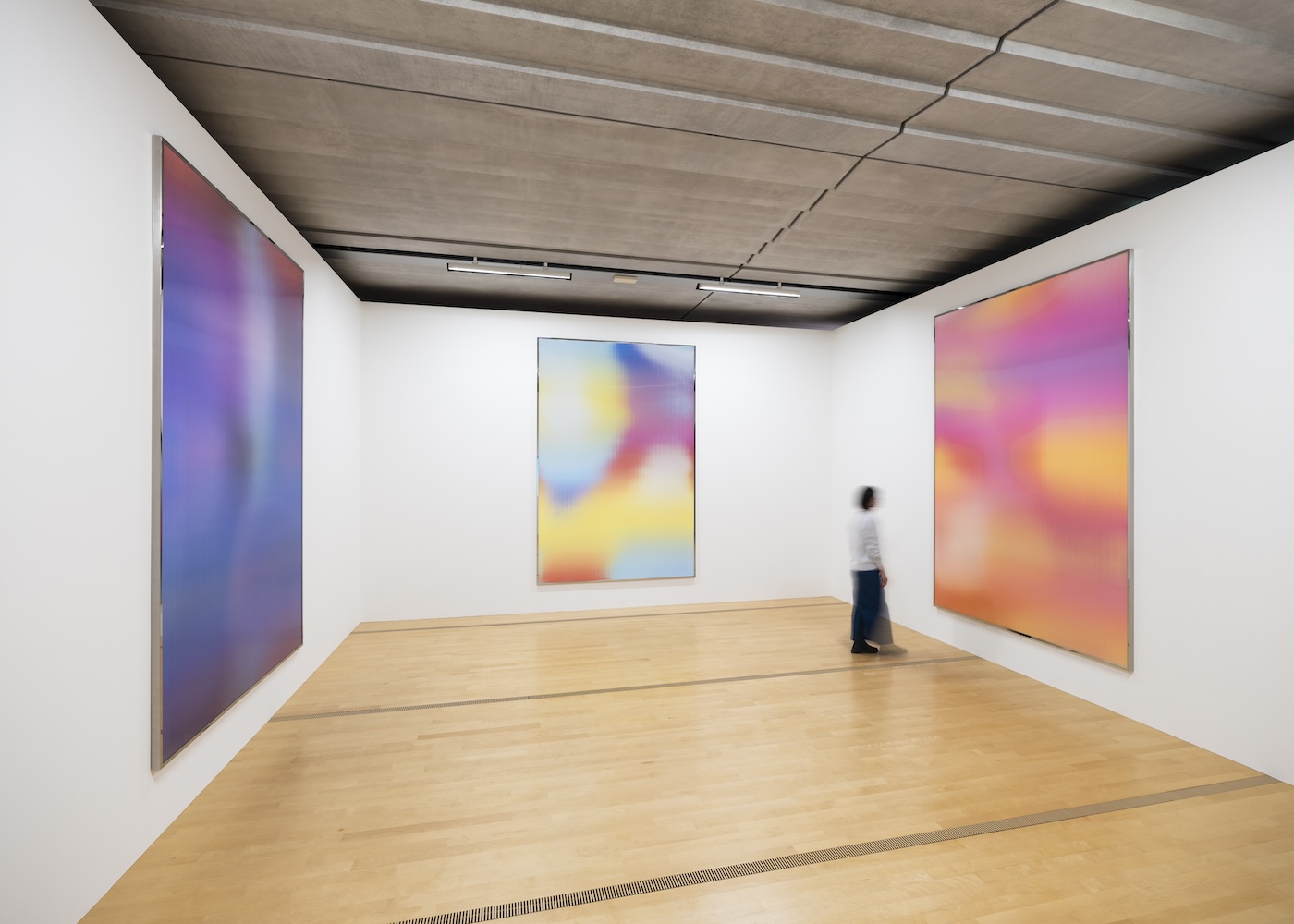
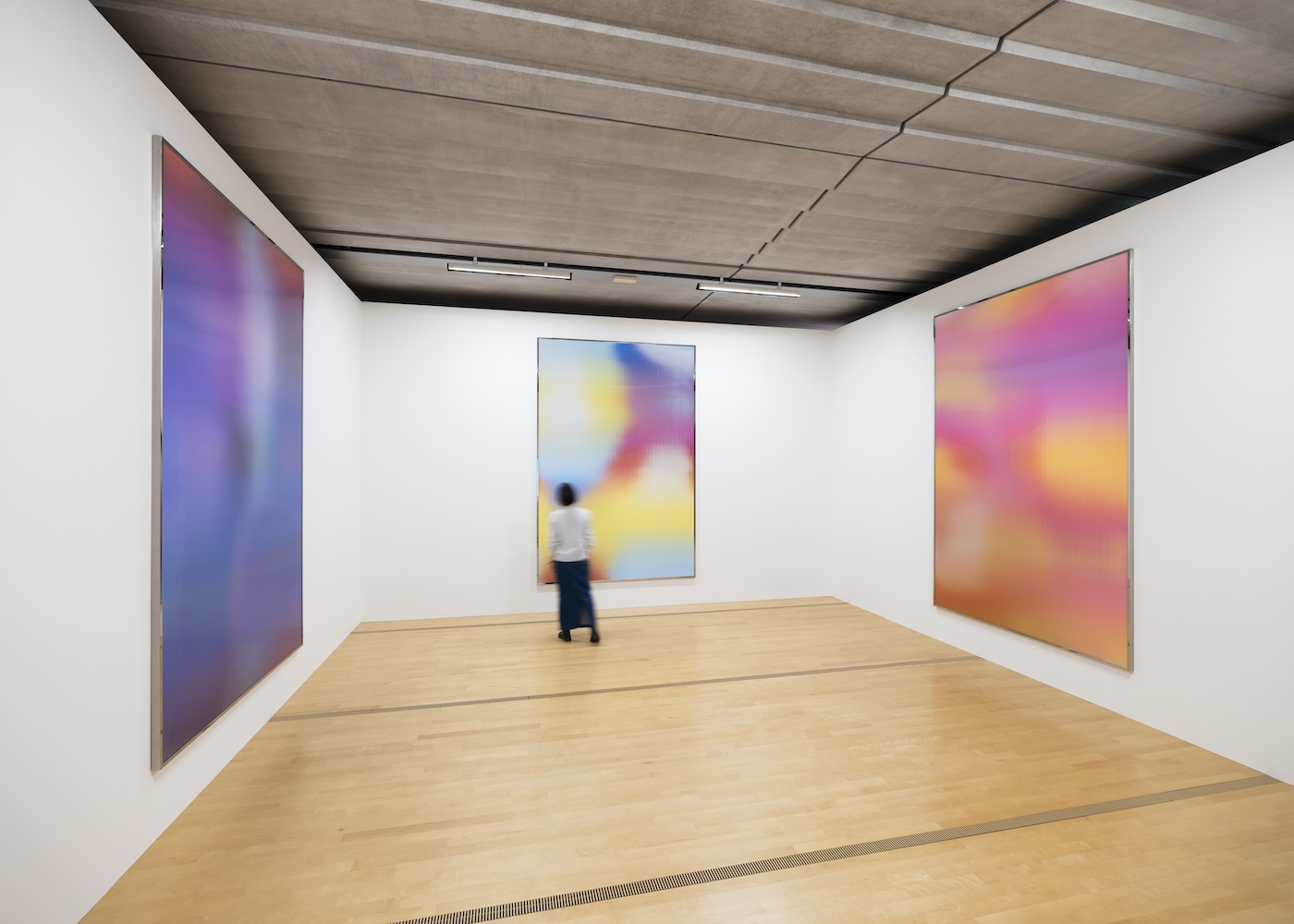
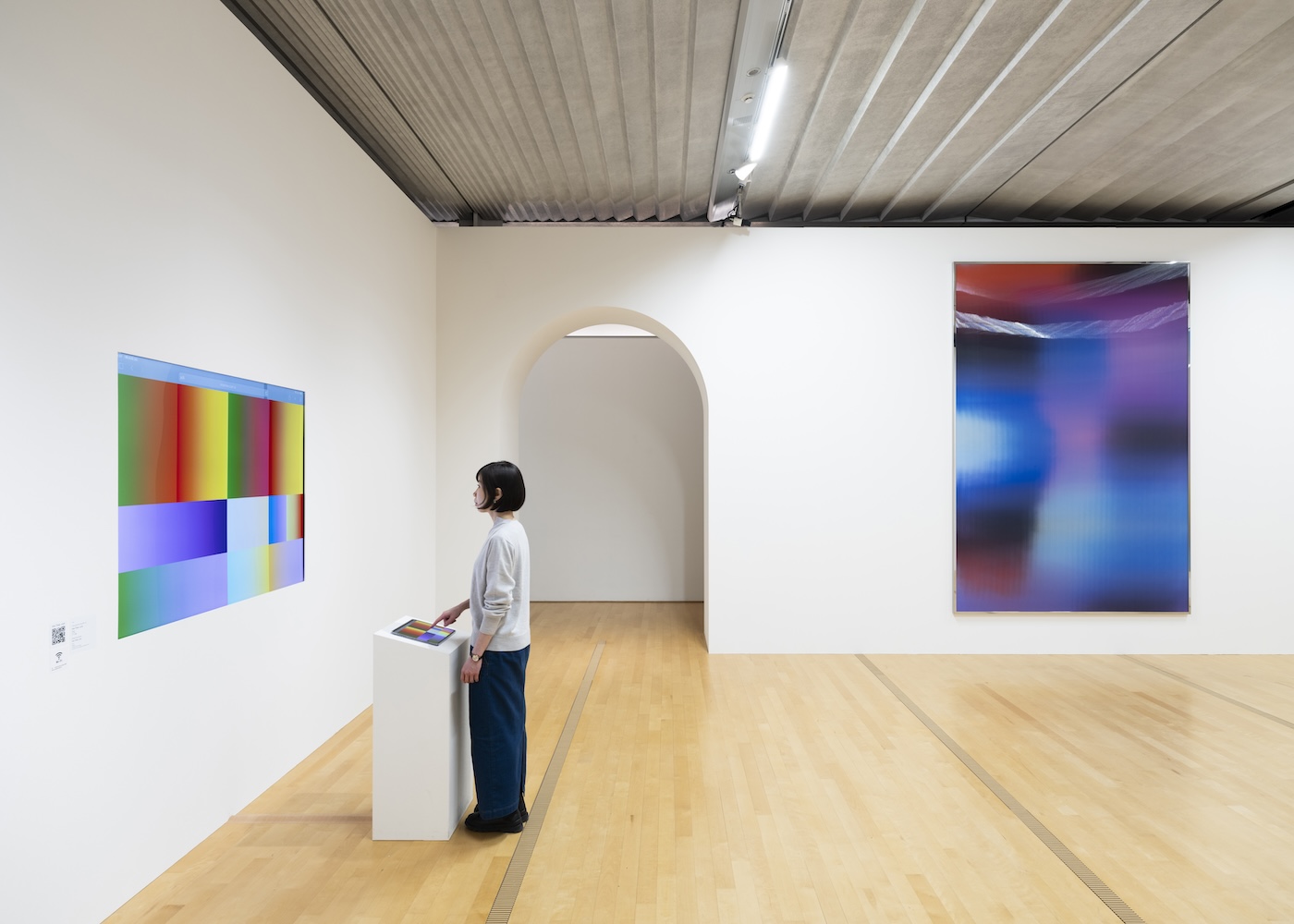
Pola Museum of Art, Hakone, Japan
Modern Times in Paris 1925 – Art and Design in the Machine-age
December 16, 2023 – May 19, 2024
© Rafaël Rozendaal
Courtesy of Takuro Someya Contemporary Art
Photos & video by Shu Nakagawa
Taboo
don’t make art on the internet, that will never work
don’t show websites in museums, they belong online
don’t make gallery objects, you’re a web artist
don’t write poetry, you’re not a poet
don’t use blockchain, that’s for investors
don’t paint, that’s for painters
81 Landscapes
81 Landscapes is a new collection of 81 fully on-chain artworks.
Smart Contract by Alberto Granzotto.
This is not a generative project. All colors were manually chosen… human intuition.
This project will be “released” next year. I decided to mint them early, the works were ready, and I like the feeling of having a record when the work was first complete. But none of these are for sale till some time next year.
Into Time 22 10 series
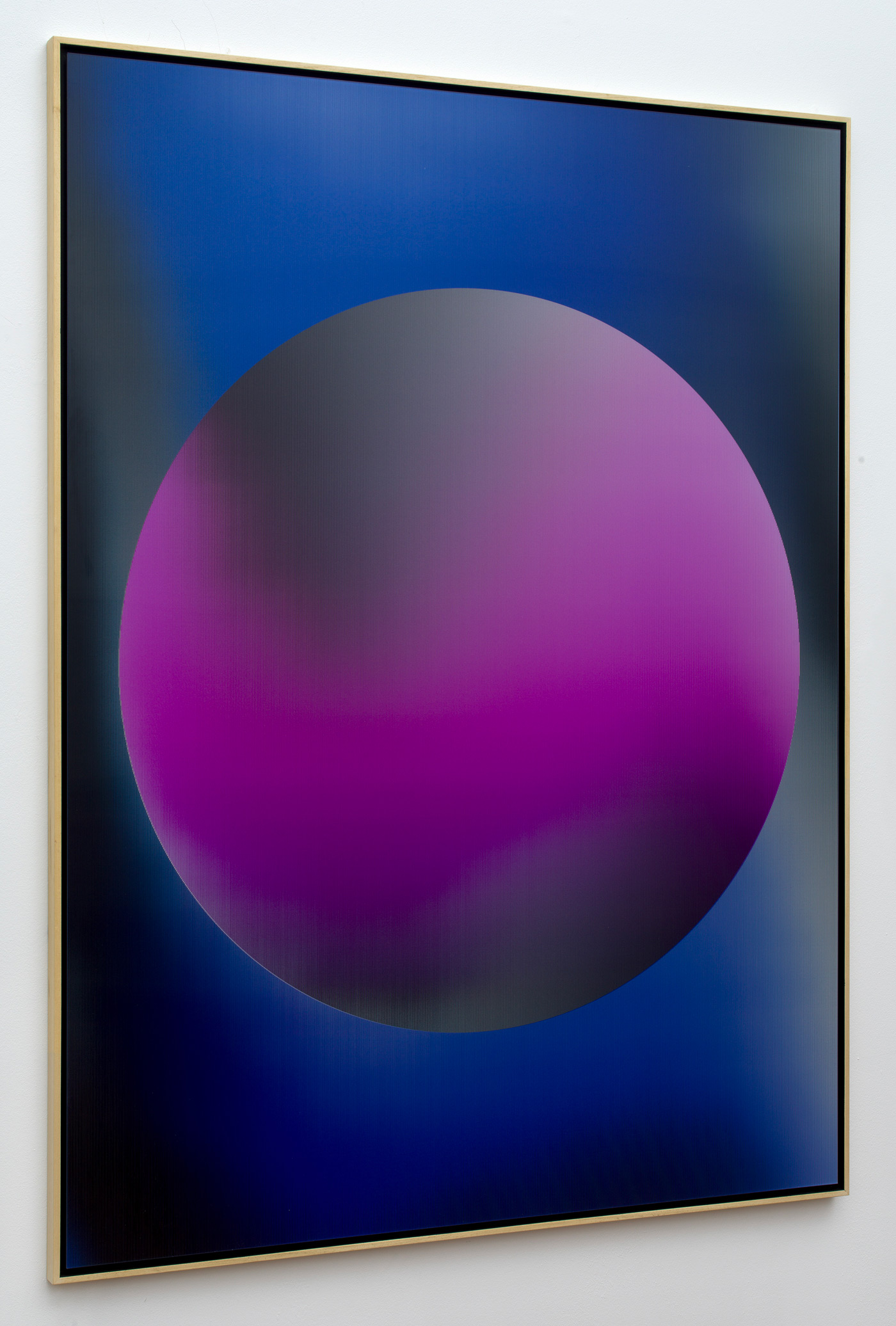
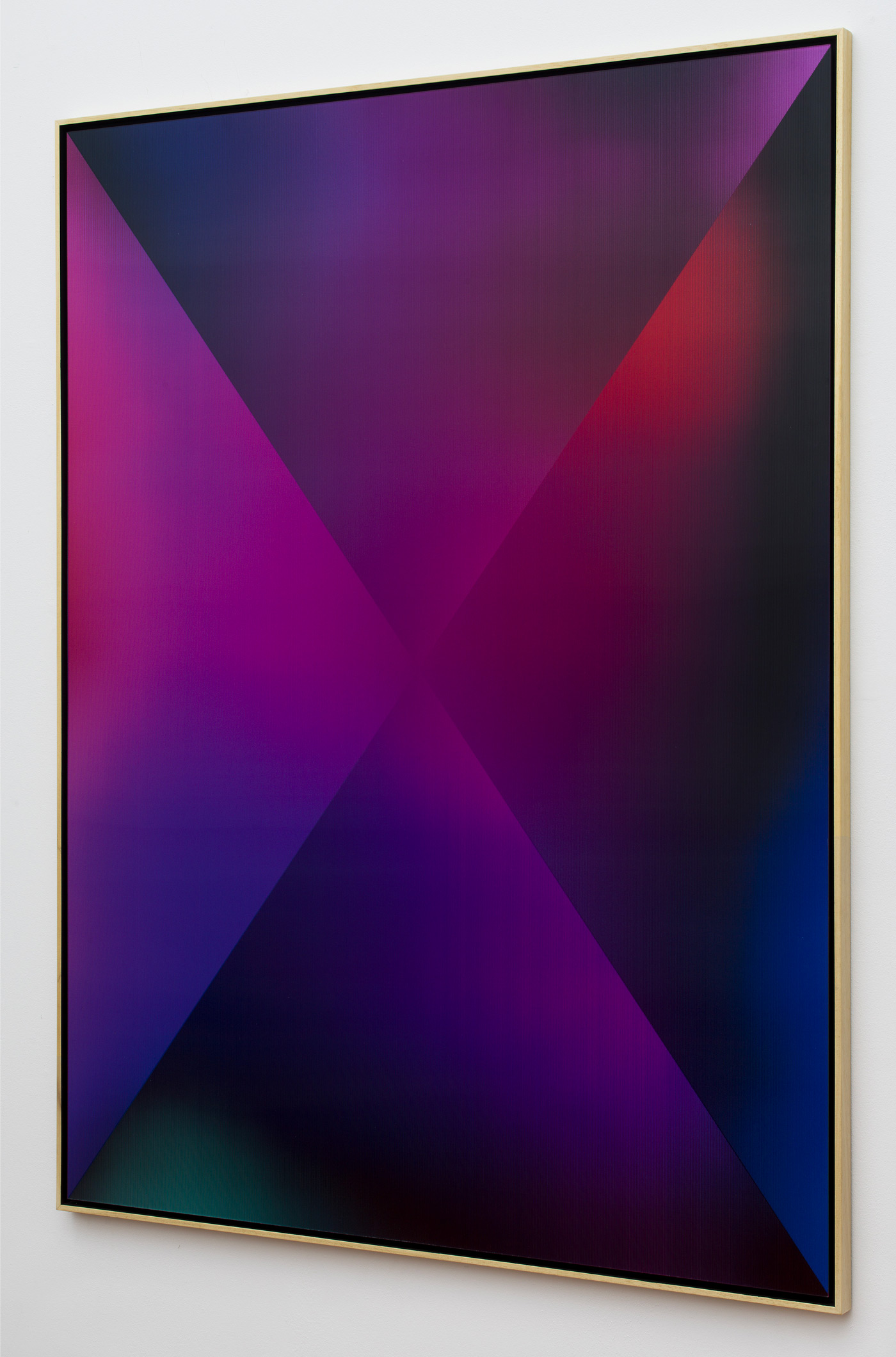
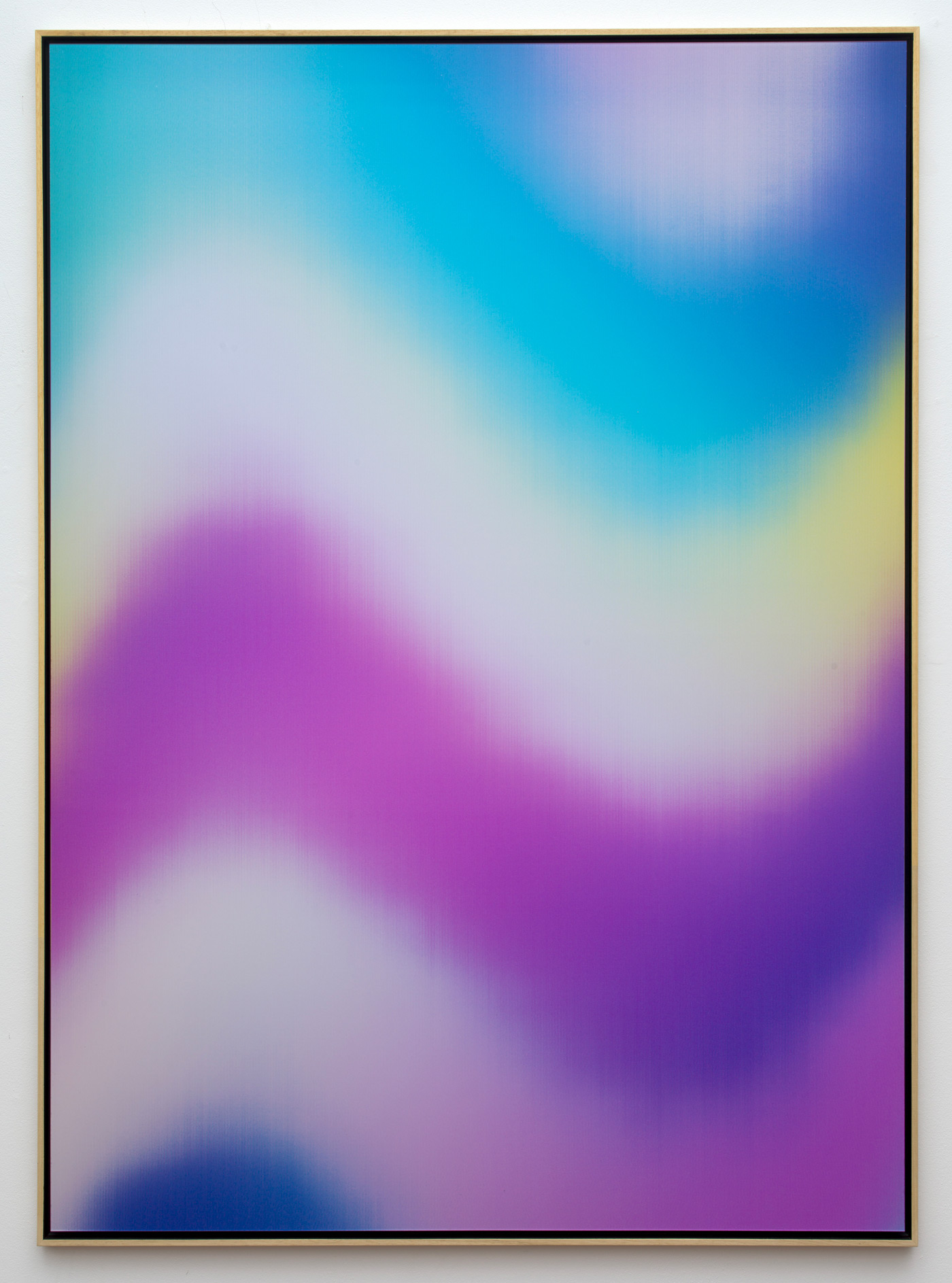
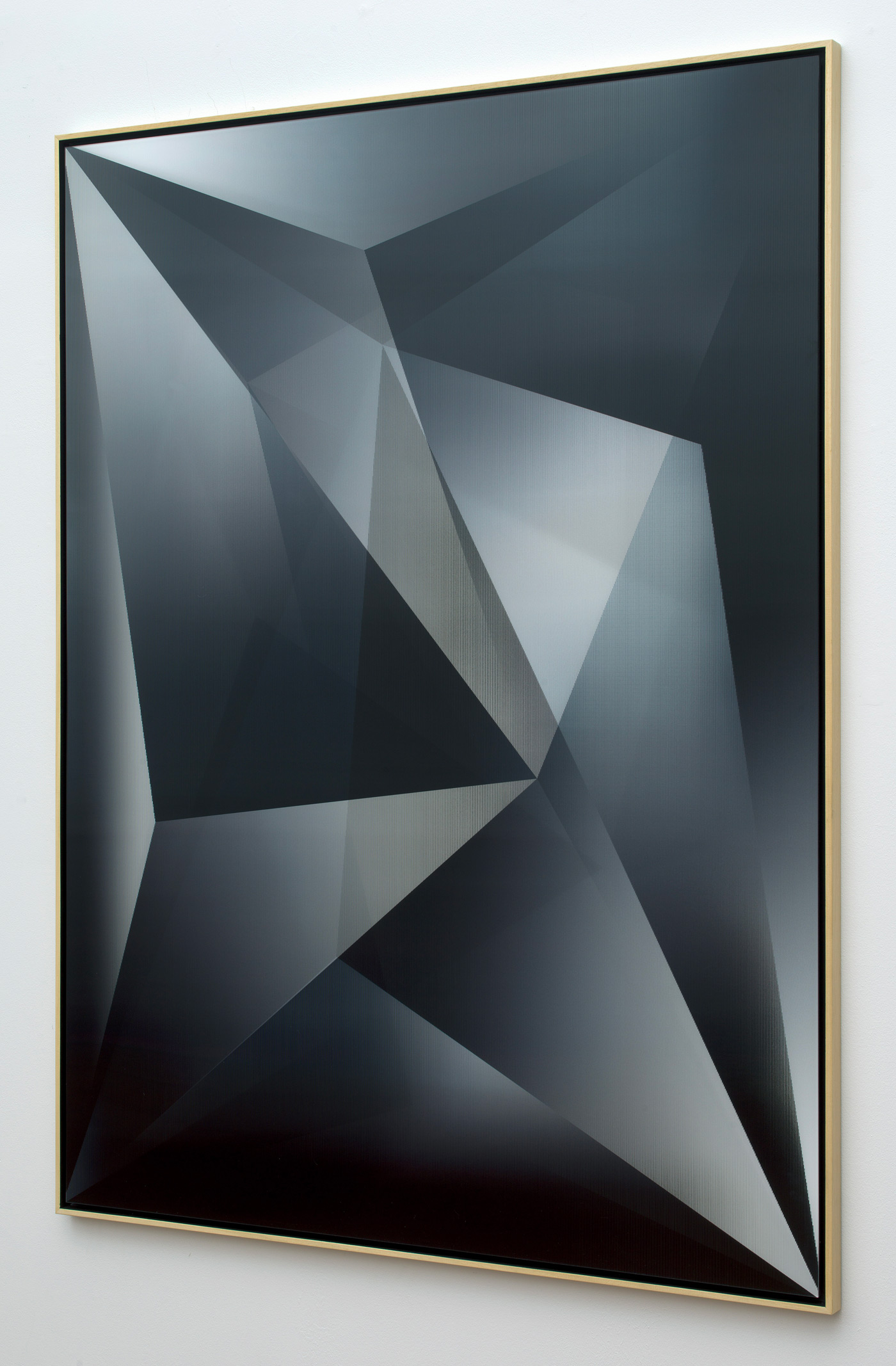
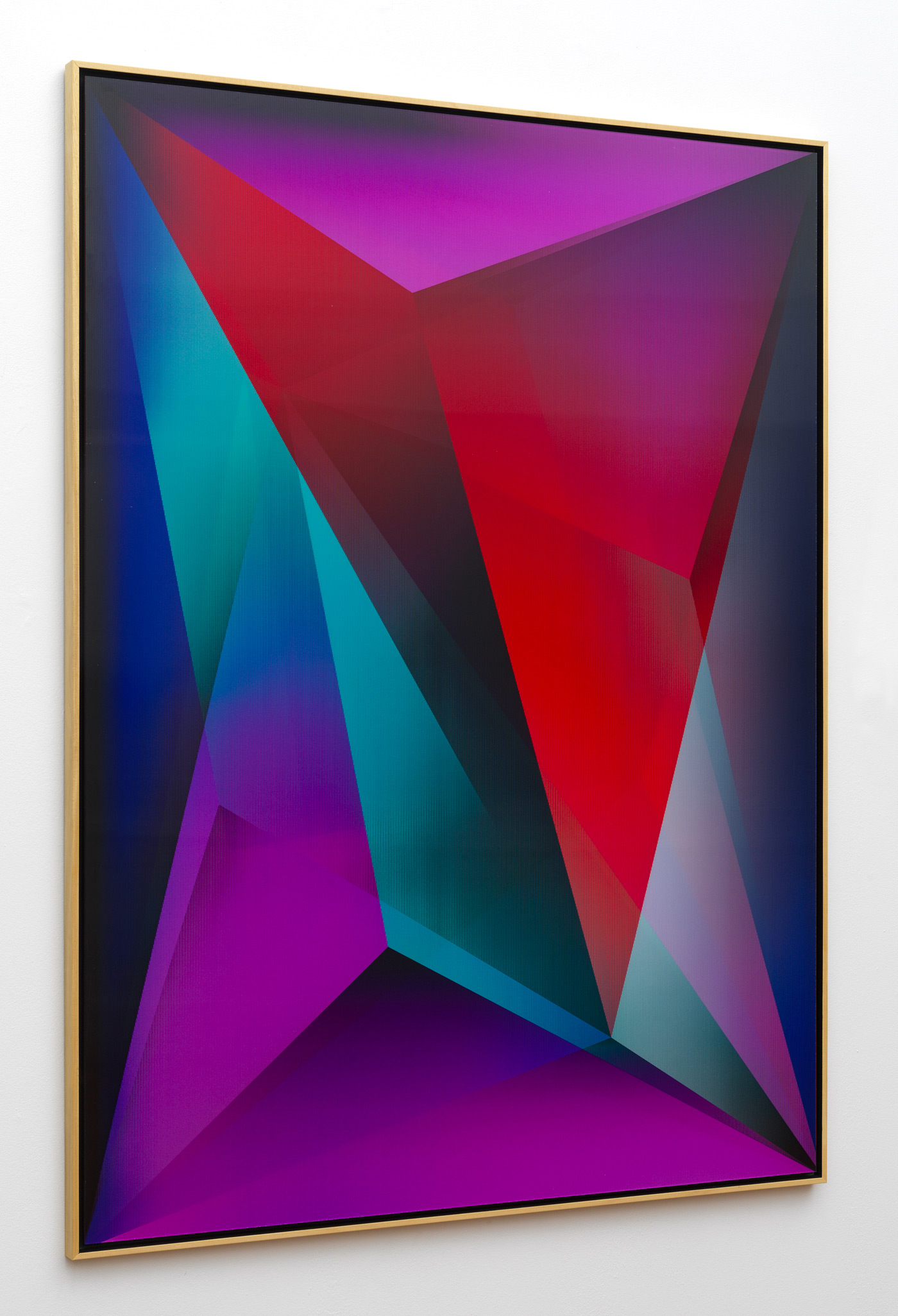
Into Time 22 10 series
Framed lenticular prints
160 x 120 cm
Courtesy of Upstream Gallery
Photos by Gert-Jan van Rooij
Homage at Josef Albers Museum
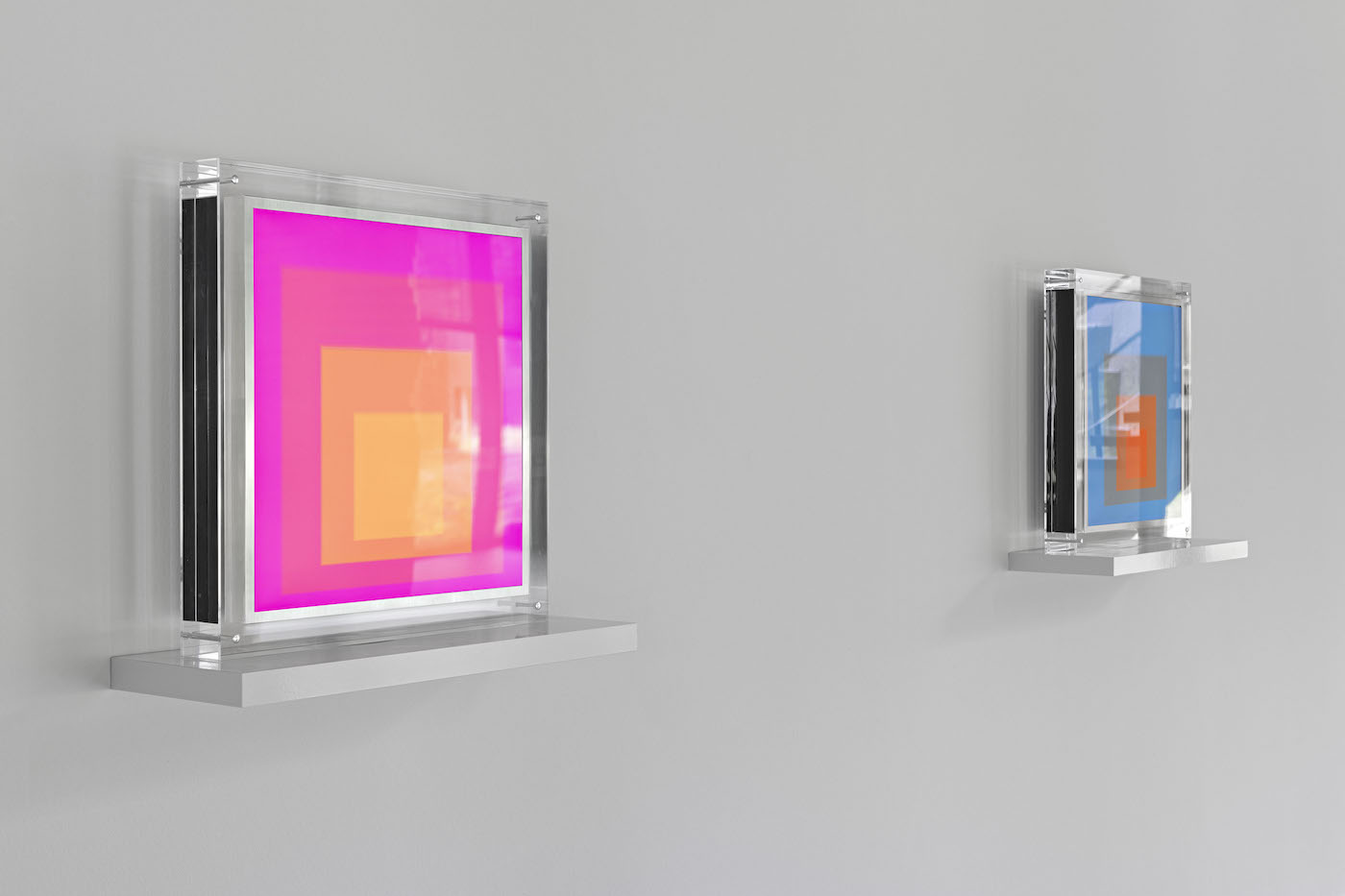
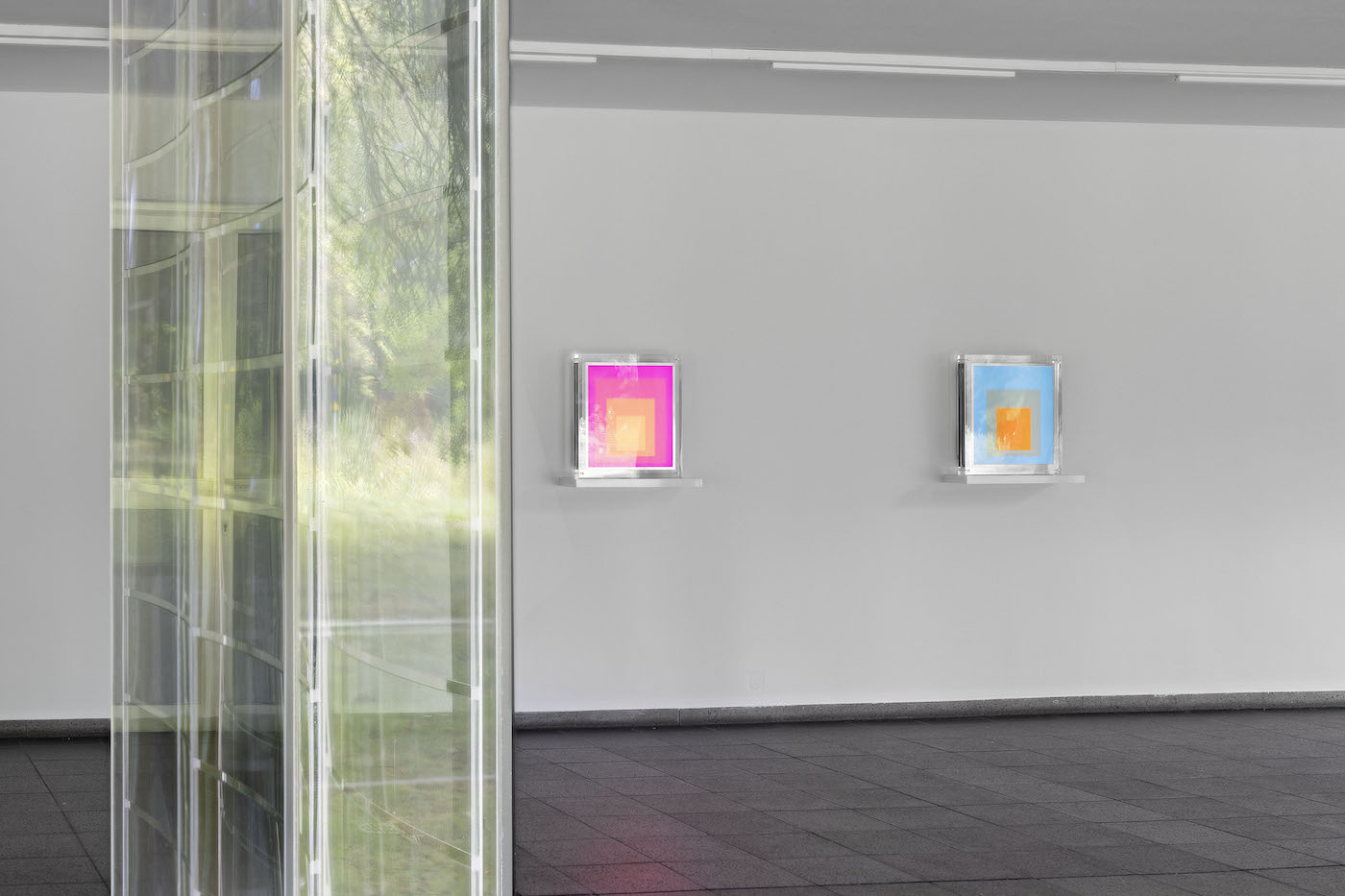
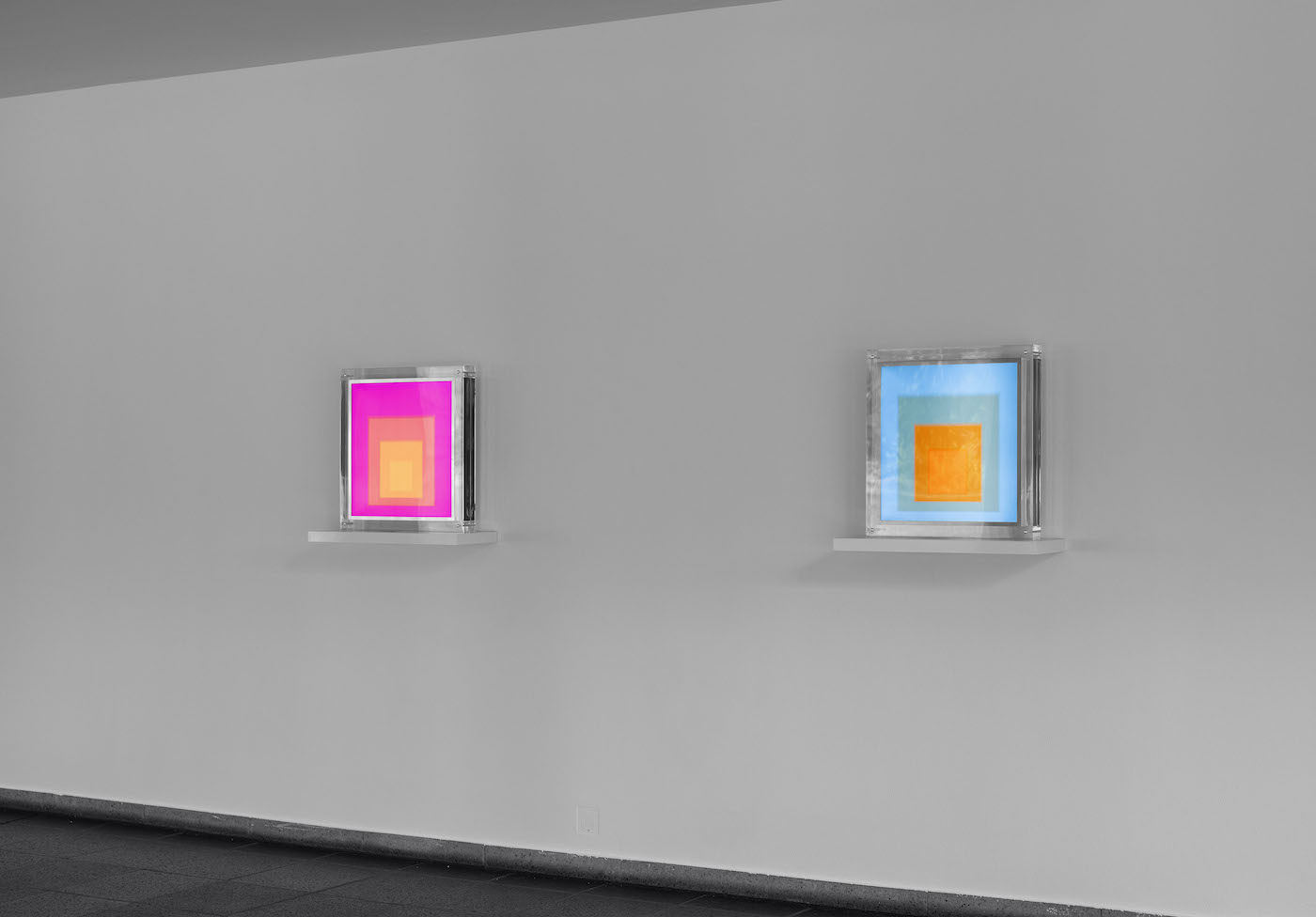
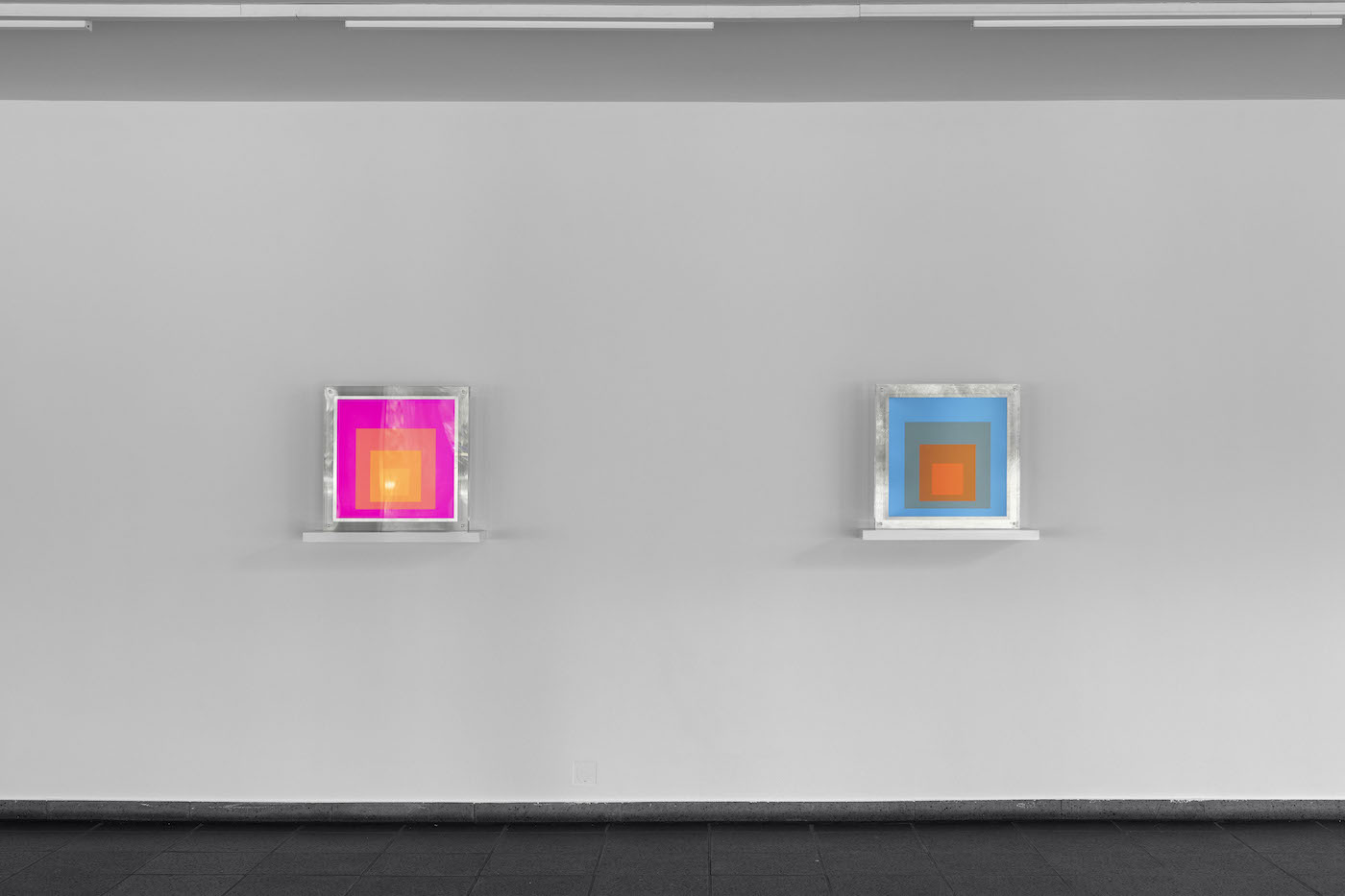
Homage 43 & 49 at Josef Albers Museum Quadrat Bottrop
Photos by Philipp Ottendörfer, 2023
Thank you to
Family Collection Klinkhamer,
Collection Tim Whidden,
Infinite Objects.
81 Horizons Book
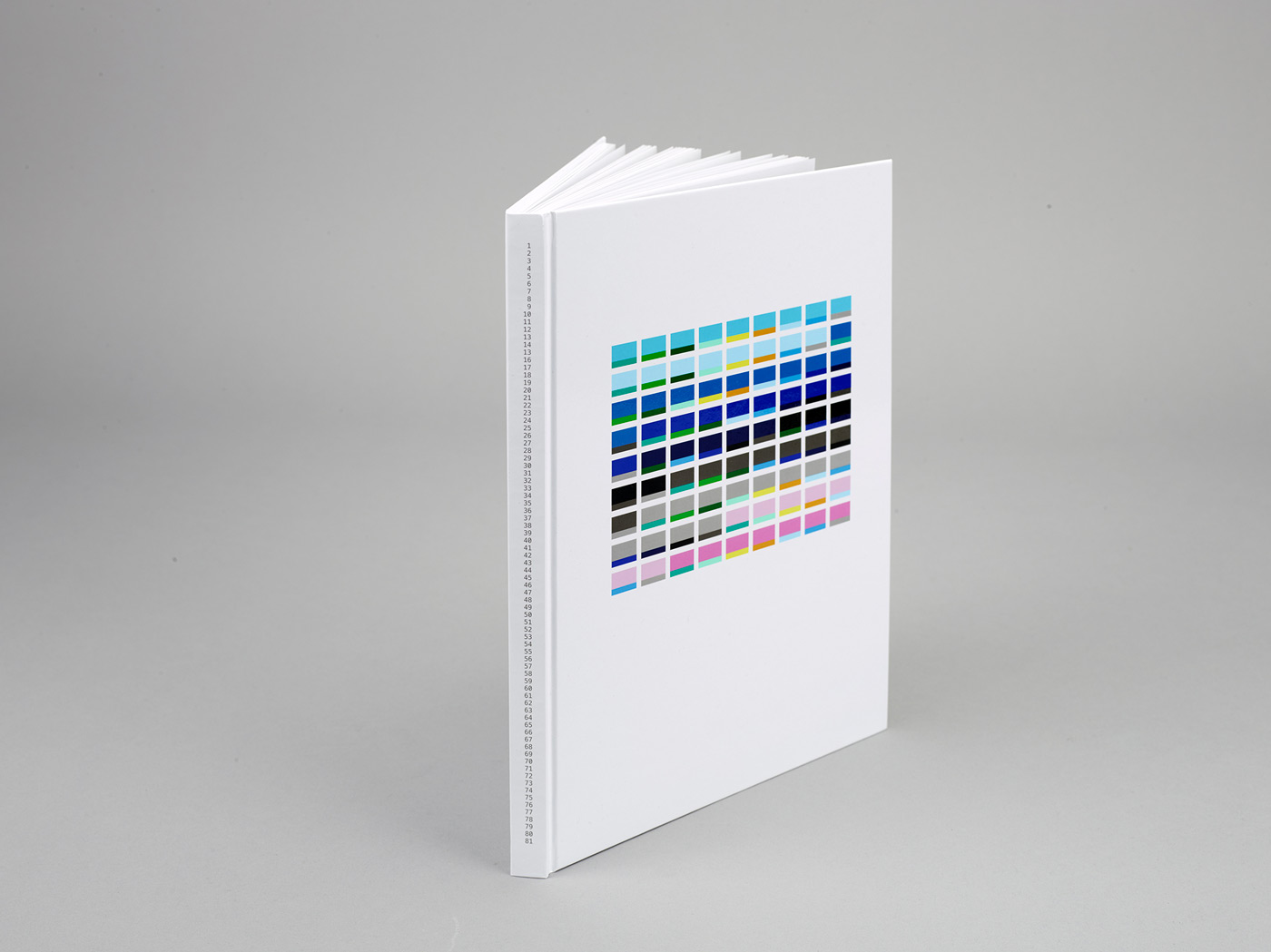
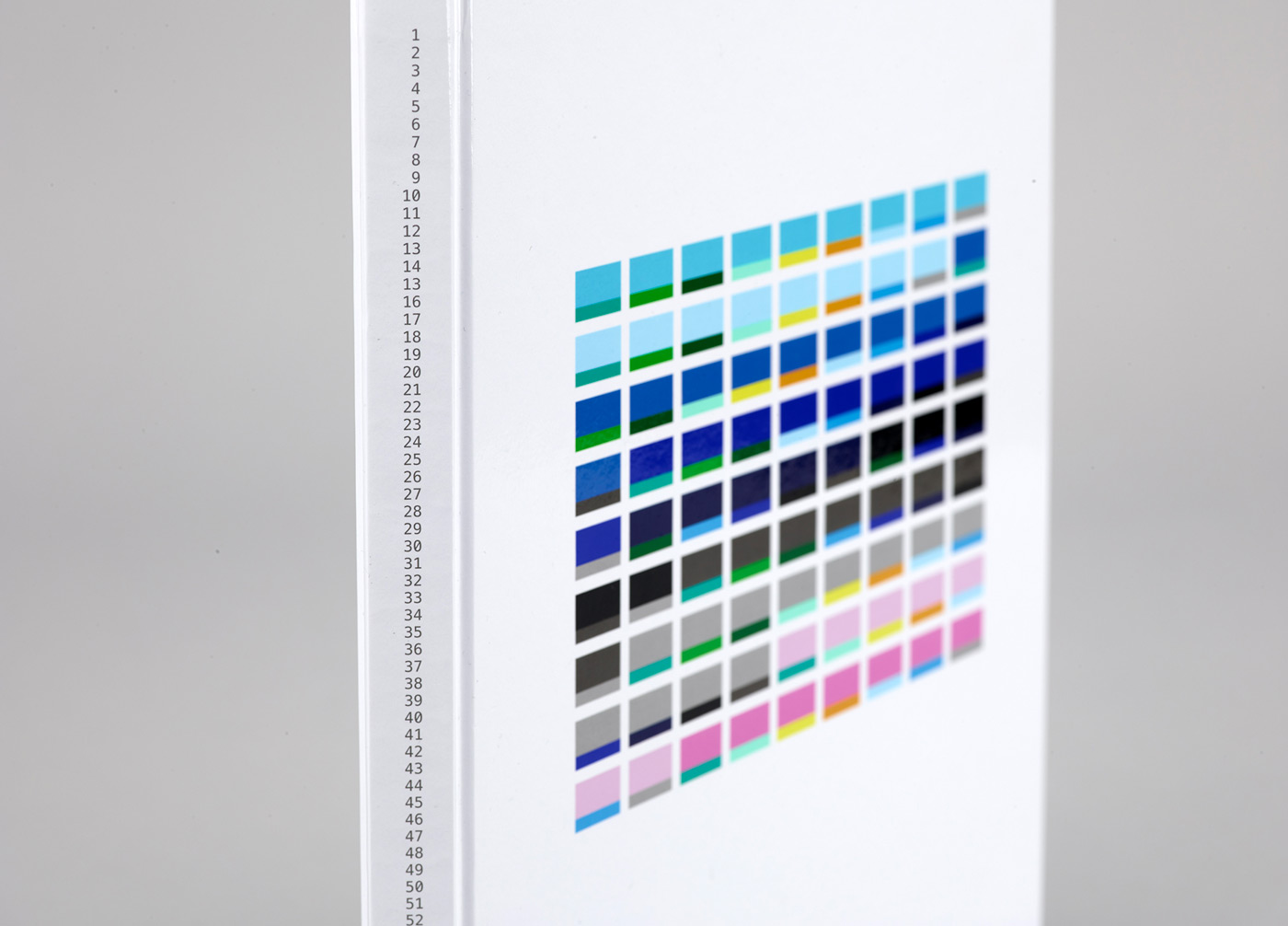
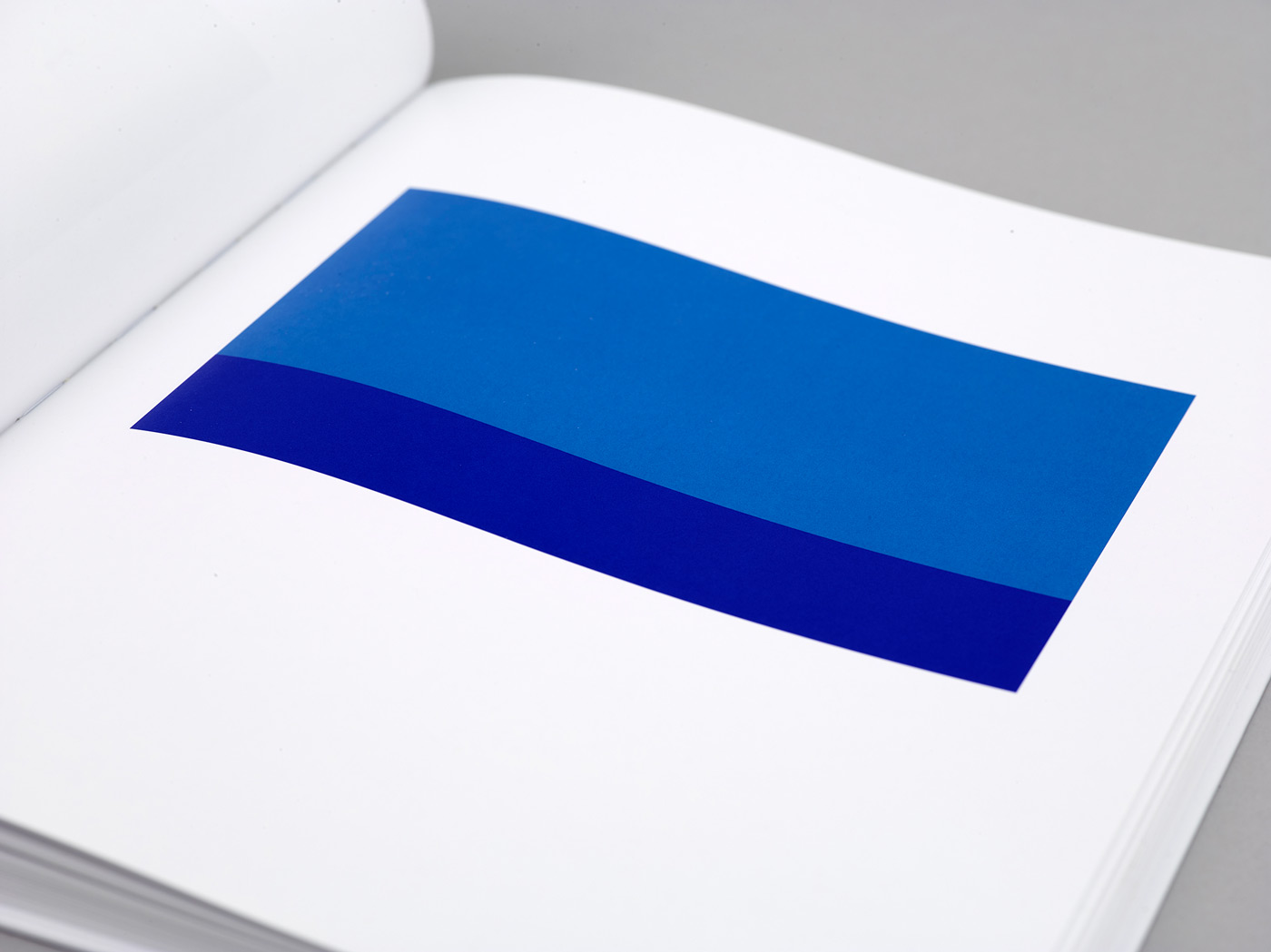
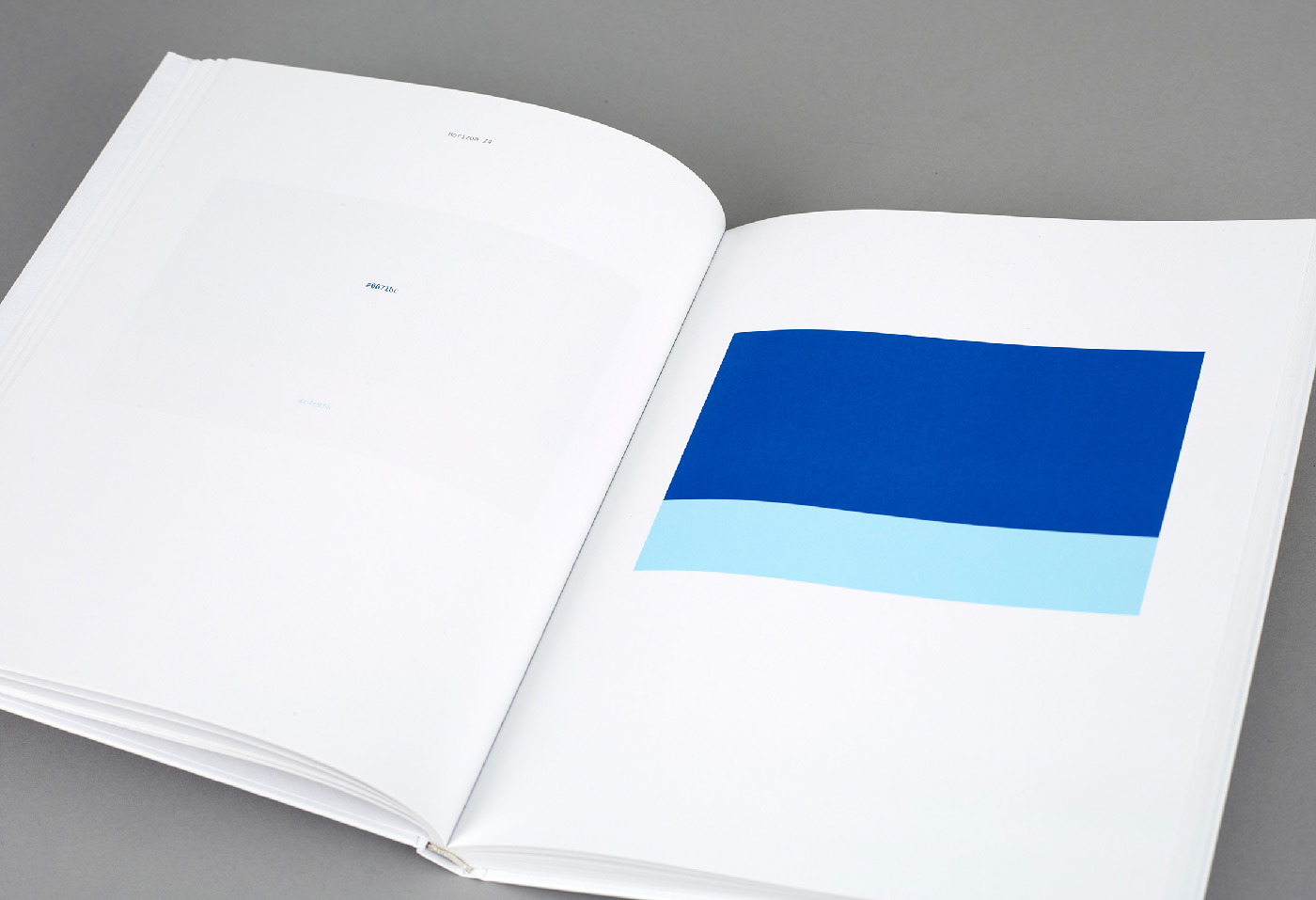
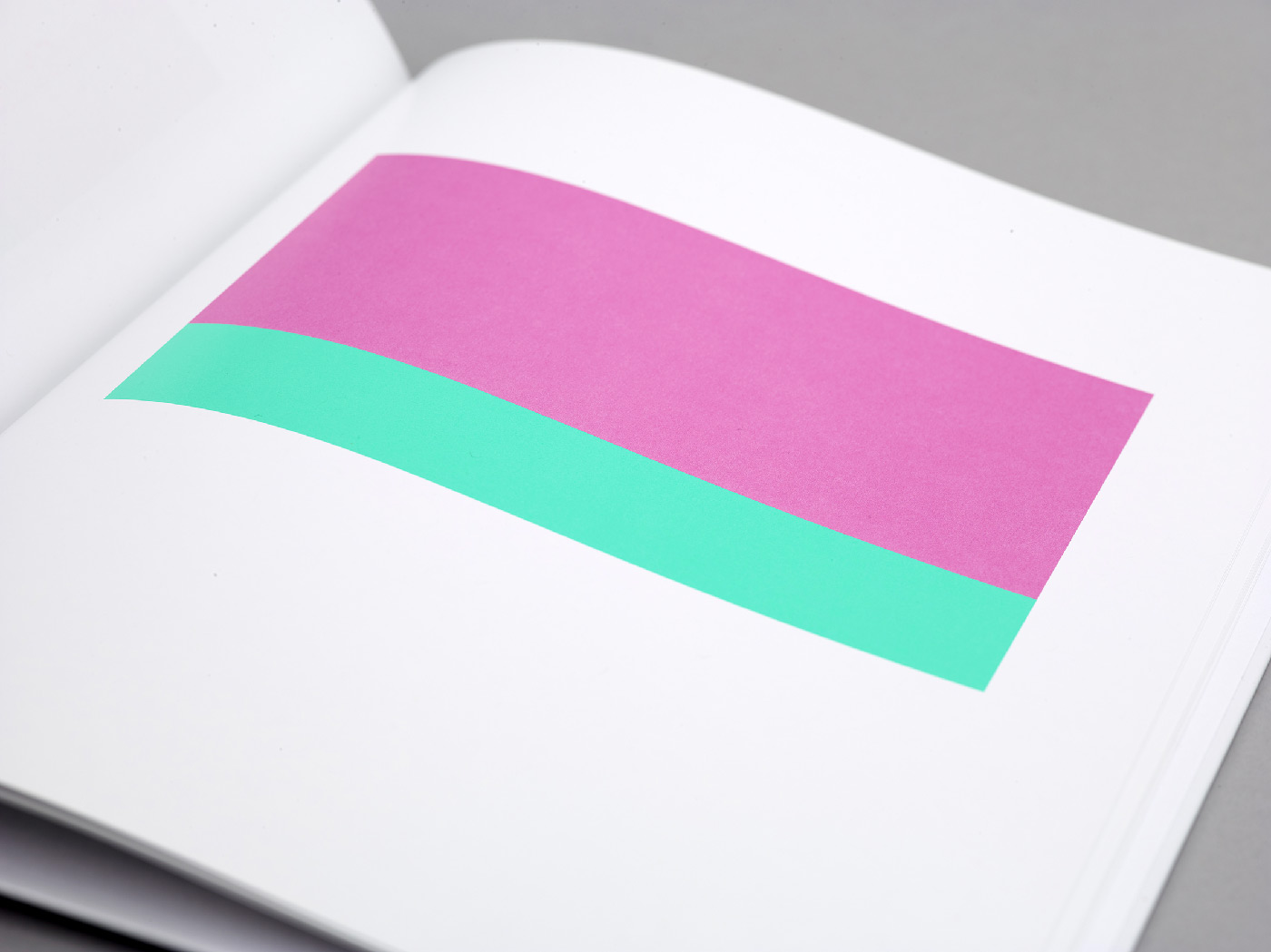
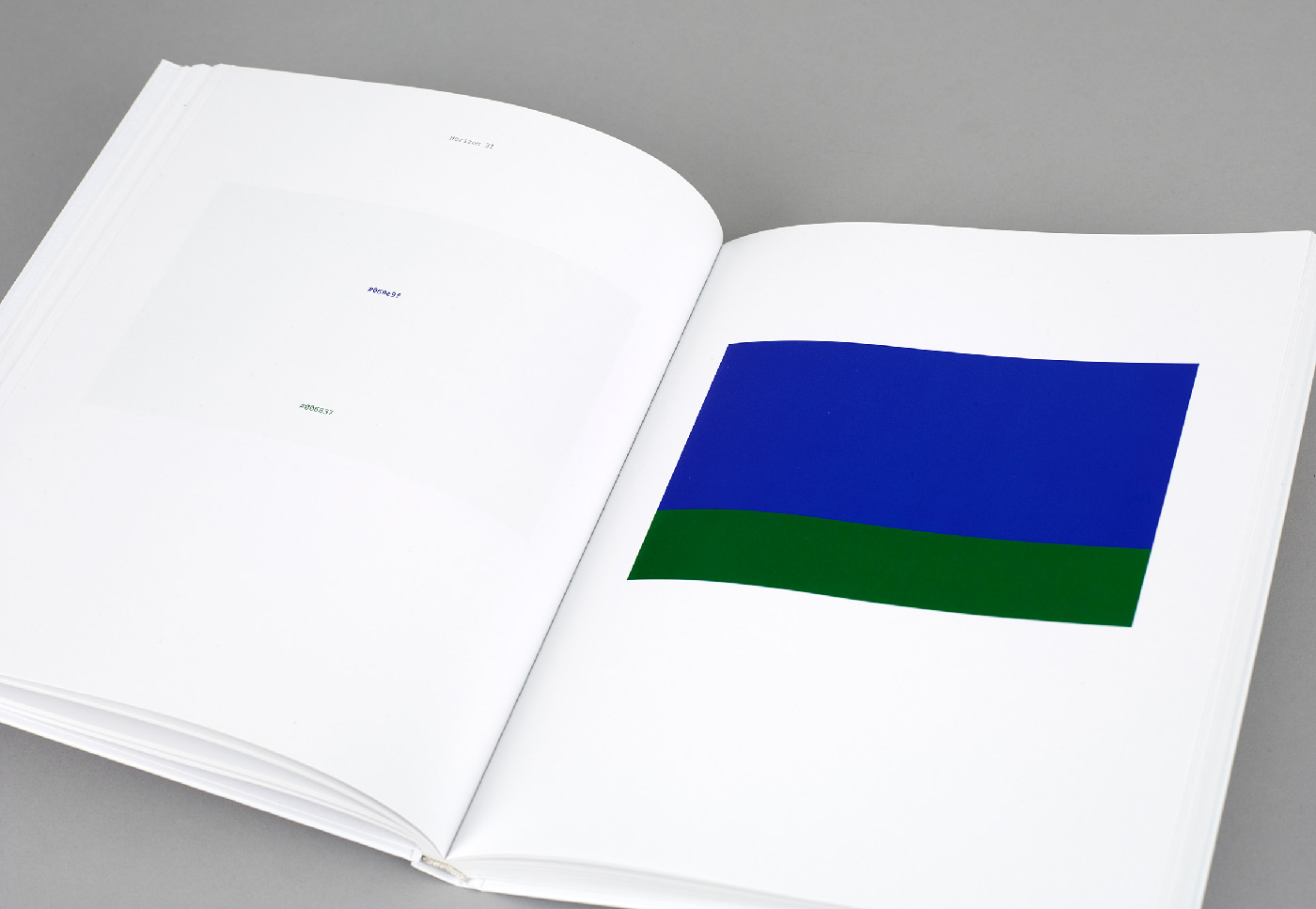
81 Horizons Book (2023)
Design by Thomas Spallek
Photos by Christopher Lützen
Published by Museum Folkwang / Walter König Verlag
Mission Statement
less strategy 👉 more fun
less fear 👉 more joy
less meaning 👉 more energy
less limits 👉 more freedom
less stress 👉 more naps
less opinion 👉 more ideas
less worry 👉 more hope
less doubts 👉 more decisions
What should art be?
a fire?
a door?
a mystery?
an example?
a lightning rod?
a lifestyle?
a religion?
a waterfall?
a storm?
Solo exhibition at Museum Folkwang
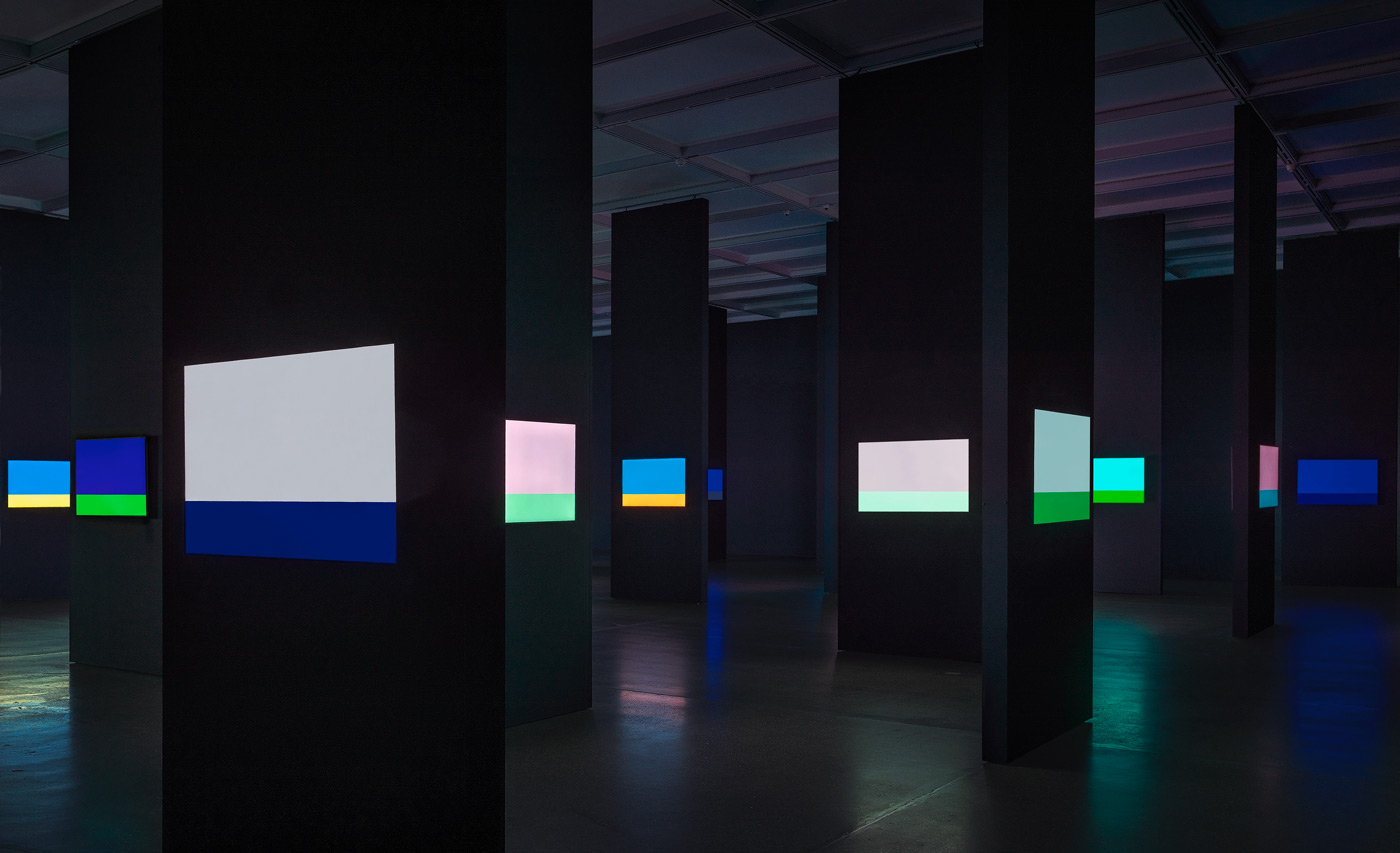
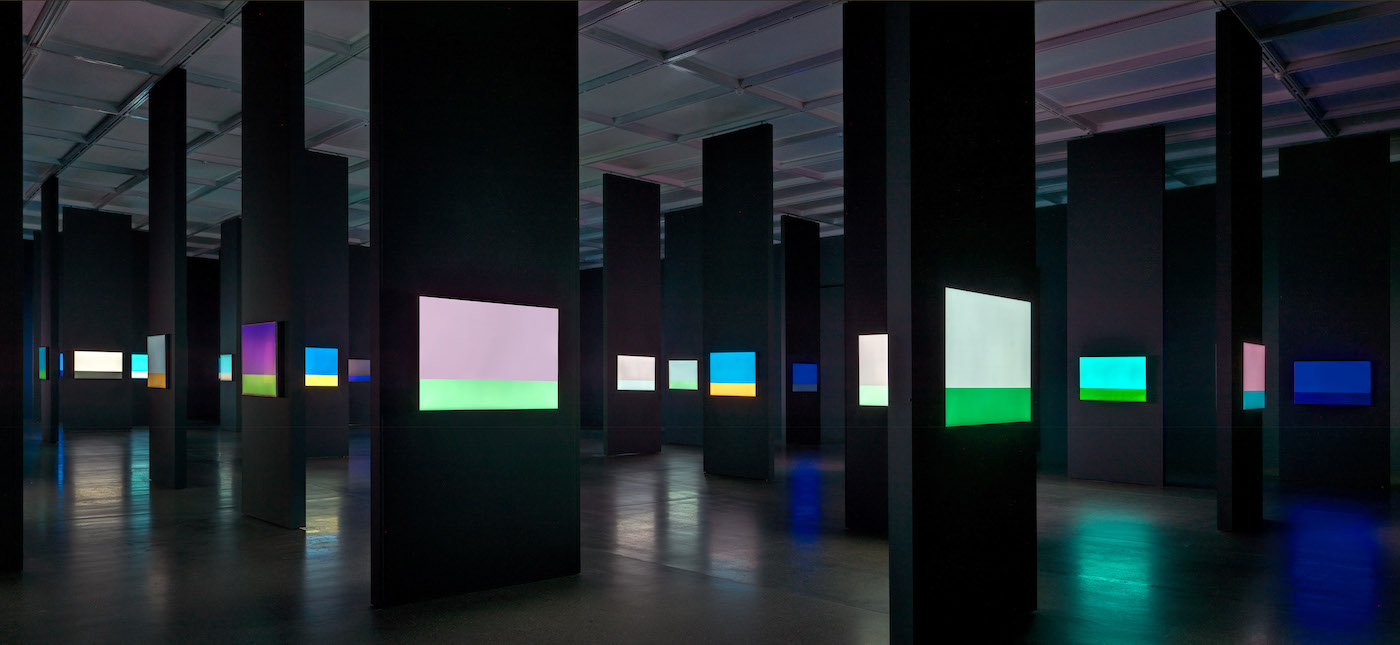
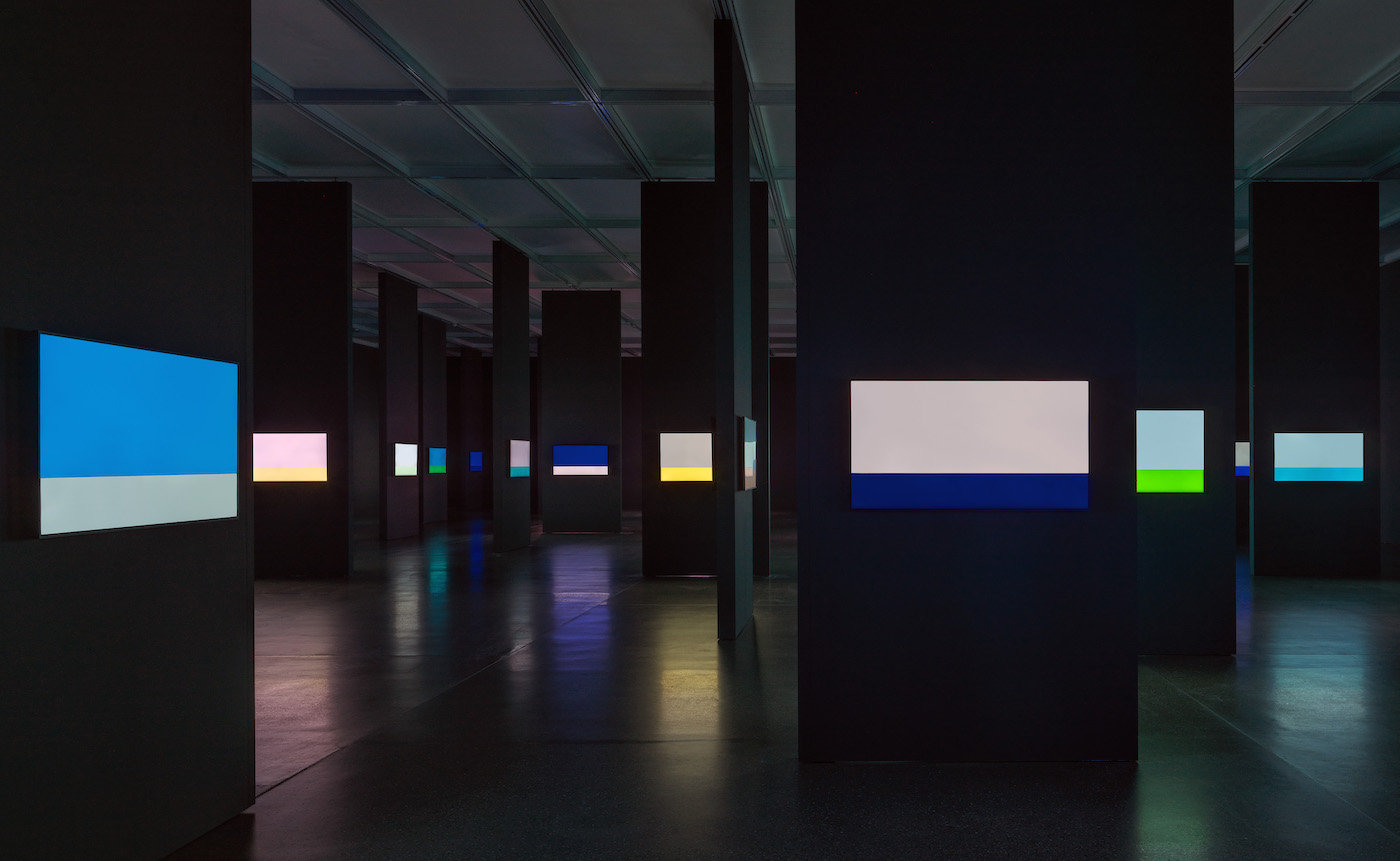
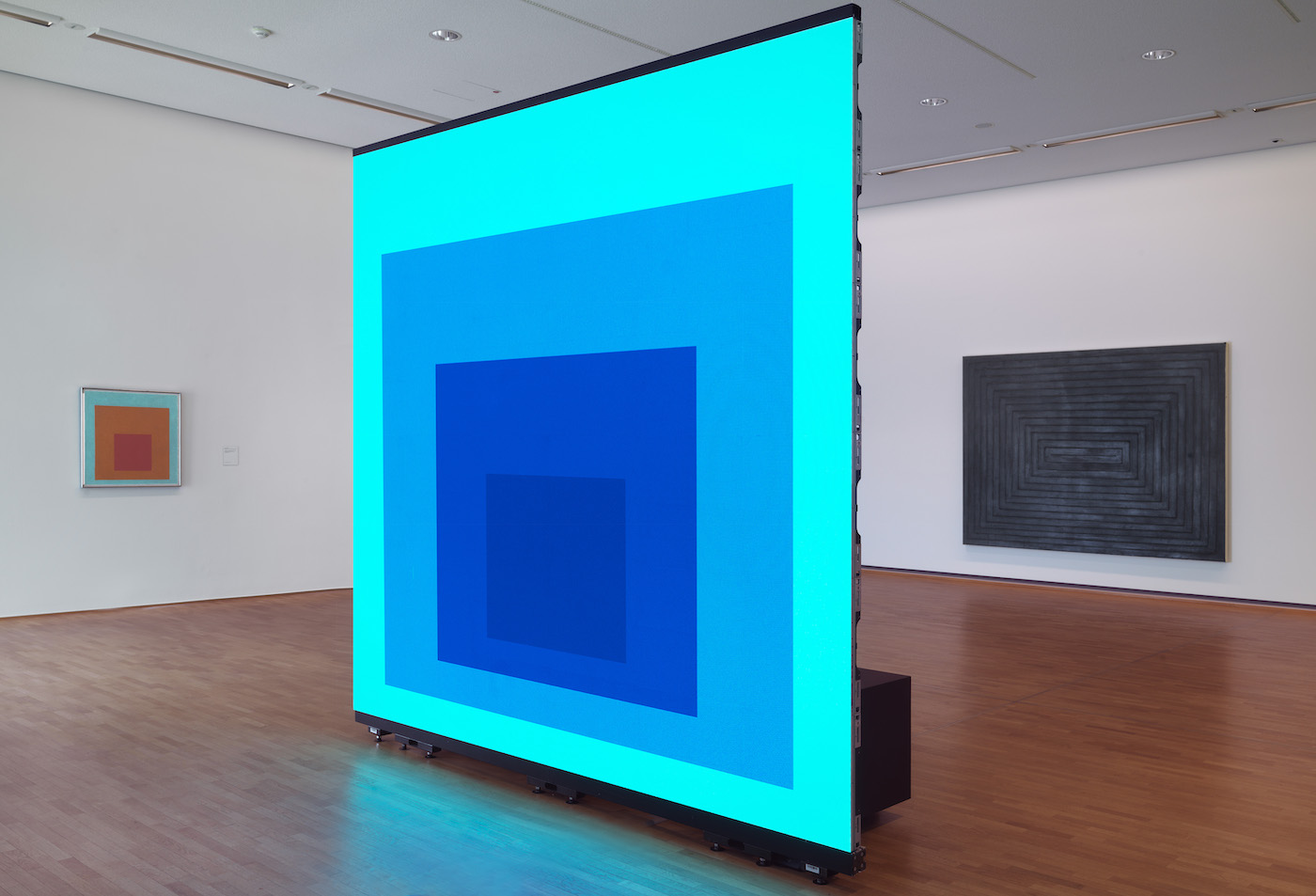
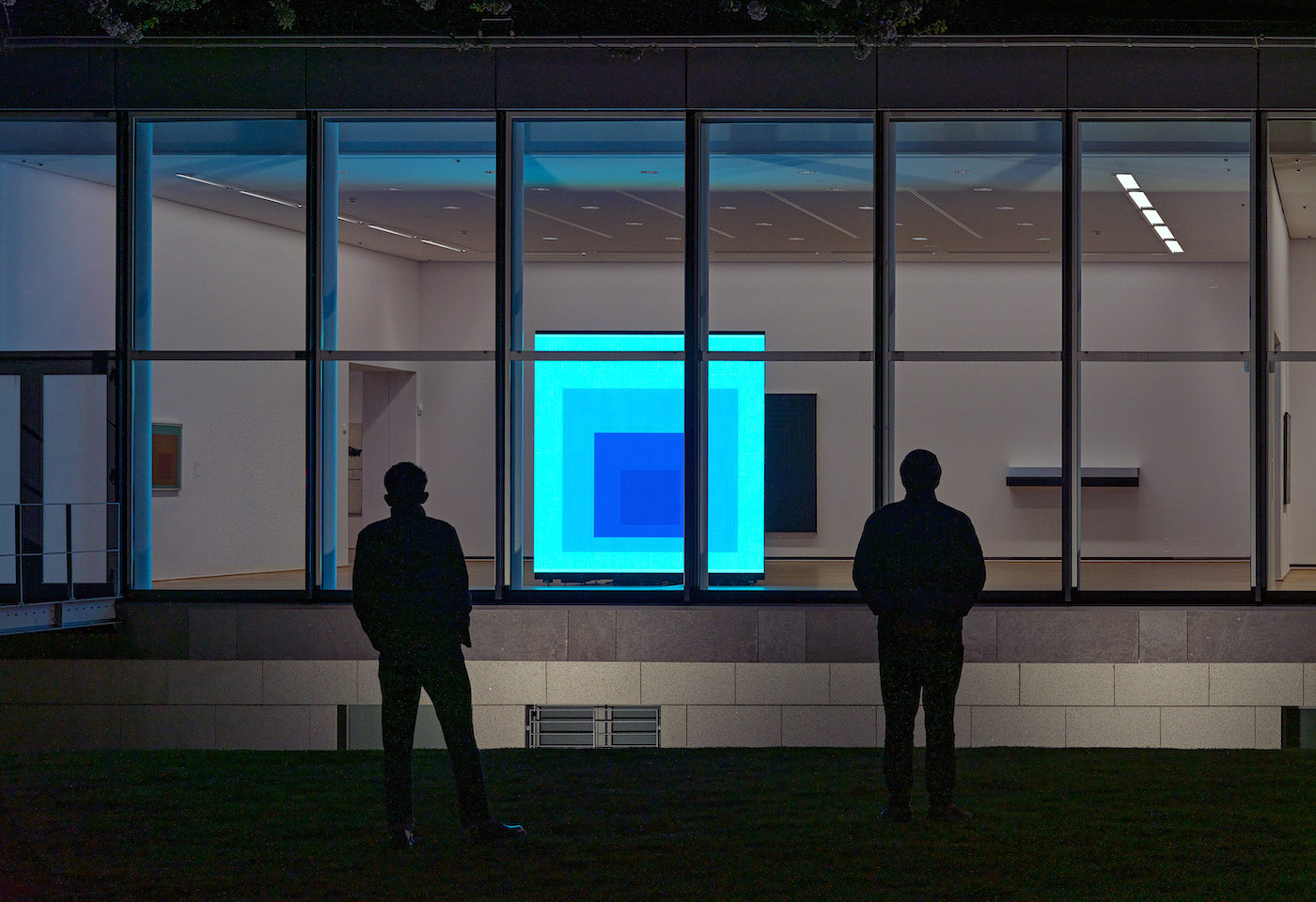
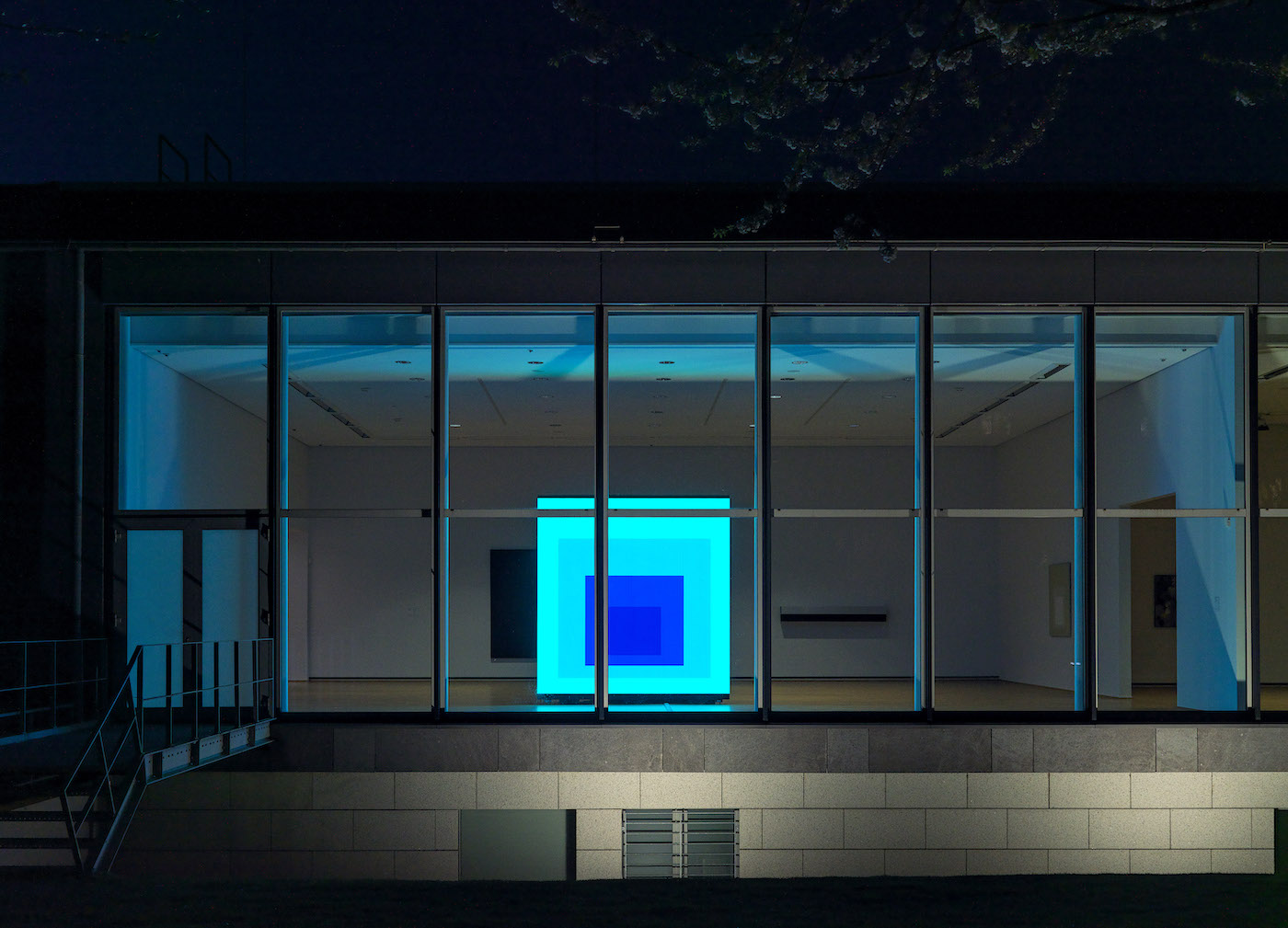
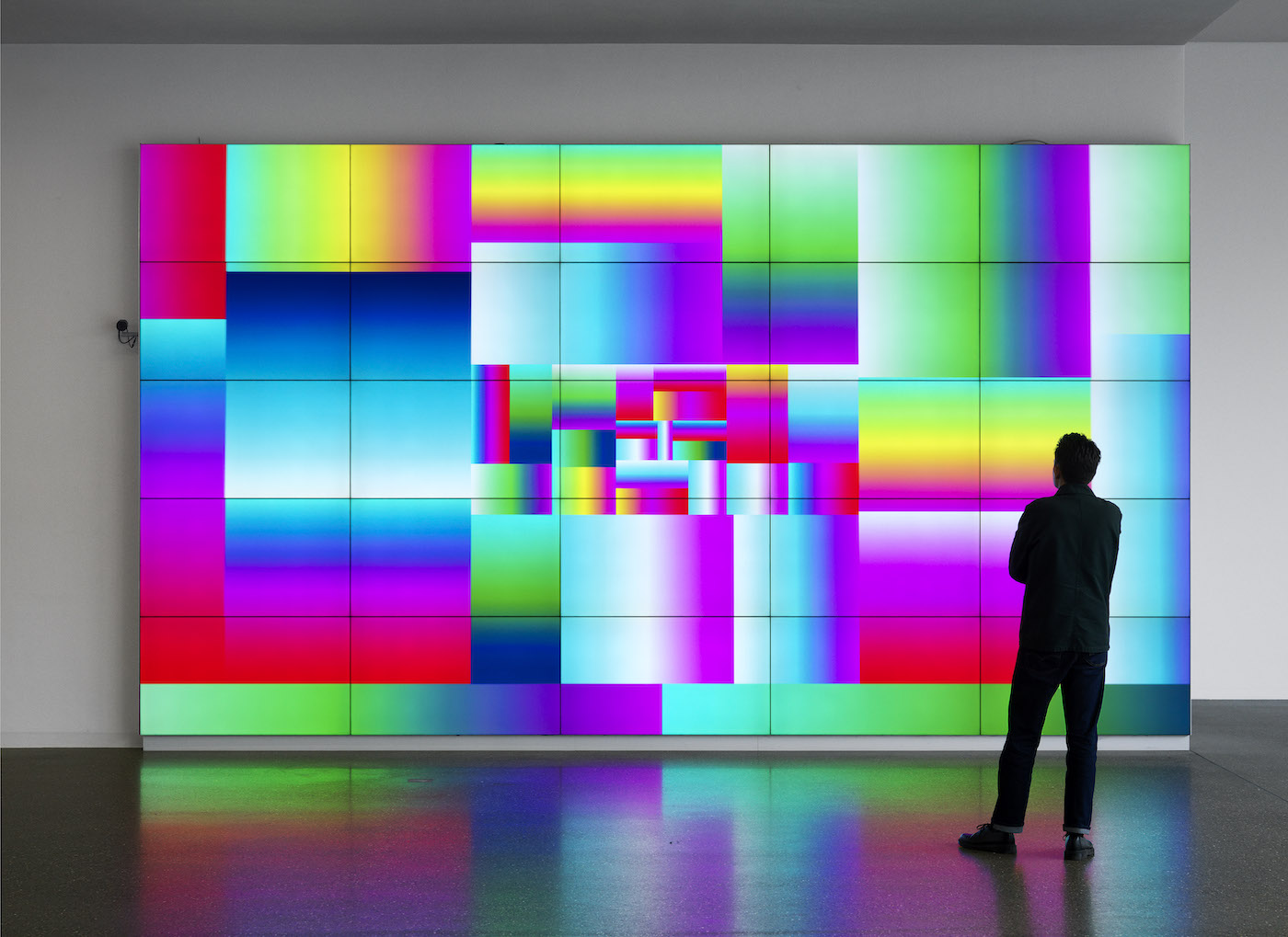
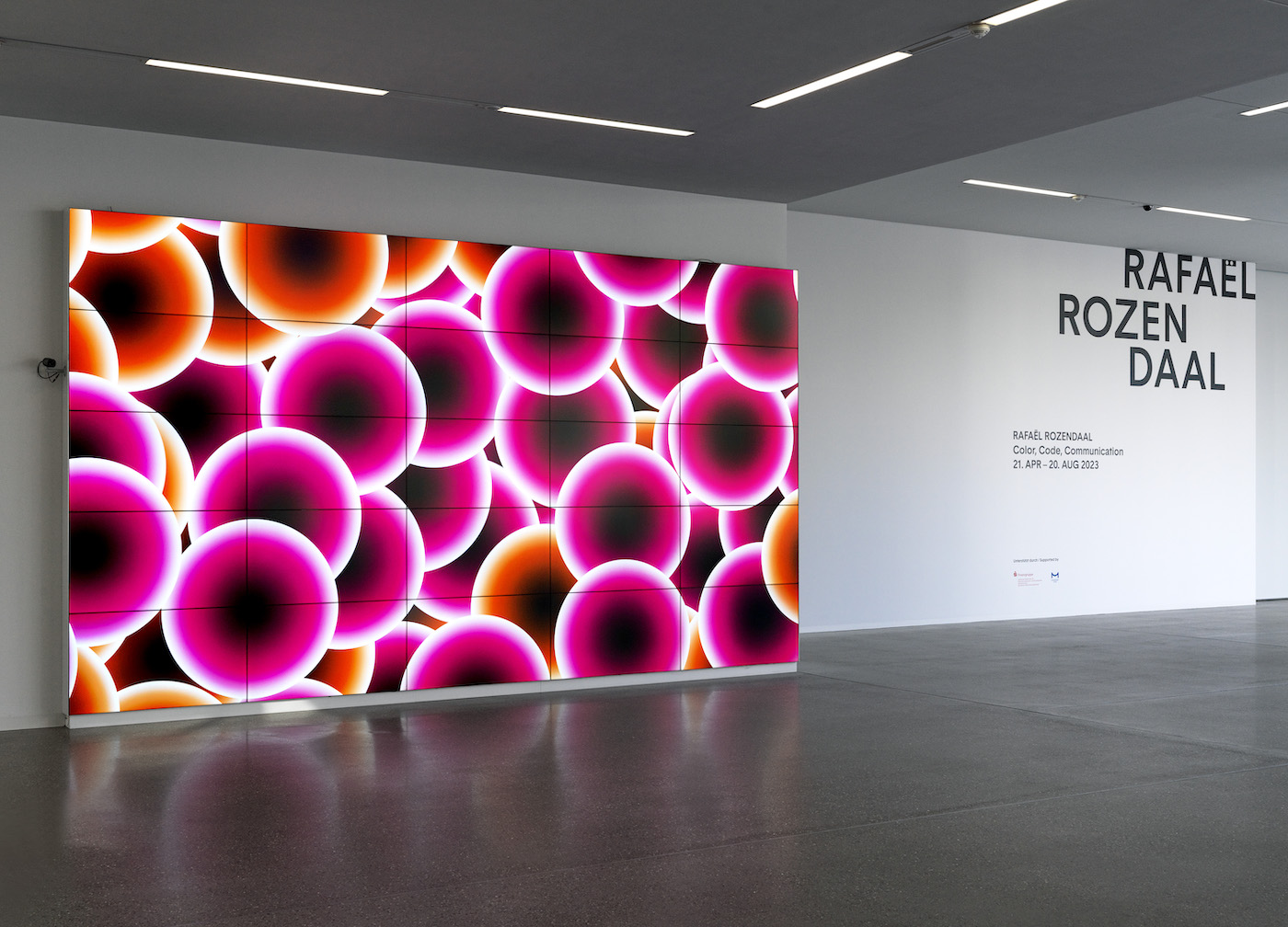
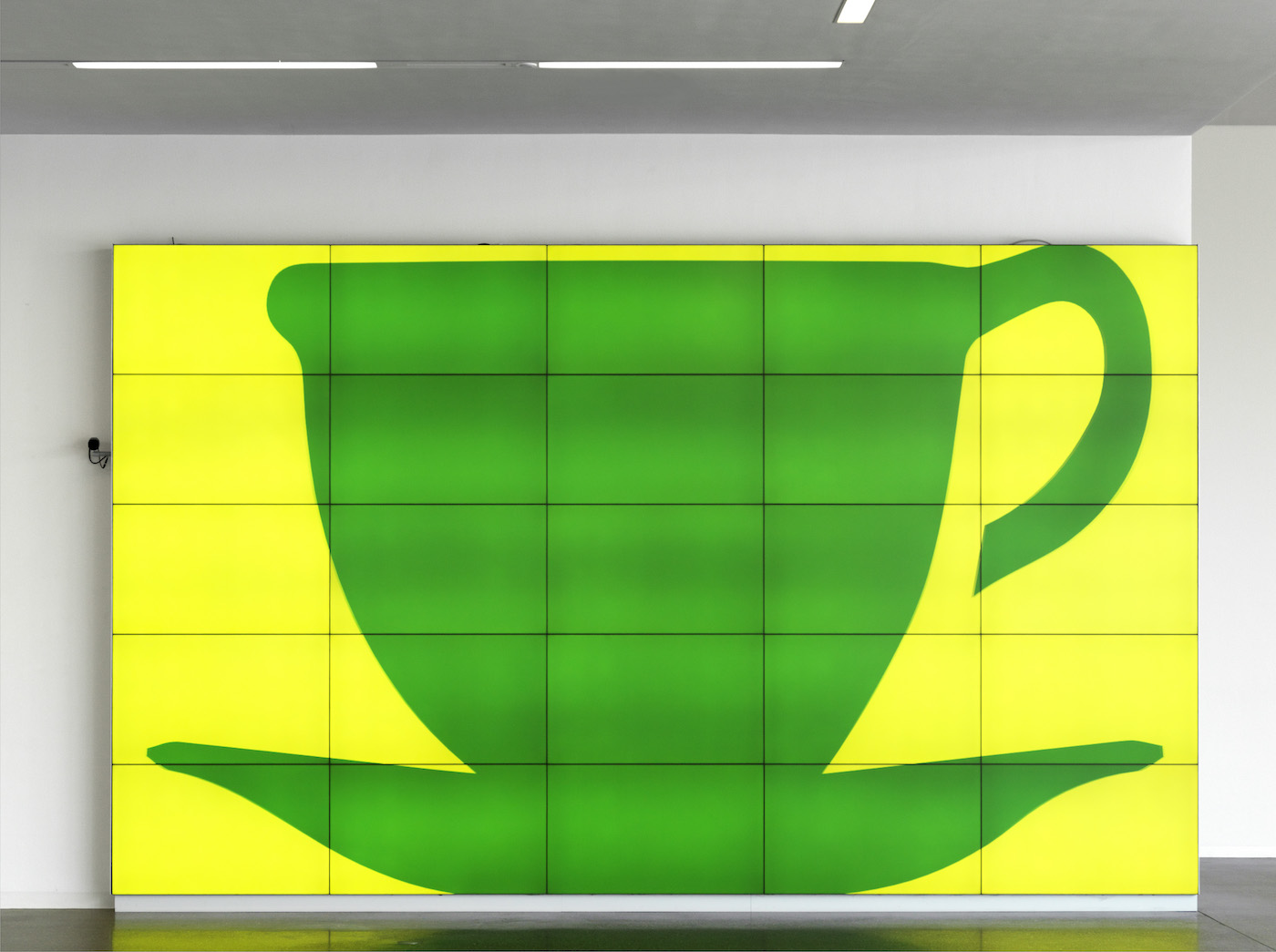
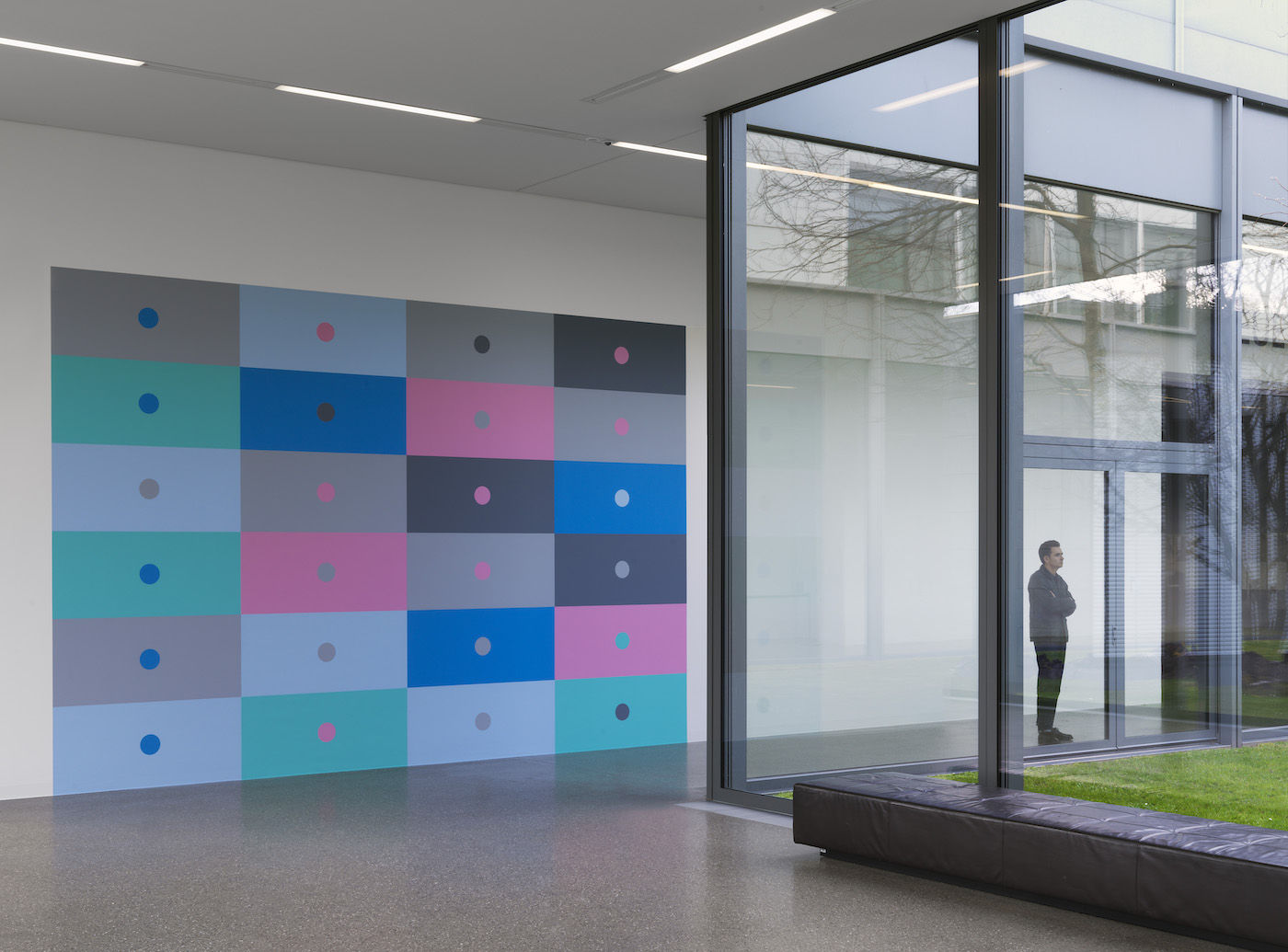
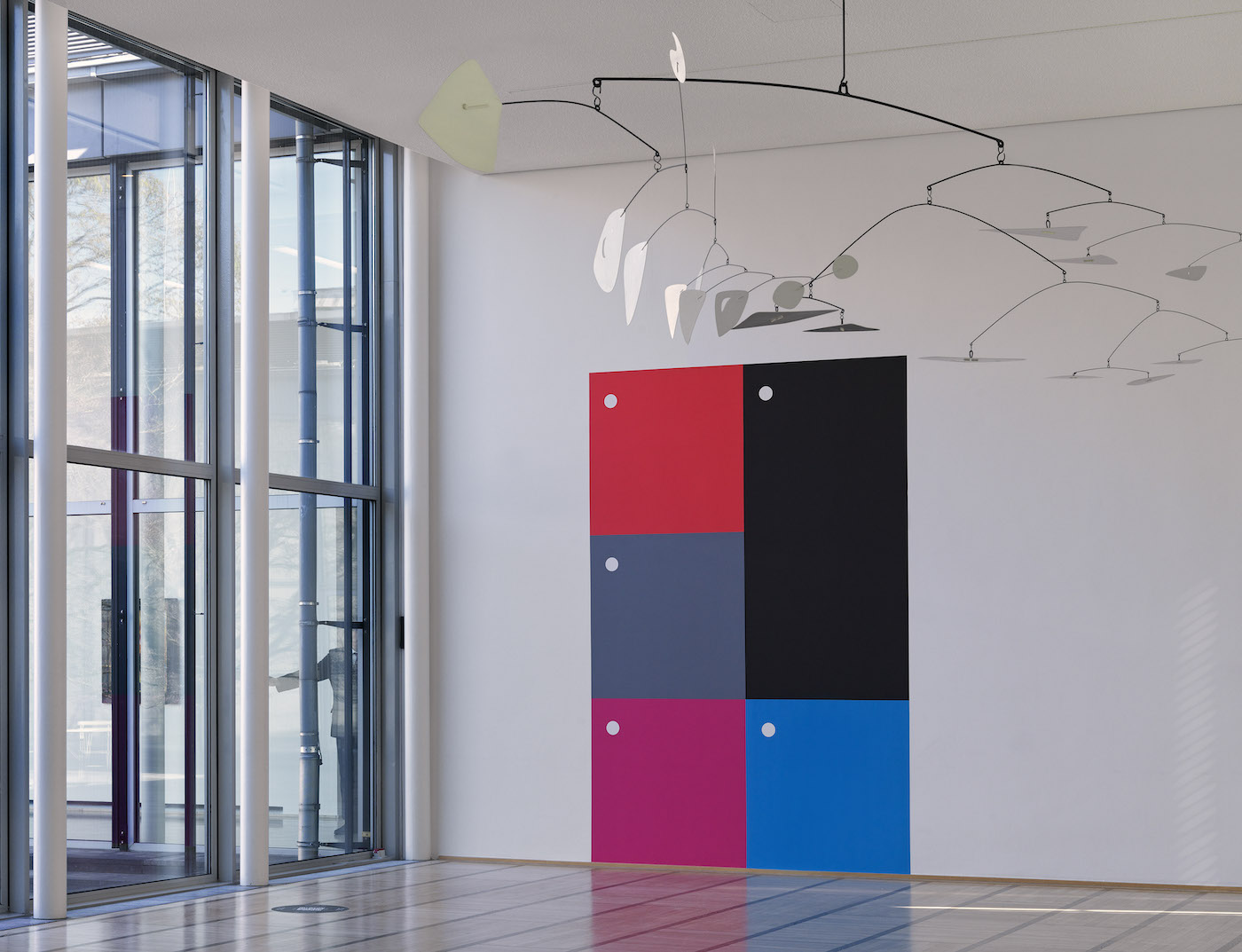
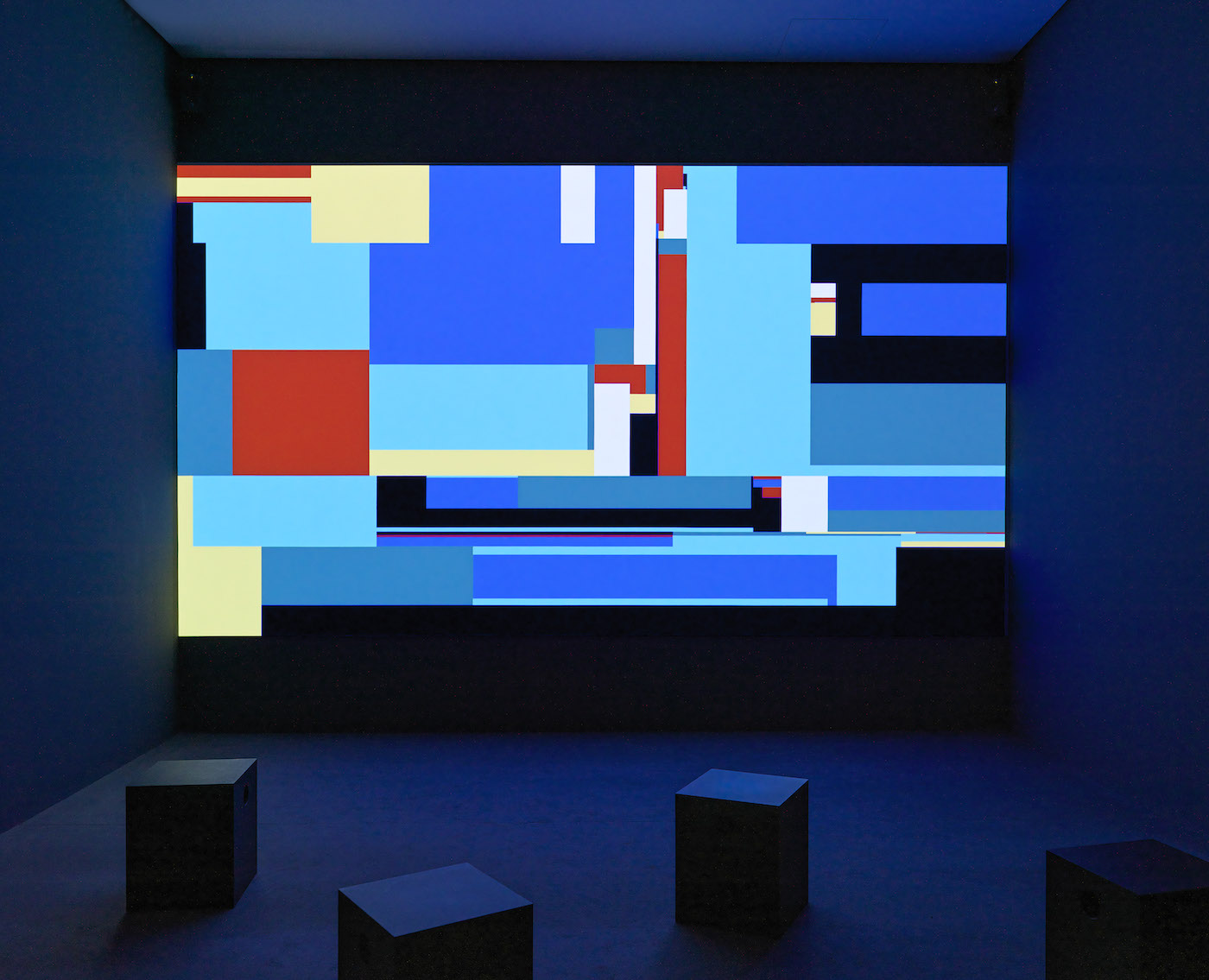
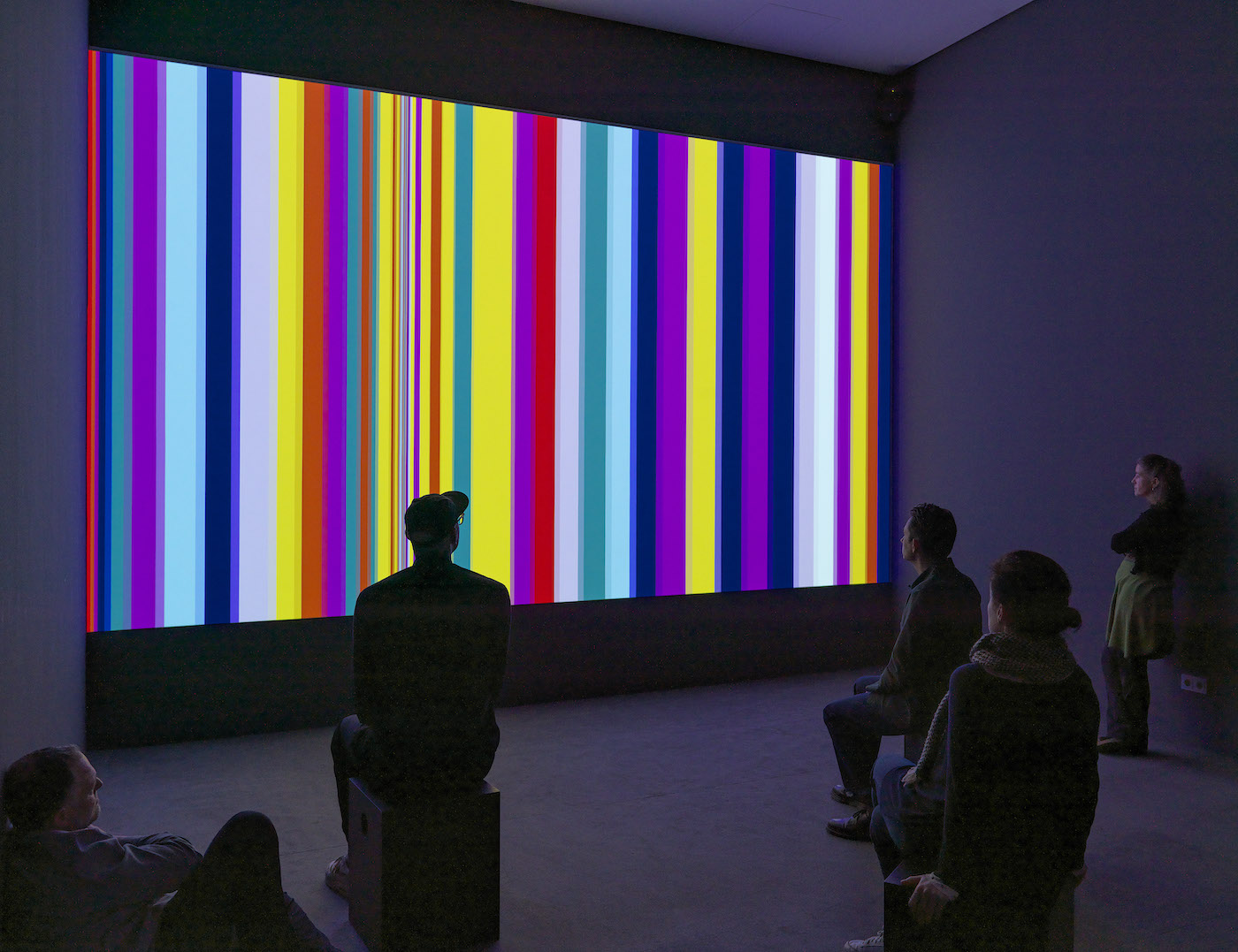
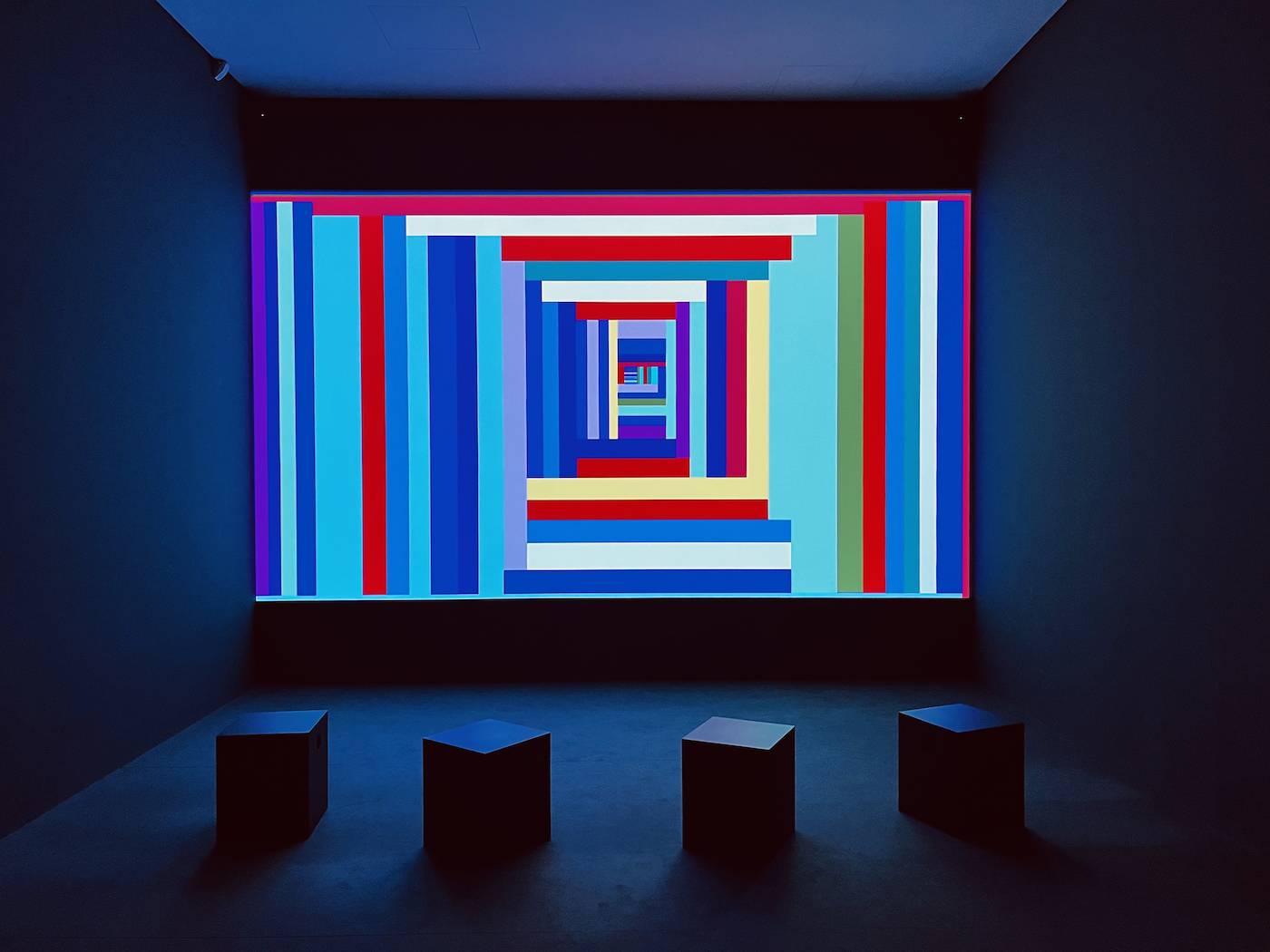
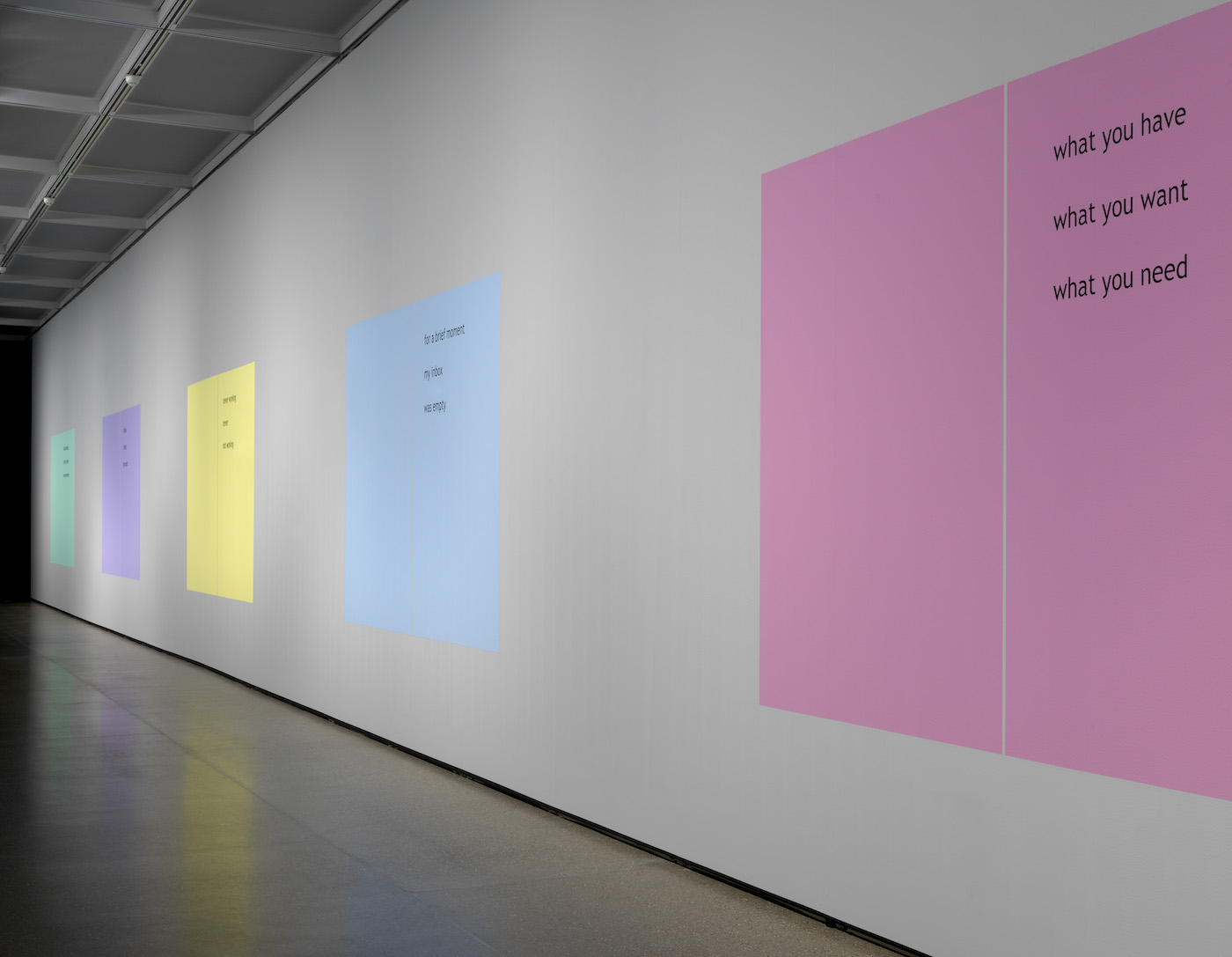
Color, Code, Communication
Curated by Thomas Seelig
Opening: April 20 at 19:00
Live performance by Legowelt 23:00 at Goethe Bunker
The exhibition consists of various manifestations of immaterial art (projections, screens, murals, instructions, books, happenings, music). My work will also be exhibited at the Josef Albers Museum in Bottrop.
April 21-22: NFT symposium at Museum Folkwang
RAFAËL ROZENDAAL
Color, Code, Communication
Rafaël Rozendaal is one of the world’s best-known digital artists. Already in the early 2000s, he created, presented, and sold works in the form of websites. In his current NFT projects, he also creates references to art history, using generative technologies on the blockchain. Rozendaal’s works exist in multiple forms and locations: as immersive installations, in browser windows, as artist books, and in public spaces. Color, Code, Communication is the first major monographic NFT exhibition in a European museum and is accompanied by a symposium.
Screen Time at TSCA Tokyo
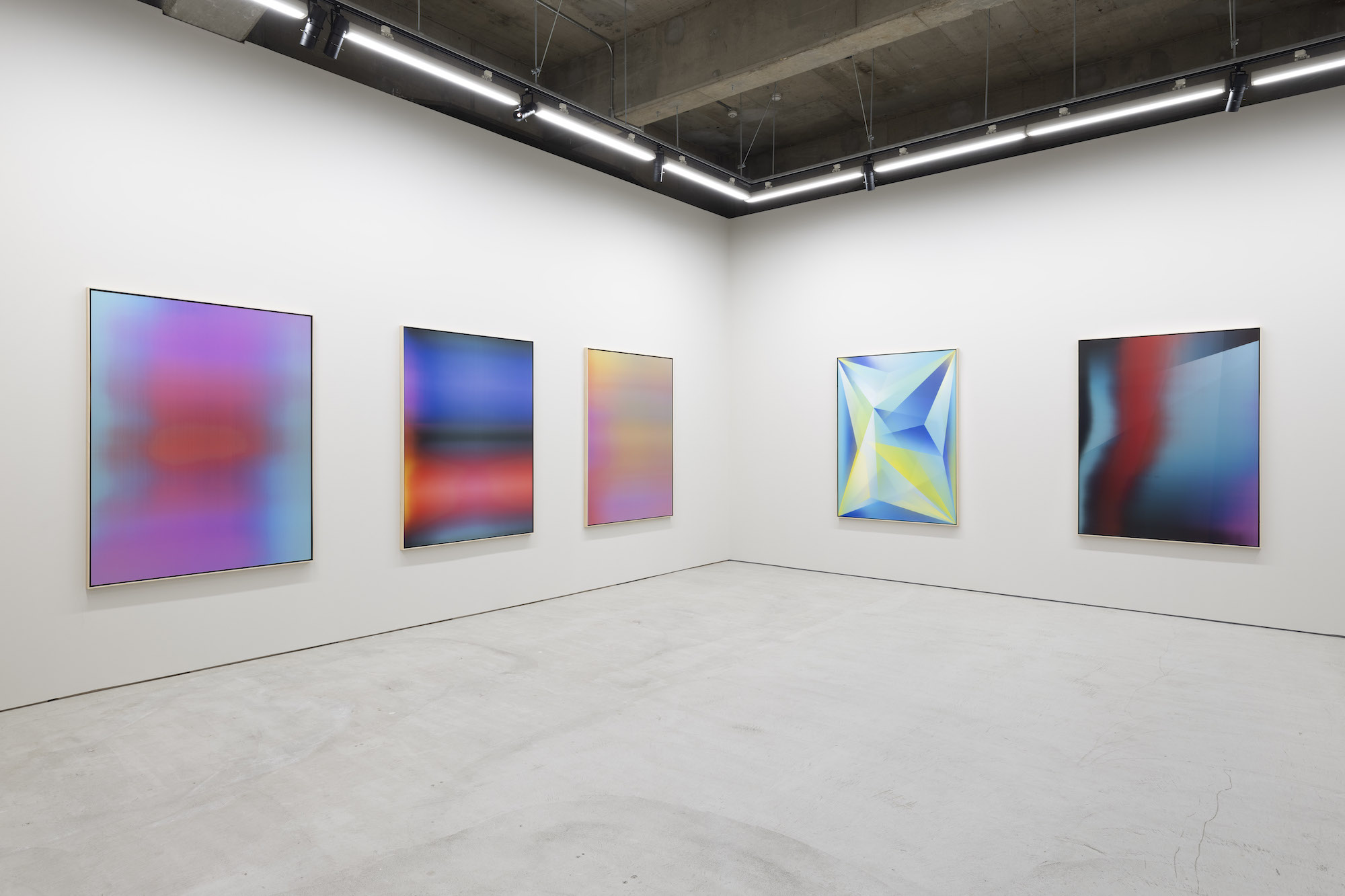
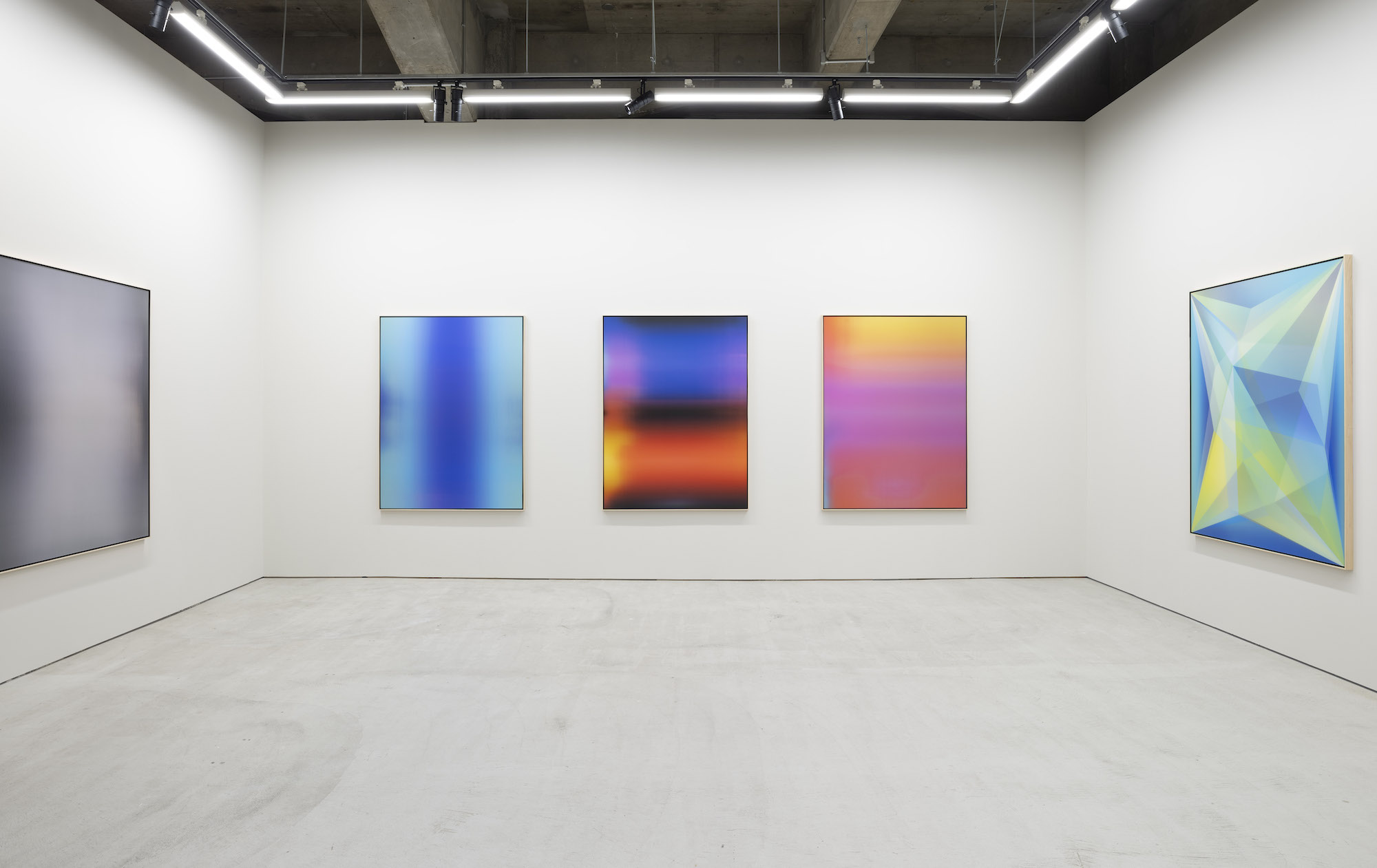
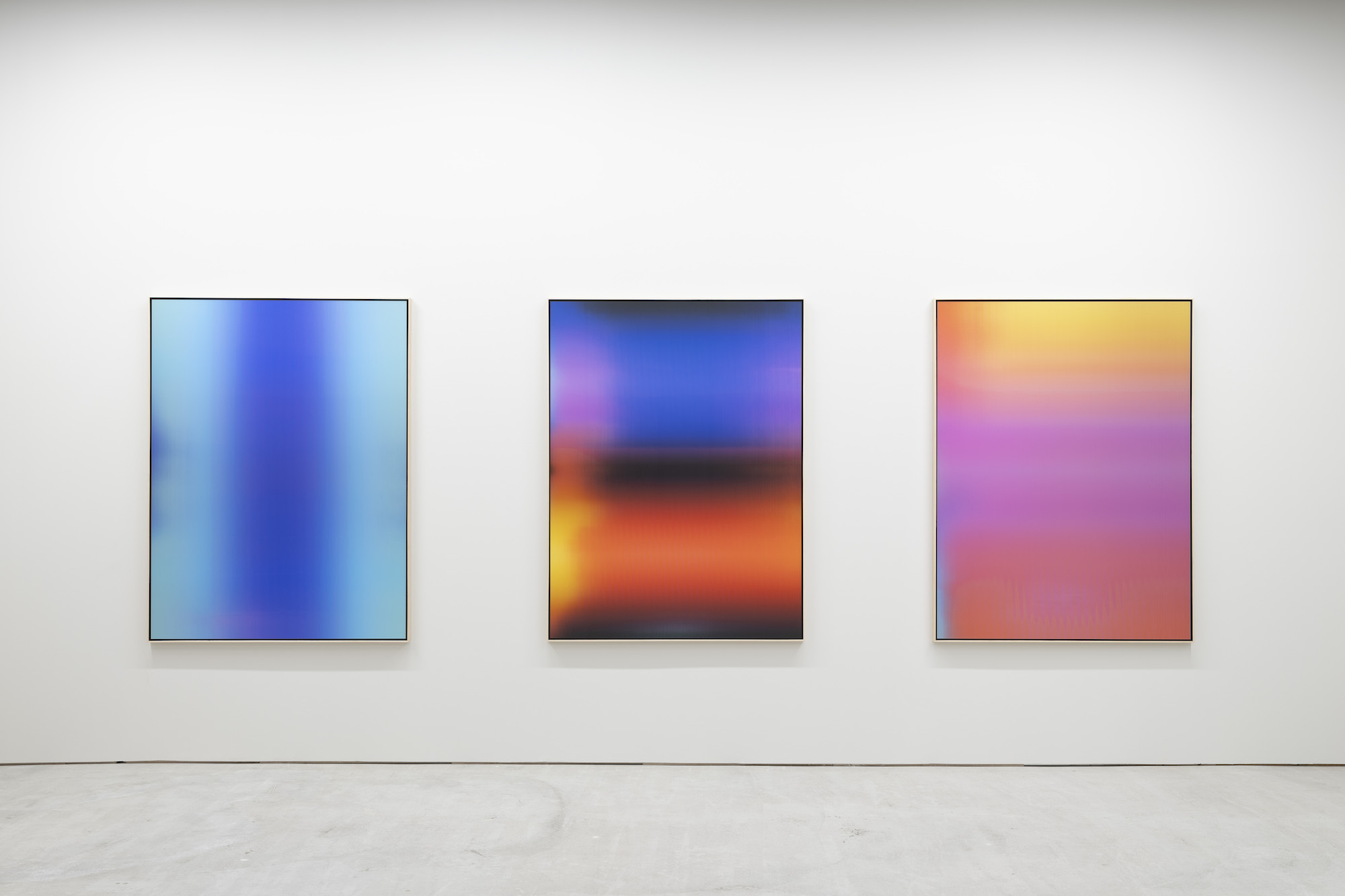
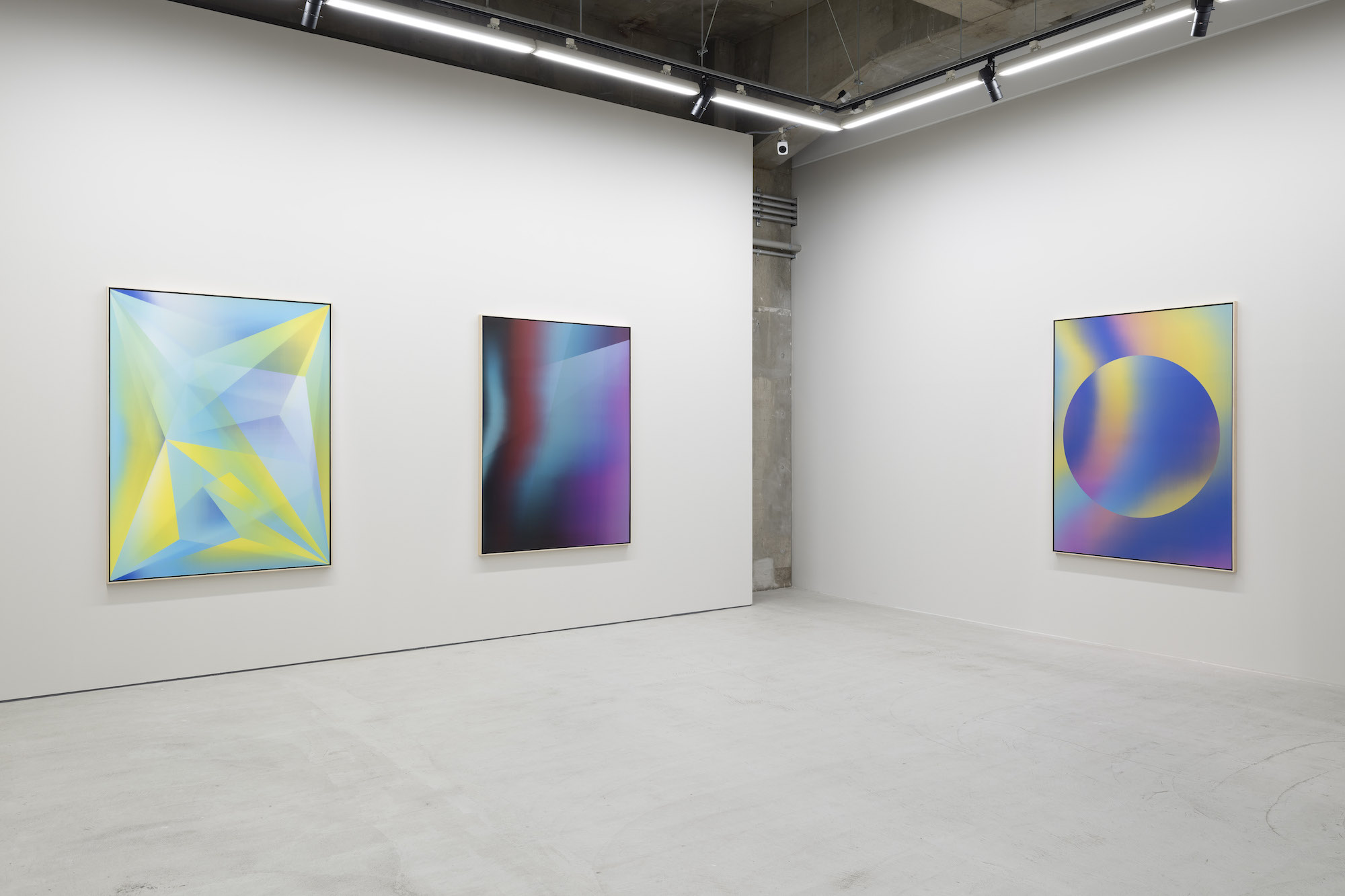
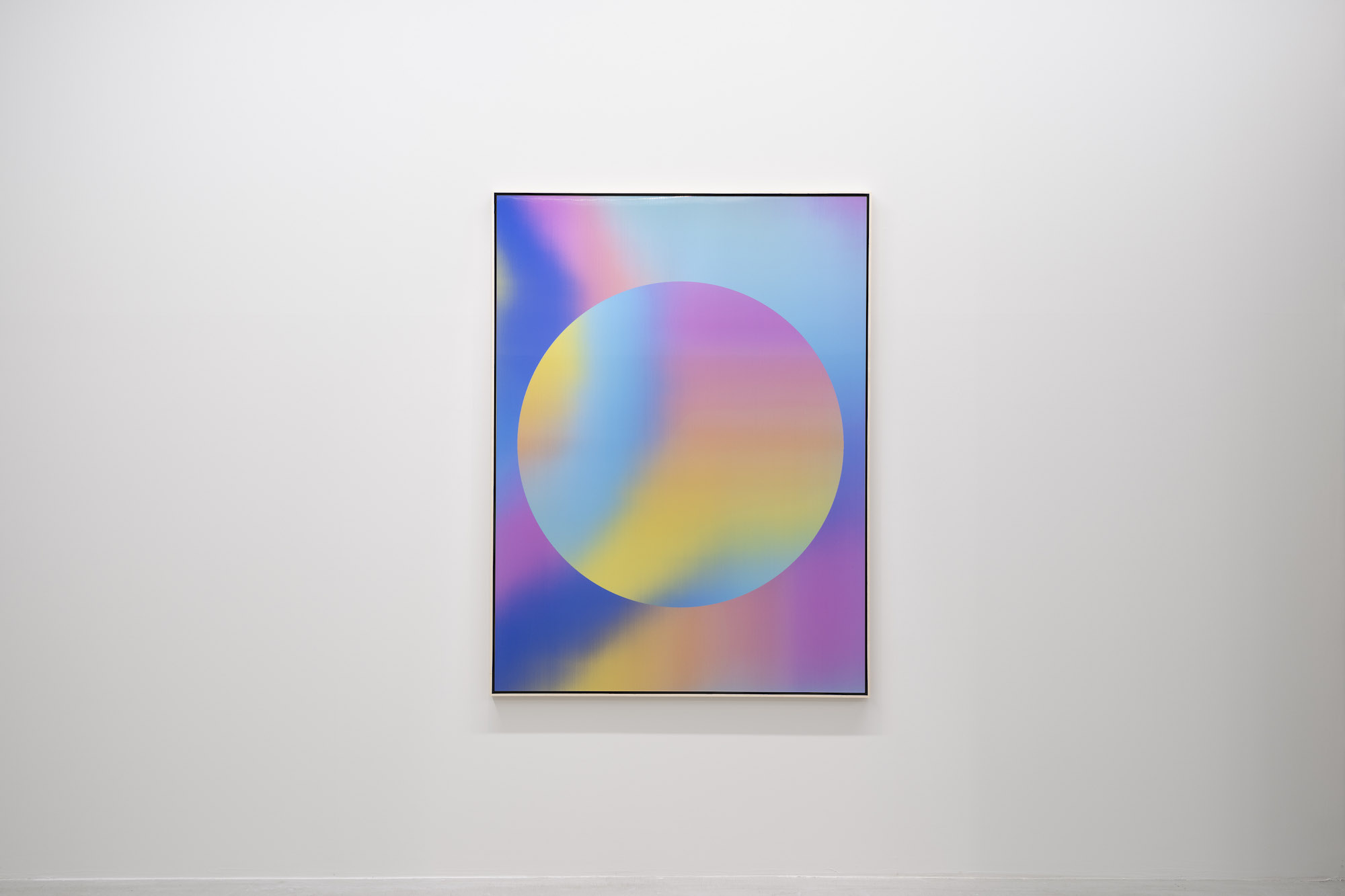
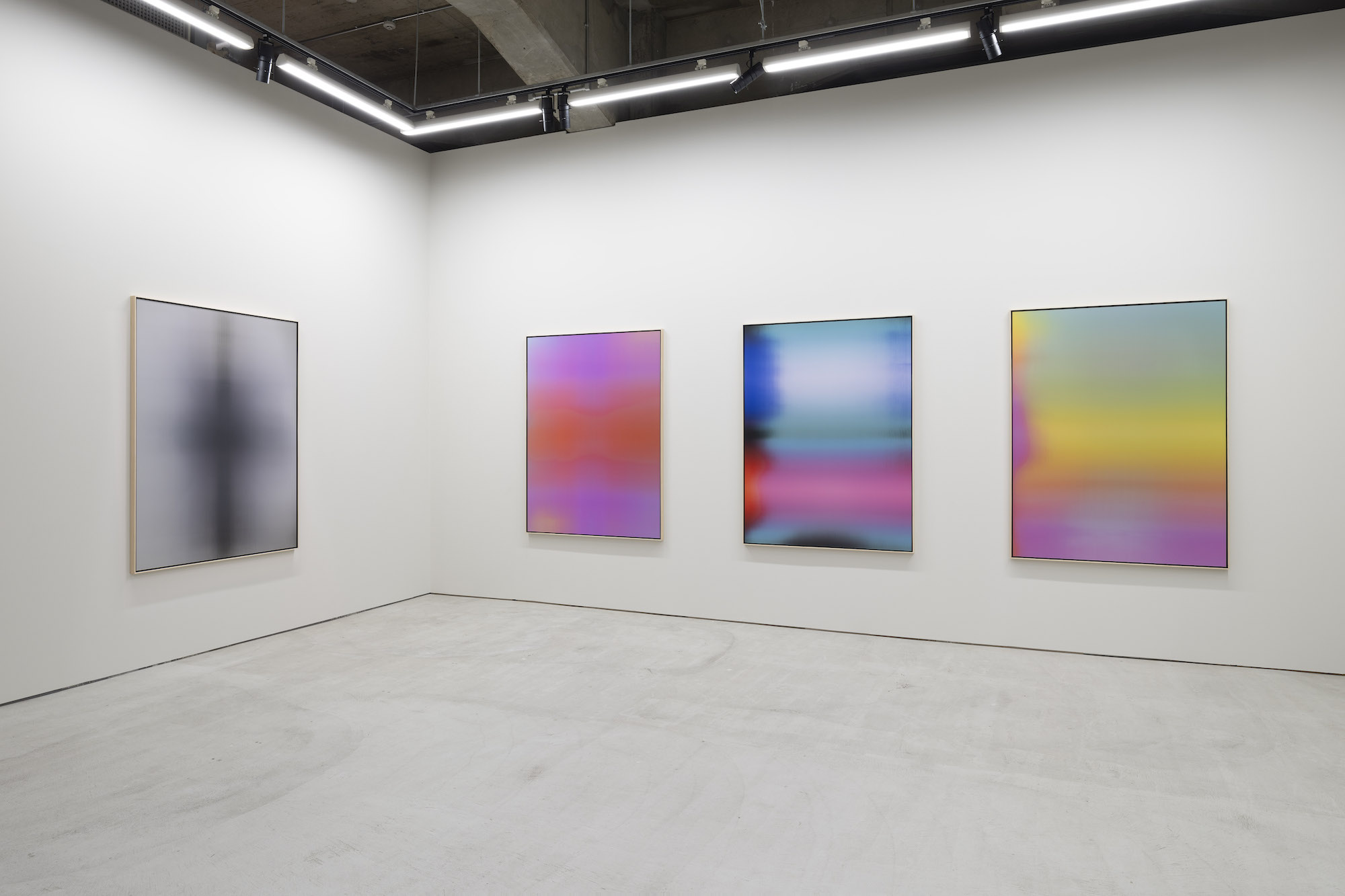
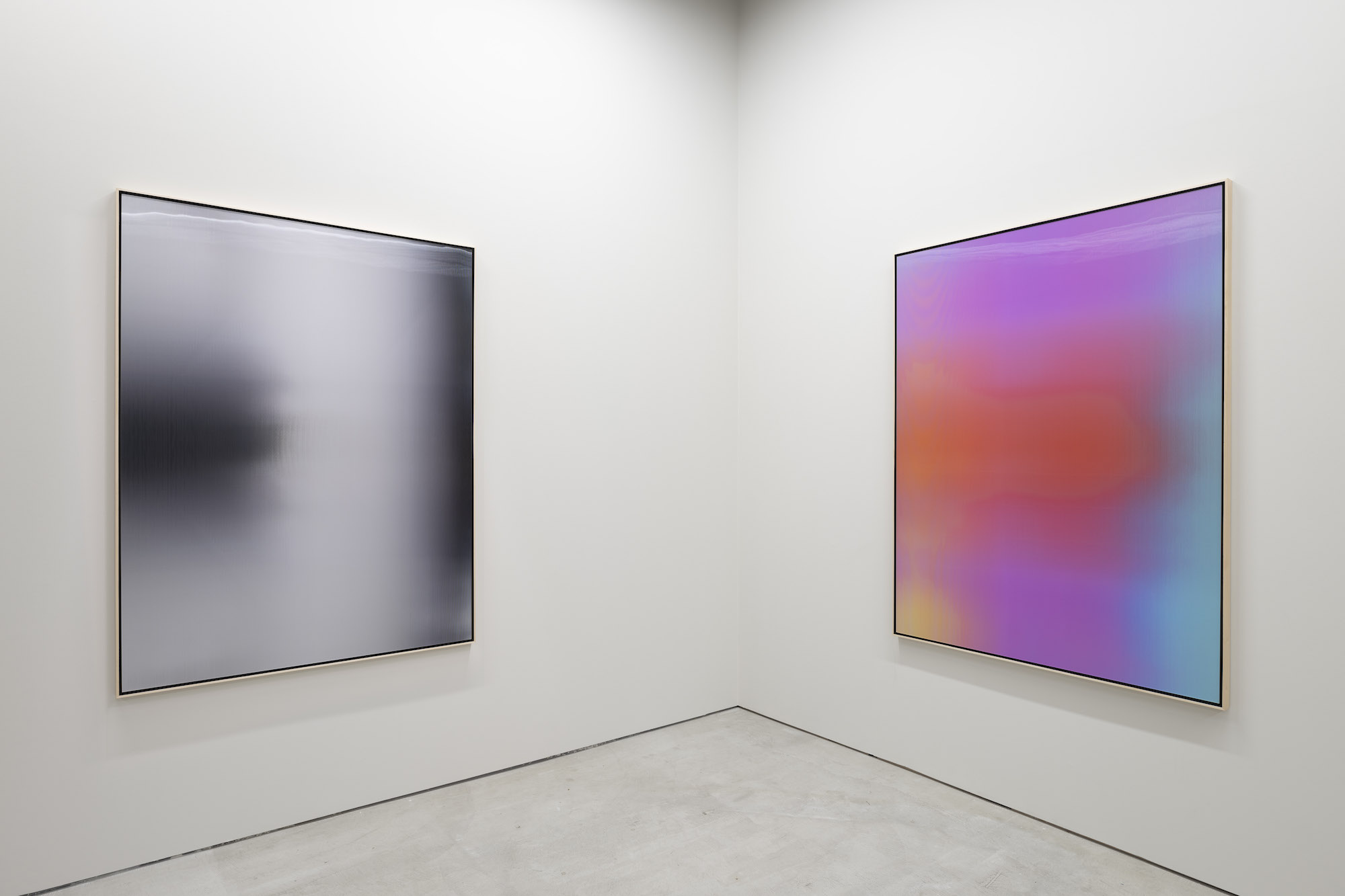
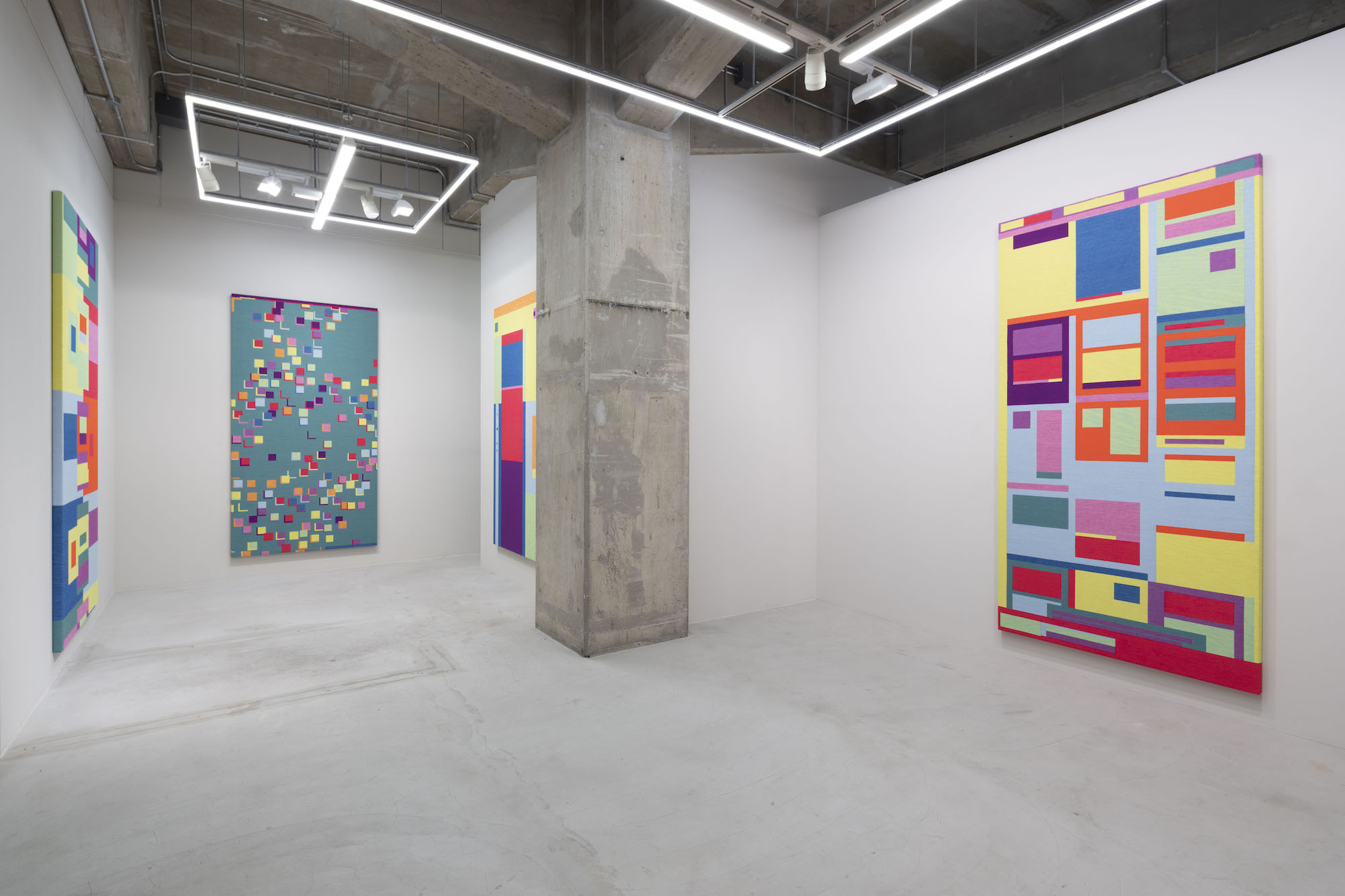
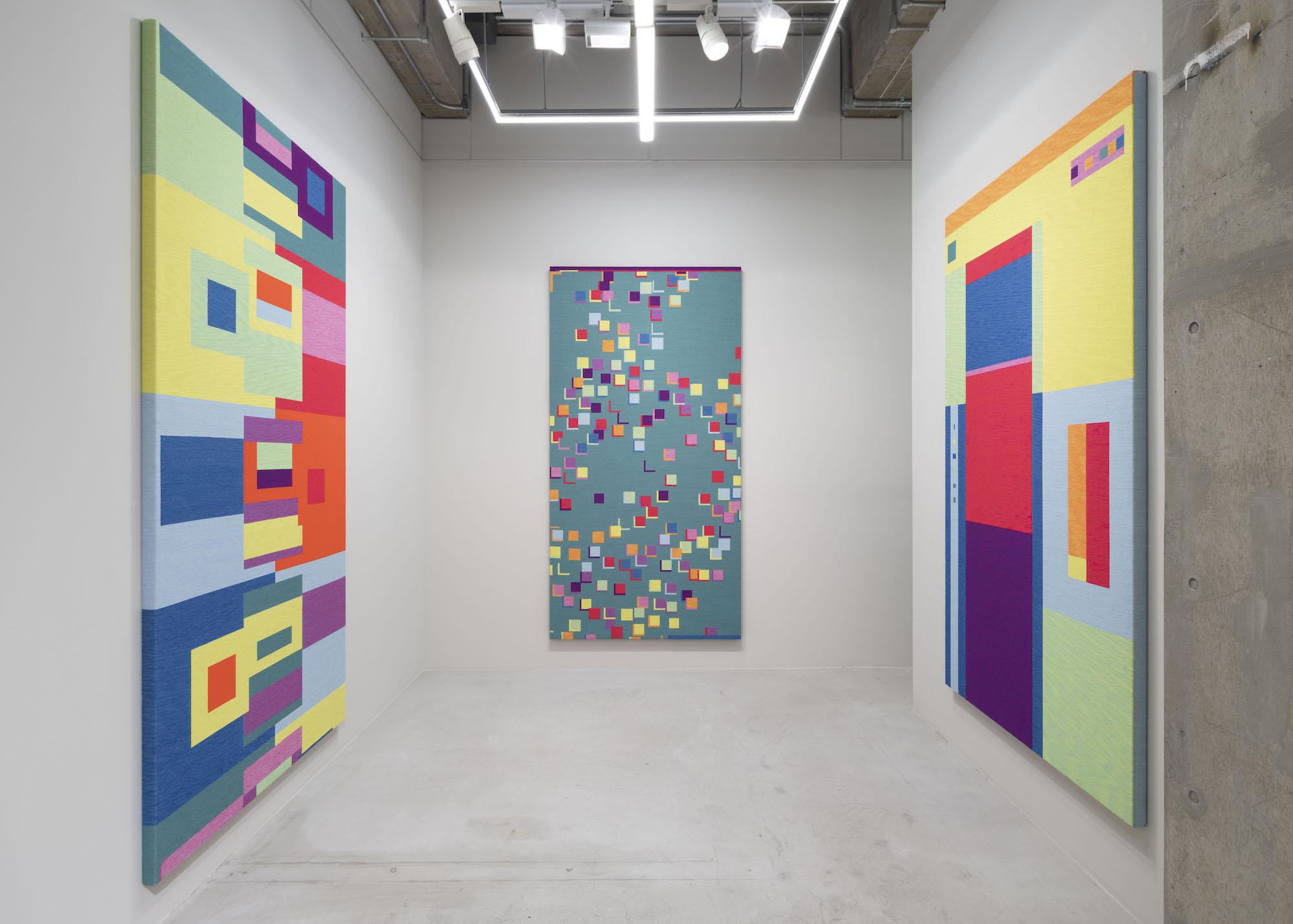
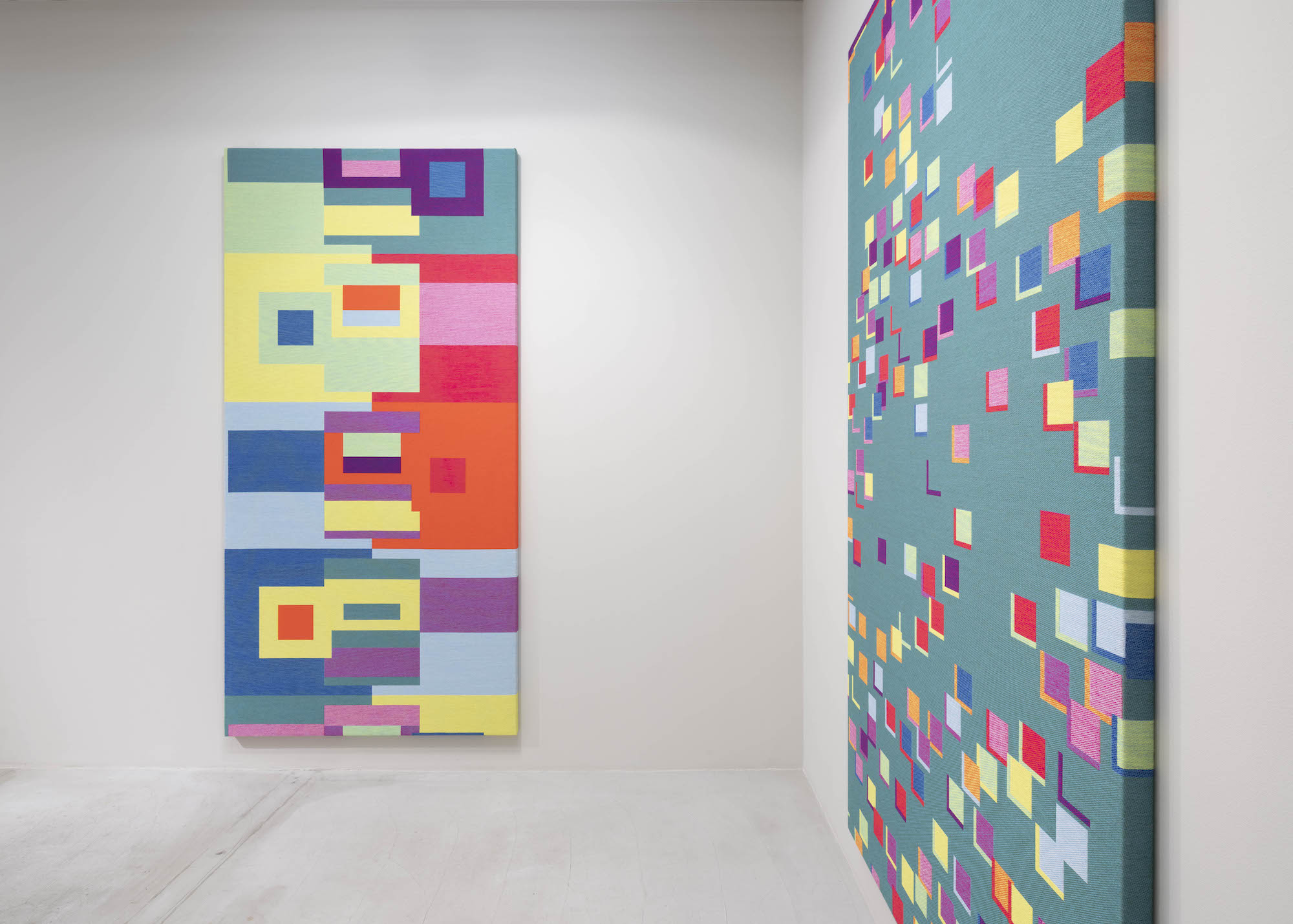
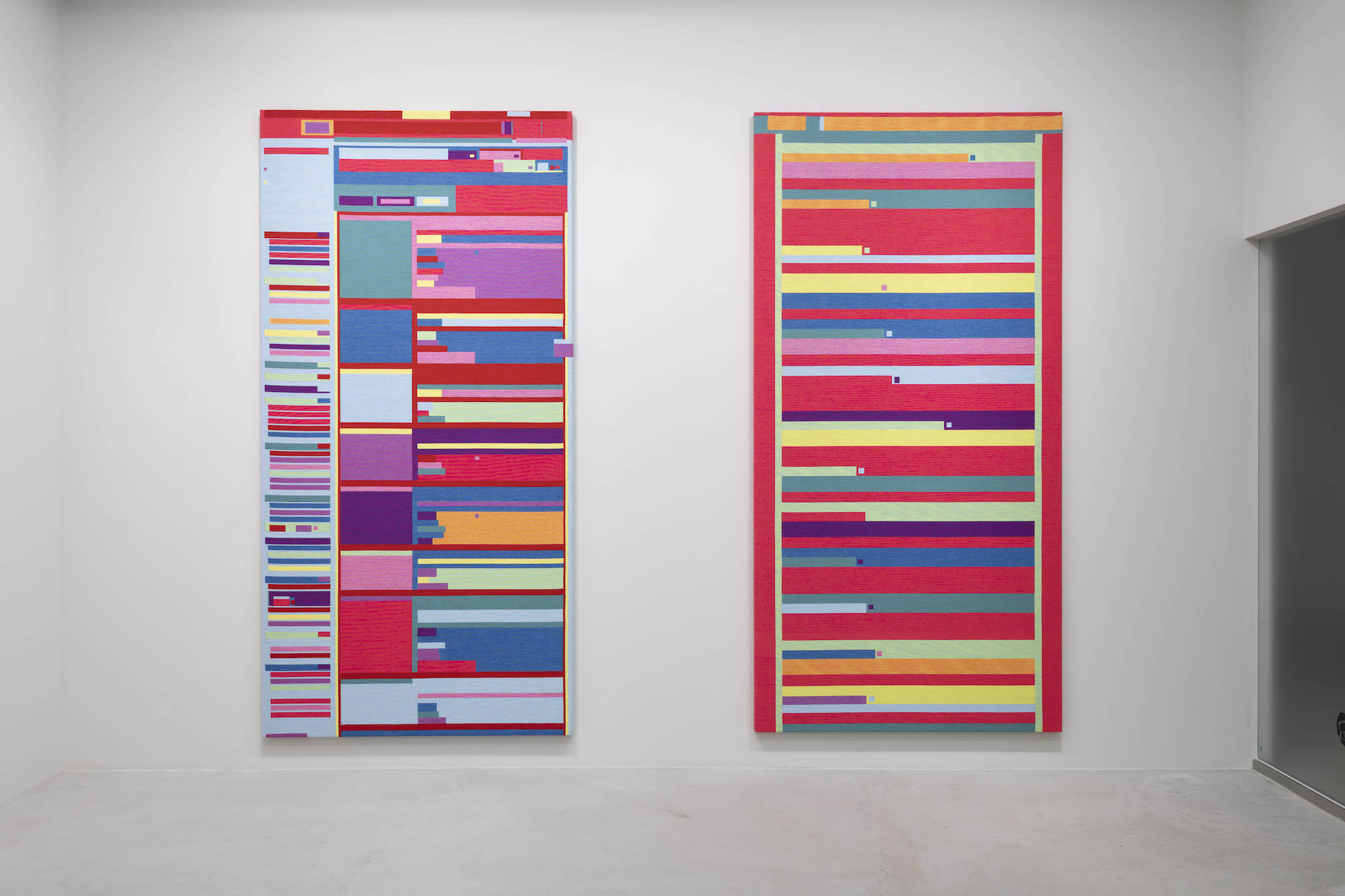
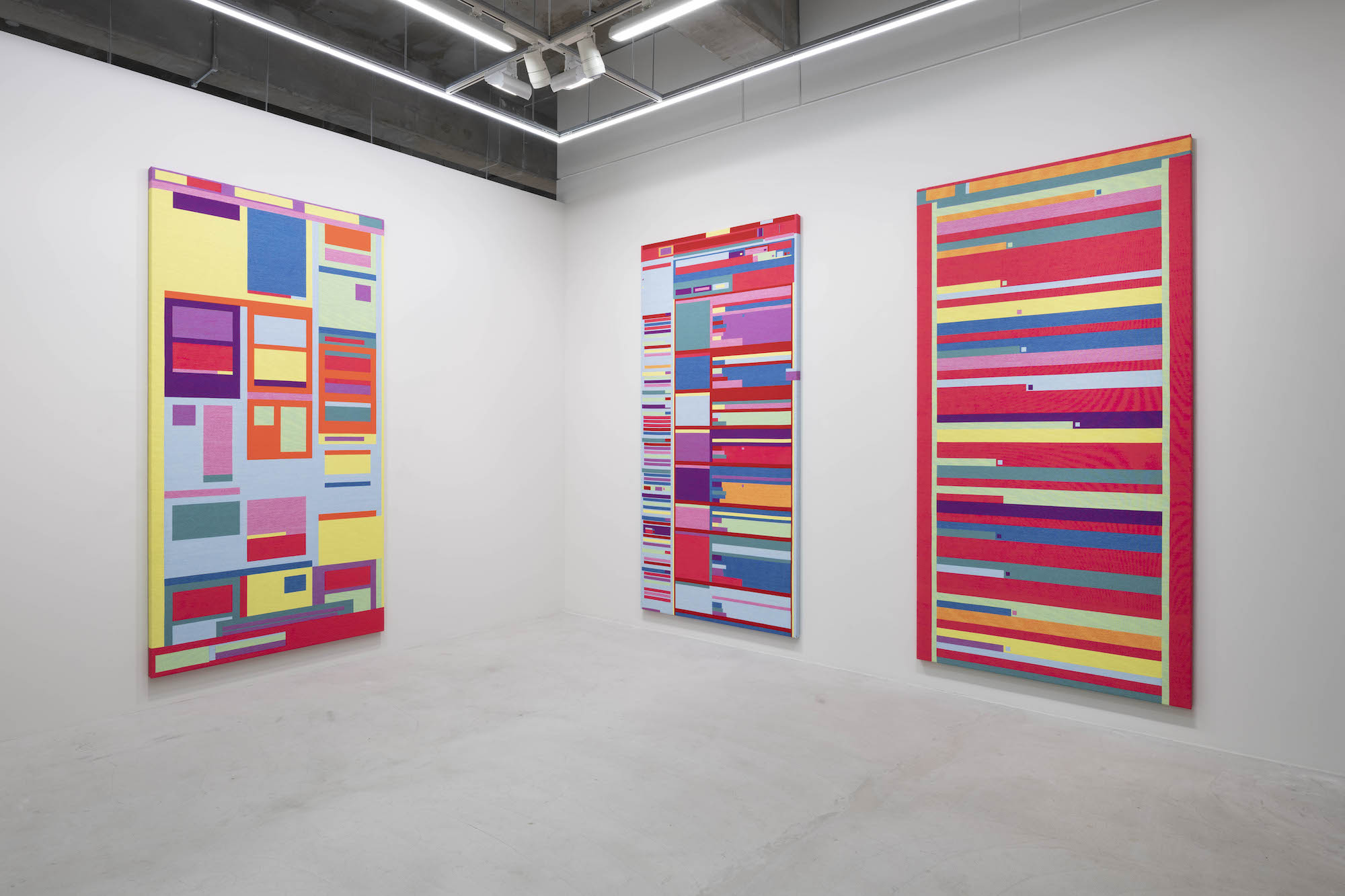
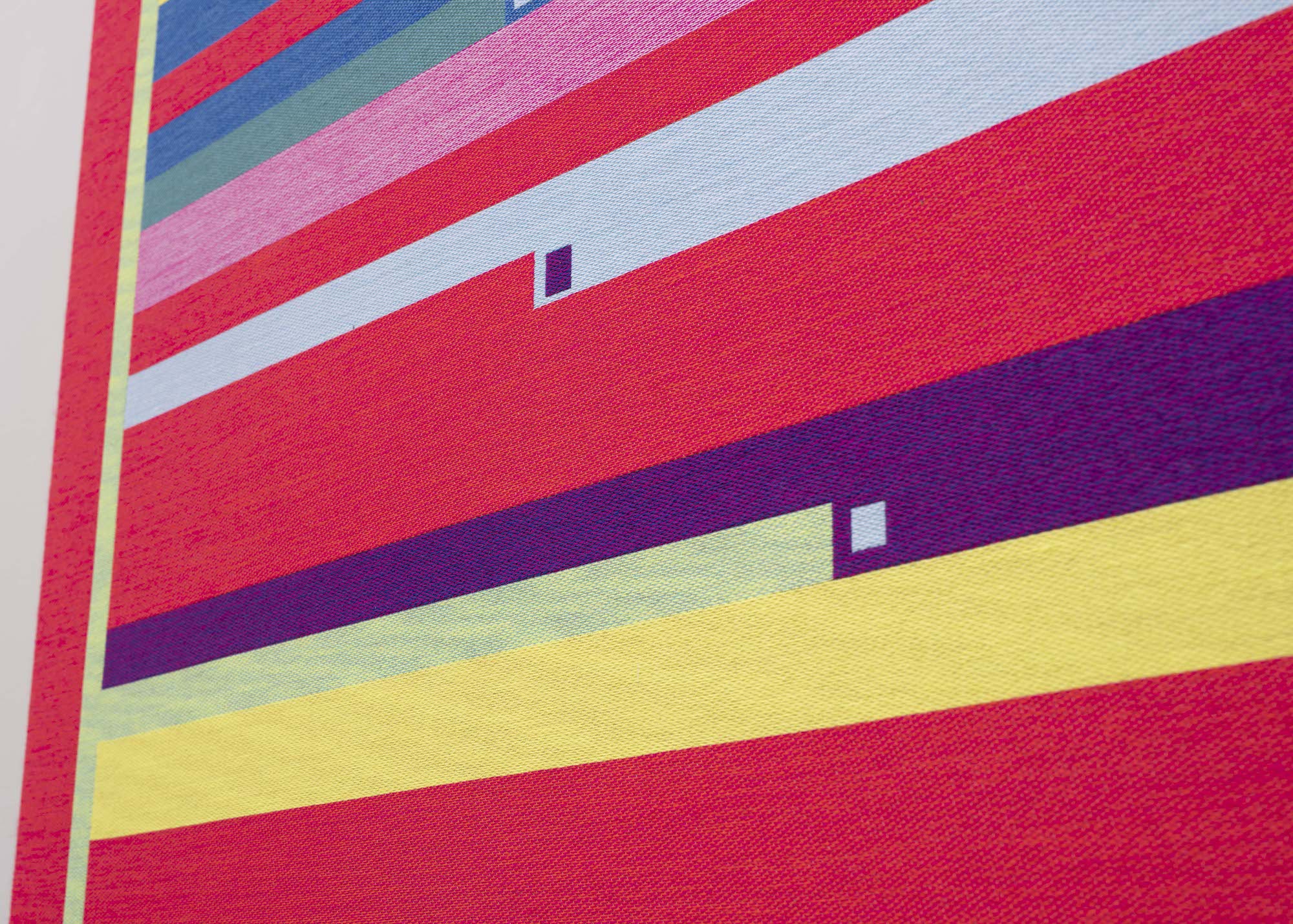
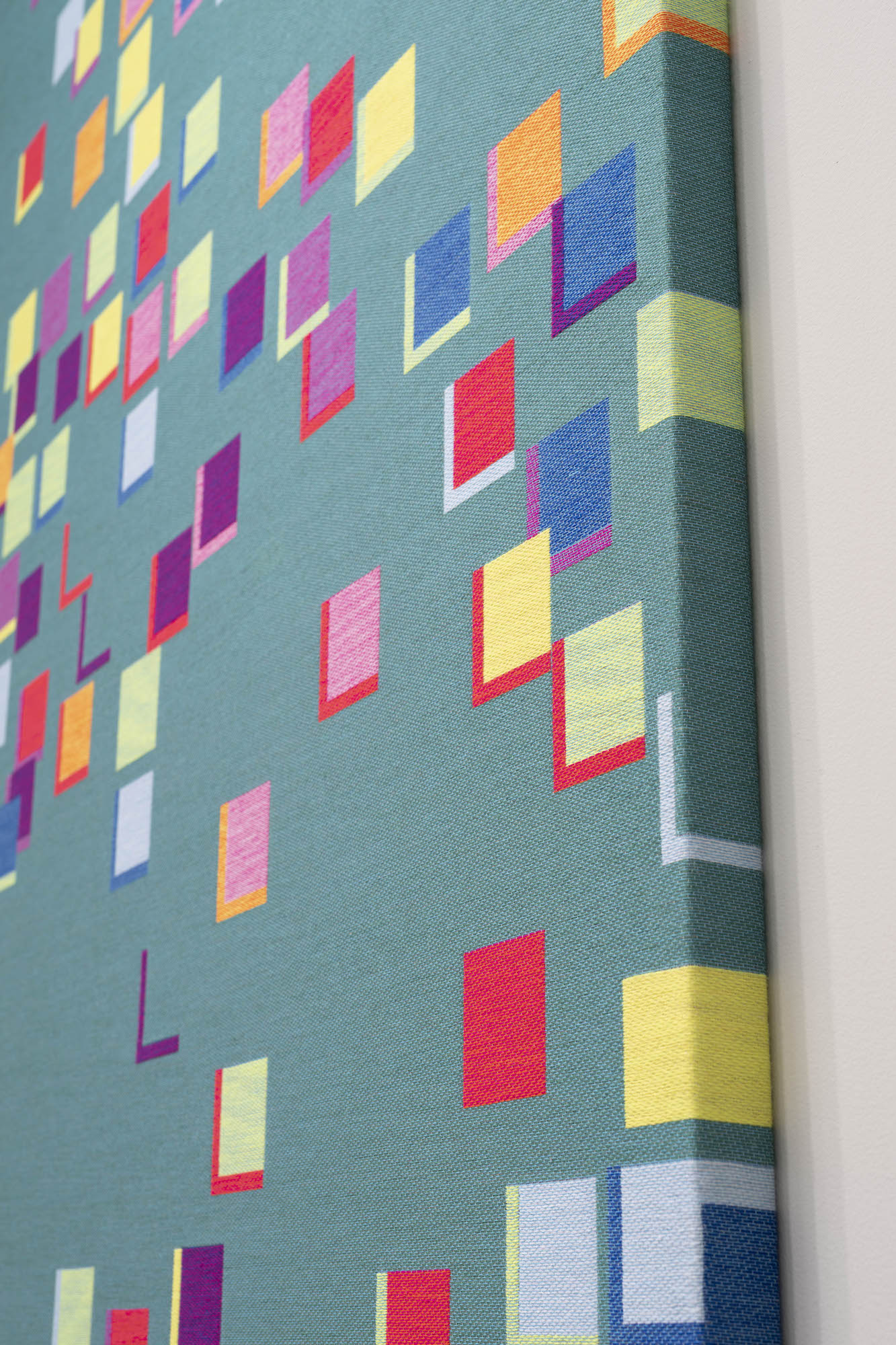
Rafaël Rozendaal – Screen Time
26 November – 24 December, 2022
Takuro Someya Contemporary Art
Photos by Shu Nakagawa
Screen Time comprises two ongoing series of works: Into Time, a series of lenticular paintings, and Abstract Browsing, a series of jacquard tapestries.
As hinted by the title of this exhibition, both Into Time and Abstract Browsing are explorations into the nature of time in its various forms.
Rozendaal has remarked in interviews and writings that the “landscapes” we most often encounter in our contemporary society are seen through the “window” of a screen on our electronic devices rather than an actual window in space. In the context of the history of humans and landscapes, we have shifted from the time when people looked out into the world through physical windows to the time when families gathered around the television set to watch moving images. And now, in this present moment, we have grown accustomed to spending our time on the individual screens of our personal devices, consuming our favorite content when and where we please. If one were to name these different periods on the basis of their visual cultures, perhaps “screen time” would be a fitting one for this most recent iteration. As the title of this exhibition, Screen Time evokes the expanse of time in which the continuum of visual culture is developing.
For artists attempting to face the questions posed by our contemporary aesthetics, Rozendaal has long been a pioneering figure. Abstract Browsing is a series of jacquard tapestries based on images of abstracted websites, which are created by “abstract browsing.net,” a browser plug-in developed by the artist in 2014. The tool, available for free on Google Chrome, abstracts all information present on a webpage into geometric units of bright colors. Rozendaal runs this program daily on well-known websites ranging from newspapers to real estate listings, generating thousands of images. From those, he selects compositions that appear striking or unusual in some way to create as paintings through the medium of jacquard weaving. The jacquard loom is an early prototype of the computer; as such, the textile it produces can be understood as both a digital image and a mechanically produced material. With this choice of medium, Rozendaal draws out the connection between digital images and traditional manufacturing techniques to highlight that, far from being a new media, the “digital” has a long history.
The new tapestries presented in this exhibition are all the same width but vary in height, with some of the tallest approaching three meters. Their exaggerated dimensions recall the vertical format of scrolling through the web on our phones. In this way, these works emphasize the shared verticality of web browsers and the weaving process, in which the fabric takes shape one row at a time. In recent years, however, it has also become possible to take screenshots of entire web pages. Unlike the experience of scrolling and taking in text and information slowly, the screenshot transforms the website into an image that can be seen in its entirety in a much shorter span of time. This is also in stark contrast to the slow unfolding of time that is inherent to the process of creating a tapestry. In these ways, the various textures of time that exist within the screen as a tapestry and among the many other screens that make up our daily lives are interwoven into the tapestries presented here.
Into Time is a series of lenticular paintings that departs from the traditional concept of painting in that they cannot be experienced instantaneously but must be seen over a duration of time. Some of the works in this series are based on the geometric patterns and color gradations generated through Rozendaal’s website works, intotime.us, intotime.com, and intotime.org.
Rozendaal’s lenticular paintings contain time within them, and as such, it is only by moving our bodies around these works that we can experience them in their entirety. The surface of a lenticular painting functions similarly to that of a screen such as an RGB monitor or an image cast by a projector. But whereas monitors and projectors are media that display images standing in for physical “landscapes” as they change to and fro, the nature of the lenticular medium is such that it becomes the shifting image itself. And just as an actual landscape contains an infinity of views that depend on the position of the viewer, so too does the lenticular. The new lenticular paintings presented in Screen Time reflect the ongoing development of Rozendaal’s sense of colors and their combinations.
Both the jacquard tapestry and the lenticular print are materials with long histories. By selecting them as his media, Rozendaal draws our attention to the largely unknown connection between such traditional techniques and the digital devices and technologies with which he makes images, enabling us to understand these seemingly disjointed elements as points along the continuum of our visual culture. This exhibition, and Rozendaal’s artistic practice as a whole, hints at the diversity of time in its many forms. The expanded scale of Rozendaal’s newest work draws us into a new moment following the many disruptions brought about by the pandemic as well as the rise of NFTs, allowing us again to enjoy the experience of standing before a physical work and letting the time pass us by.
Self Promotion
i made something, you should see it!
it is great because
– it represents the core of my being
– i worked on it for a long time
– i did a lot of research
– it will go up in value
– it will make the world a better place
– famous people love it
– i am aware of art history
Fear of Emptiness
empty pockets
empty phrases
empty gestures
empty calories
empty stomach
empty vessel
empty promise
empty threat
empty house
empty hard drive
empty fridge
empty wallet
empty table
empty bed
empty horizon
empty nester
empty page
empty time
empty mind
Polychrome Music
A generative project by Rafaël Rozendaal and Danny Wolfers (Legowelt)
Wednesday, August 24, 1PM EST on Artblocks
Legowelt: For Polychrome Music I designed a generative music system that plays an infinite composition on 3 different audio channels, each with their own synthesizer. These randomly generate simple musical timbres inspired by early computer sound chips. The music itself is generated by randomly selecting 3 patterns out of a pool of 180. These patterns, which are little 8-bar music pieces, were written in the same C# Dorian scale so they always fit together. This is a pleasant sounding minor and colorful scale that I believe fits the general vibe of Rafaël’s work. Composition wise, channel 1 plays the bassline and channels 2 and 3 the melody, countermelody, arpeggios and harmonies. The system changes the patterns each time they are played, reversing, speeding up or slowing down the pattern or changing the synthesizer channel they are played on. In essence the system infinitely randomly remixes the source melodies to create ever new surprising pieces that harmonize with the colorful compositions.
Art & The Rest
In the Before Times, art and culture were clearly separated by museum walls. Within those museum walls, artists kept asking what art is. Is this art? How about this? And this? As long as it happened inside those walls, the answer was always yes.
Now that art has to operate on the same screen as everybody else, the contextual privilege disappears. If you cover a museum wall with peanut butter, it’s art. But what if you do the same thing on Youtube?
Art is something different. There is culture, there is entertainment, and somewhere outside of that is art. Is that true? Is art different? Is art better?
Does art transcend the crowded realm of decoration and entertainment? Does art last longer? Does art show us our true selves? Does art break convention? When culture breaks convention, is it art?
When writing is exceptional, does it become art? When cooking is exceptional, does it become art? Can breathing be art?
Is art only that what is shown in museums? Does the word art mean anything? I’d like to believe there is something valuable that separates art from the rest but I’m not so sure.
The independent artist
free from expectation
free from distraction
free from approval
free from convention
free from obligation
free from utility
free from compromise
free from agreement
free from competition
free from hierarchy
free from fear

